
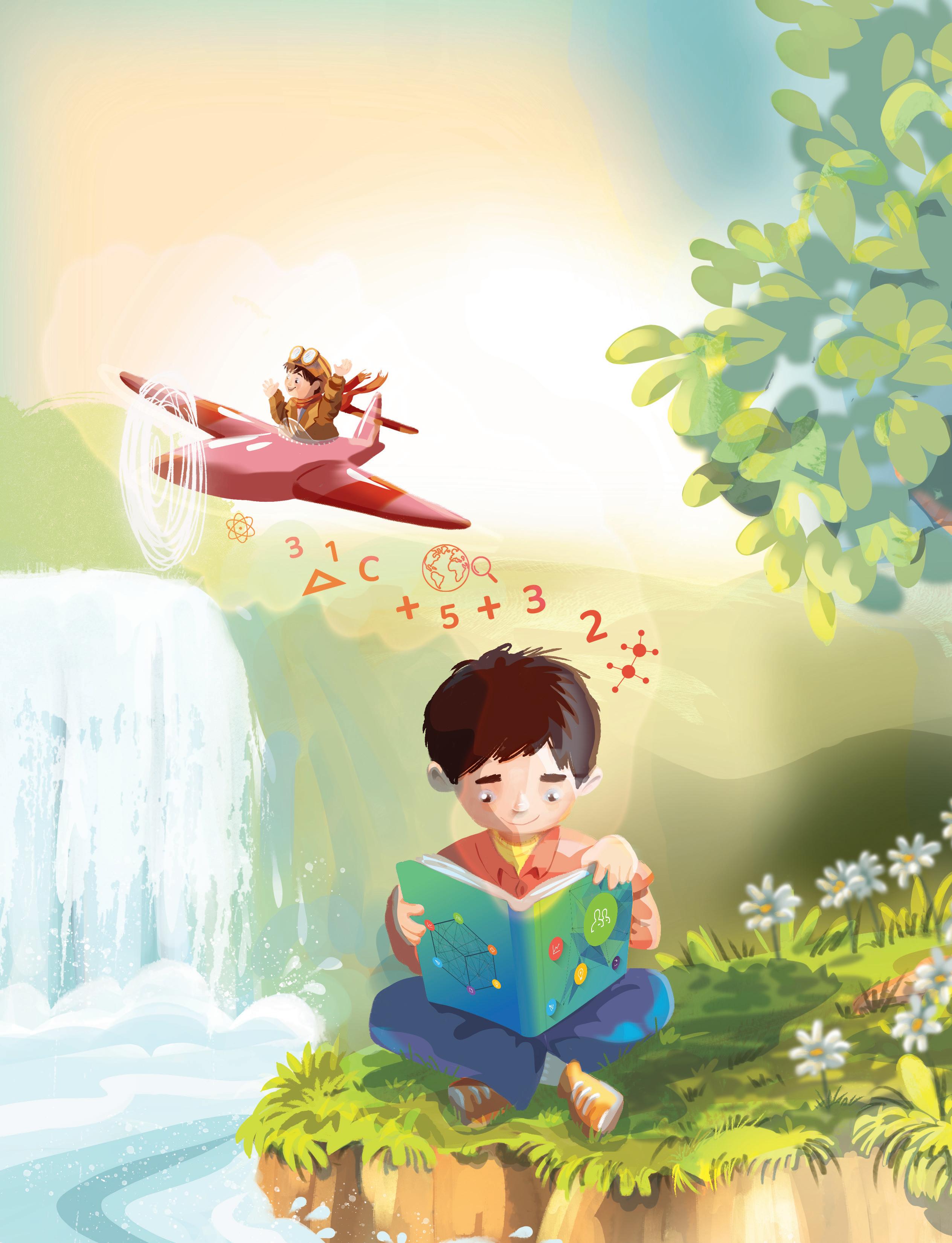



English Mathematics
Environmental Science
General Knowledge

Academic Authors: Melanie Grobler, Chandani Goyal, Neena Aul, Animesh Mittal, Muskan Panjwani, Sneha Sharma, Anuj Gupta
Creative Directors: Bhavna Tripathi, Mangal Singh Rana, Satish
Book Production: Sanjay Kumar Goel, Tauheed Danish, Amisha Gupta
Project Lead: Chandani Goyal
VP, Learning: Abhishek Bhatnagar
All products and brand names used in this book are trademarks, registered trademarks or trade names of their respective owners.
© Uolo EdTech Private Limited
First impression 2025
This book is sold subject to the condition that it shall not by way of trade or otherwise, be lent, resold, hired out, or otherwise circulated without the publisher’s prior written consent in any form of binding or cover other than that in which it is published and without a similar condition including this condition being imposed on the subsequent purchaser and without limiting the rights under copyright reserved above, no part of this publication may be reproduced, stored in or introduced into a retrieval system, or transmitted in any form or by any means, electronic, mechanical, photocopying, recording or otherwise, without the prior written permission of both the copyright owner and the above-mentioned publisher of this book.
Book Title: Wisdom 1 Semester 1
ISBN: 978-81-980824-7-3
Published by Uolo EdTech Private Limited
Corporate Office Address: 85, Sector 44, Gurugram, Haryana 122003
CIN: U74999DL2017PTC322986
Illustrations and images: www.shutterstock.com, www.stock.adobe.com and www.freepik.com
All suggested use of the internet should be under adult supervision.
In this 21st–century world, just “knowing” is not enough. Our dynamic and ever-changing world demands “thinking” skills. Learners need to be able to not just consume knowledge but also acquire higher-order thinking skills in various domains—be it in language, mathematics or general awareness—to apply that knowledge. This is the spirit and the recommendation of the NEP (National Education Policy) 2020.
It is in this context that UOLO has designed WISDOM, a 21st–century product for primary grade learners (grades 1 to 5) that includes all curricular areas—English, Mathematics, Environmental Science and General Knowledge. WISDOM strongly aligns with NEP 2020 in terms of its design principles and fulfils all recommendations of the NCF (National Curriculum Framework) 2022–23.
English: This section not only focuses in listening, speaking, reading, writing, grammar and vocabulary, but also hones the ability to interpret, analyse and communicate confidently. The task-based approach and frequent opportunities for collaborative learning provided in this section encourage learners to express ethical views, interact constructively, solve problems creatively, apply their knowledge in new situations, and take responsibility for their own learning.
Mathematics: This section introduces mathematical concepts through real-life situations and storytelling, connecting them to children’s experiences and transitioning smoothly from the abstract to the concrete. Clear explanations and simple steps are provided for problem-solving. This section supports learners at all learning levels. It includes extensive practice aligned to the levels in Bloom’s Taxonomy—from basic practice questions to thought-provoking and higher order thinking questions.
Environmental Science: This section focuses on conceptual understanding, critical thinking, application, and problem-solving skills, making learning about environmental science highly relevant in the context of the 21st century. Each chapter is filled with vibrant illustrations, relatable examples, interactive activities, hands-on experiments and stimulating exercises. All of these not only promote awareness around environmental sustainability and the SDGs, but also make learning about the world around us a joyous experience.
General Knowledge: This section focuses on enabling the learners to be well-informed individuals so as to navigate through the complexities of the modern existence, make informed decisions, think critically and appreciate the world’s diversity. This section is crafted in keeping with the principles of NEP 2020, emphasizing the need to develop in learners the respect towards fundamental duties and constitutional values, generating awareness on one’s roles and responsibilities in a dynamic world, and fostering a sense of national pride and global citizenship. It offers an informative and enjoyable learning experience, incorporating clear explanations, captivating visuals and abundant questions for interactive classroom engagement.
The National Education Policy (NEP) 2020, introduced by the Government of India, represents a transformative shift in the country’s education system. It aims to create a more holistic, dynamic and multidisciplinary approach to education. NEP 2020 focuses on fostering conceptual understanding, skills, values, and competencies that align with the demands of the 21st–century, while also preserving India’s rich cultural heritage. UOLO is fully committed to actualising the vision of NEP 2020 by meticulously adhering to its outlined recommendations.
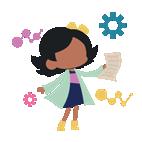



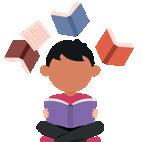
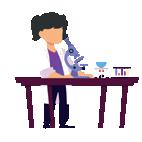
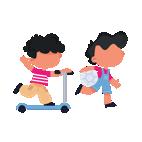
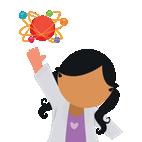

1. Focus on conceptual understanding
2. 21st-century skills values, and dispositions
3. Critical thinking and problem-solving
4. Application in real life
5. Holistic and integrated learning
6. Experiential learning
7. Enjoyable and engaging
8. Inquiry- and discovery-based approach
9. Technology-based solutions
10. Knowledge of India

Competency-based Education
NEP Pages 12, 17, and 22
Teaching and Learning Pedagogy
NEP Pages 3, 11, 12, and 27
National Pride
NEP Pages 15, 16, and 43
11. Assessment of core concepts and application skills Assessments
NEP Pages 12, 18, and 22

Intellectually stimulating questions designed to encourage deep, analytical, critical and evaluative thought processes
1 2 3 11
Talking books with animations, interactive quizzes for additional practice, and curated learning videos to make learning fun and engaging 1 2 3 7 9 11
Projects and activities are set in real-life context, like lab activities and community projects, to enable the development and practice of life skills 1 2 3 4 5 6 7 8 10 11
Examples from India’s unique culture and history have been linked to each topic to inculcate a sense of pride and love for the nation
5 7 10
Test papers designed to evaluate the understanding of core concepts and application of skills in learners
1 2 3 11
The National Education Policy (NEP) 2020 outlines essential skills, values, dispositions and learning approaches necessary for learners to thrive in the 21st century. Wisdom incorporates these elements throughout its content, tasks and projects. Referred to as ‘NEP Tags,’ they are defined as follows:
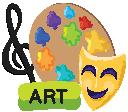
Bringing creativity and fun into learning by combining music, drama and art with other subjects
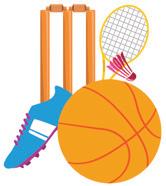
Using physical activities, sports and games to make learning active and fun

INTEGRATED
Cross-curricular linkages to make the learning experience more holistic, joyful and meaningful

Texts and tasks are rooted in the Indian context and culture to develop a sense of national pride

TEAMWORK
Embracing the spirit of mutual collaboration, communication and cooperation while working together or engaging in a guided conversation
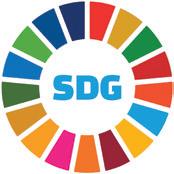
SDG
Unwavering commitment to generating awareness of a green, peaceful, prosperous, equitable and inclusive world

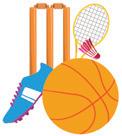






Developing the skills to understand and manage emotions, build positive relationships and make responsible choices
HANDS-ON
Engaging actively in hands-on tasks to acquire knowledge and skills
HOTS


Encouraging higher-order skill such as analyzing, evaluating, problem-solving and fostering deep understanding
Generating awareness of a green, peaceful and prosperous world
21st SKILLS
Fostering skills and knowledge—such as critical thinking, communication, and digital literacy—that are essential for success in today’s rapidly changing world
Promoting practices that support physical, mental, and emotional well-being for a balanced and healthy lifestyle
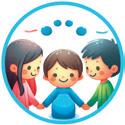

Building a strong character, guiding towards ethical decision making, and developing respect, kindness, and a sense of responsibility






of our body through the blood. The lungs expand during inhalation.
Take a deep breath in and count to five. Now, breathe out slowly. Did you feel your lungs filling up with air?
Exhalation: When we breathe out, our lungs remove carbon dioxide from our body. Removing carbon dioxide is essential for our body to function properly. The lungs contract during exhalation.
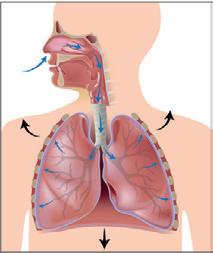
Breathe out slowly and feel the air leaving your body. Can you feel it? Our six Did









important because they provide oxygen to our body and remove carbon dioxide. They help in the exchange of gases.
Find out the names of six body parts from the given word search.
Warm Up: A short and fun activity to assess the learners’ pre-knowledge and get them excited about the new topic
Inhalation and Exhalation
Inhalation: When we breathe in, our lungs take in air containing oxygen. This oxygen is then transported to the different parts of our body through the blood. The lungs expand during inhalation.

Take a deep breath in and count to five. Now, breathe out slowly. Did you feel your lungs filling up with air?
Exhalation: When we breathe out, our lungs remove carbon dioxide from our body. Removing carbon dioxide is essential for our body to function properly. The lungs contract during exhalation.
Have you ever thought about what would happen if our hearts a bit scary to think about because we need our hearts to stay heart by eating healthy food, exercising and feeling happy helps you think feeling good and taking care of our body helps us

The heart is reddish brown in colour. Its size is the same as that slightly towards the left side of our chest. If you put your hand feel your heart beating.

Our body is like a big machine with many parts, each playing its own special role. In this chapter, let’s learn about different parts of our body and how they work.
Breathe out slowly and feel the air leaving your body. Can you feel it?
Elements: Interesting elements like Did You Know, Error Alert, Remember, and Think and Tell to keep the learners hooked


The heart pumps blood to all body parts. This blood supplies to other body parts. It also collects carbon dioxide and other different body parts.

Organs are different parts of the body that work together to help us stay healthy and perform all the activities we need to do. Organs are mainly classified into external and internal organs.

Have you ever thought about what would happen if our hearts stopped beating? It’s a bit scary to think about because we need our hearts to stay alive. Taking care of our heart by eating healthy food, exercising and feeling happy helps keep it strong. How do you think feeling good and taking care of our body helps us stay healthy?
Vocabulary: Meanings of difficult words
The heart is reddish brown in colour. Its size is the same as that of a fist. The heart is slightly towards the left side of our chest. If you put your hand on your chest, you can feel your heart beating.

Chapter 1 • Parts of Our Body transport: to carry from one place to another (here, oxygen) expand: increase in size contract: decrease in size fist: tightly-closed hand with fingers pointing inwards
The heart pumps blood to all body parts. This blood supplies oxygen and nutrients to other body parts. It also collects carbon dioxide and other waste materials from different body parts.
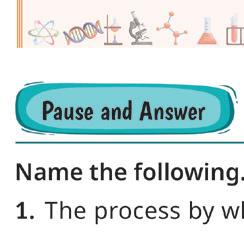
Check for Understanding: Short exercises between the chapter to pause and assess comprehension
6. Long-answer questions.

journey of food from farms to our tables. List all the steps and the people involved.
B.
How do protein-rich foods help our bodies? Give two examples of
7. Picture-based questions.
Visual Prompts: Special questions featuring visual stimuli to foster comprehension, interpretation and critical thinking

questions.
the main nutrient that these foods provide.
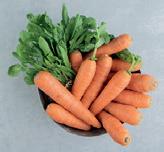





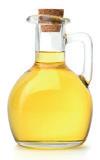





HOTS: Intellectually stimulating questions designed for higher order thinking and analysis












21st–century Focus: Simple activities and tips to develop a diverse set of essential skills for living well in the 21st century


You’ve










UEV25CB0401.indd 15
Wonders of Bharat

Do and Learn
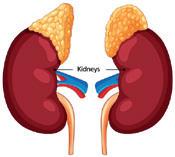

In Ayurveda, a traditional Indian system of health, the heart is thought to hold our emotions. Breathing exercises like Pranayama and simple meditation, both from India, are suggested to keep the heart healthy and lower stress. These practices also help with blood circulation and overall well-being. A girl practising
Collect pictures of different internal organs like the brain, stomach,
of each organ below the respective images. Make your
Show it to your friends.
Word Splash
organs: different parts of the body that work together skull: the part of the head that protects our brain atria: the chambers located at the upper side of the heart

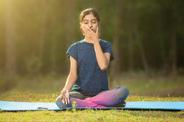
With the help of your teacher, find out about the a list of these clubs. Join any one club of your choice.
and
look
National Pride: Fascinating insights into India’s rich culture and history
Wonders of Bharat In Ayurveda, a traditional Indian system of health, the heart is thought to hold our emotions. Breathing exercises like Pranayama and simple meditation, both from India, are suggested to keep the heart healthy and lower stress. These practices also help with blood circulation and overall well-being.
ventricles: the chambers located at the lower side of the heart blood vessels: fine tubes that help in circulation of blood arteries: red-coloured blood vessels that carry oxygenated blood to all body parts veins: blue-coloured blood vessels that carry deoxygenated blood from all body parts

oesophagus: the pipe through which food passes from mouth to stomach
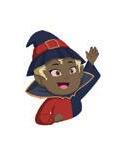
Word Splash
Explore More!
Know more about internal organs.
Technology Integration: Short exploratory videos to find out more about the topic
work together the part of the head that protects our brain the chambers located at the upper side of the heart ventricles: the chambers located at the lower side of the heart blood vessels: fine tubes that help in circulation of blood arteries: red-coloured blood vessels that carry oxygenated blood to all body parts veins: blue-coloured blood vessels that carry deoxygenated blood from all body parts
oesophagus: the pipe through which food passes from mouth to stomach
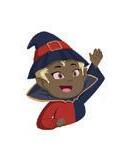
Explore More!
Know more about internal organs.

Resident Welfare Association (RWA) is a committee building. The members of the RWA are elected by the welfare of the people of their colony or building. as the President of the RWA.
Points to Remember: Summary of the chapter
7 6
Points to Remember








We can see and touch external organs from the outside, but we can’t see or touch internal organs because they’re inside our body.

• The brain helps us think, learn and feel emotions.
• The lungs help us breathe in oxygen and breathe out carbon dioxide.
The heart pumps blood to all parts of our body.
The stomach helps digest the food we eat.
• We can see and touch external organs from the outside, but we can’t see or touch internal organs because they’re inside our body. The brain helps us think, learn and feel emotions. The lungs help us breathe in oxygen and breathe out carbon dioxide. The heart pumps blood to all parts of our body.
The liver cleans our blood and helps us digest fats.
• The stomach helps digest the food we eat.
• The kidneys filter waste from our blood and produce urine.
• The liver cleans our blood and helps us digest fats.
Chapter Checkup: Chapter-end practice exercises aligned to different levels of Bloom’s Taxonomy
• The kidneys filter waste from our blood and produce urine.
Chapter Checkup
The RWA performs many functions. Some of them
1. Tick ( ) the correct answer.
Chapter Checkup
1. Tick ( ) the correct answer.
A. What protects the brain? Skull Heart Liver
A. What protects the brain? Skull Heart Liver
B. Which organ pumps blood throughout our body? Lungs Heart Kidneys
1. Making sure that necessities like roads, drainage, working condition.
B. Which organ pumps blood throughout our body? Lungs Heart Kidneys
C. Which organ helps us to breathe? Lungs Stomach Brain


C. Which organ helps us to breathe? Stomach Brain
D. Which blood vessels carry oxygenated blood to different body parts? Ventricles Arteries Veins
Fill in the blanks.
D. Which blood vessels carry oxygenated blood to different body parts? Arteries Veins

2. Keeping the colony clean and ensuring the 3. Making proper safety arrangements for the 4. Organising events to celebrate festivals together.
liver atrium ventricles kidneys
A. The upper chambers of the heart are called
2. Fill in the blanks. liver atrium ventricles kidneys
B. The lower chambers of the heart are called
Experiential Learning: Multidisciplinary, holistic, and fun activities / projects to understand the concept better
A. The upper chambers of the heart are called
C. helps us in the digestion of fats.
D. filter our blood to remove waste and extra water.
B. The lower chambers of the heart are called
3. Write True or False.
C. helps us in the digestion of fats.
D. filter our blood to remove waste and extra water.
A. Brain and lungs are external organs.
3. Write True or False.
B. The heart has only two chambers.
5. Spreading awareness about
A. Brain and lungs are external organs.

Functions of RWA

B. The heart has only two chambers.

NEP Tags: To show alignment with NEP skills and values

The RWA performs many functions. Some of them are as follows: 1. Making sure that necessities like roads, drainage, street lights, etc., are in
2. Keeping the colony clean and ensuring the disposal of garbage properly. 3. Making proper safety arrangements for the residents.
4. Organising events to celebrate festivals together.
5. Spreading awareness about common issues like cleanliness, health, safety, etc.
6. Solving small disputes
7. Protecting the rights of all residents and treating them equally.

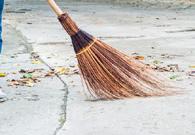
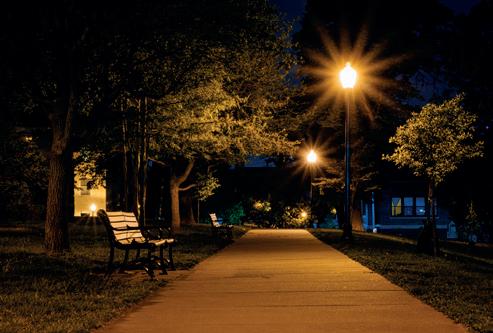
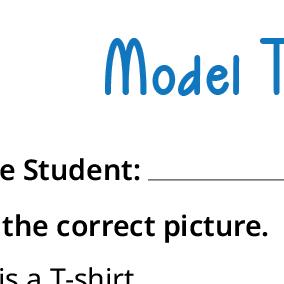

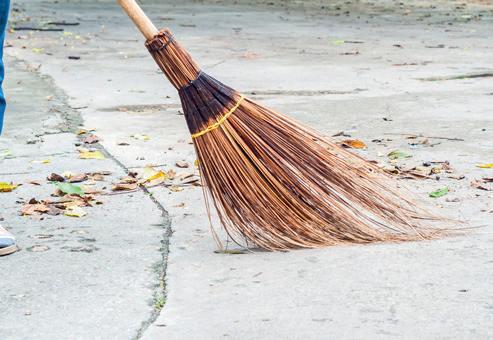
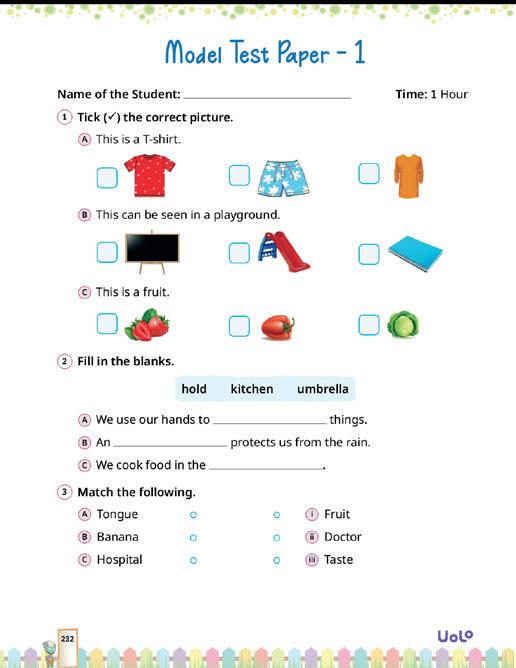
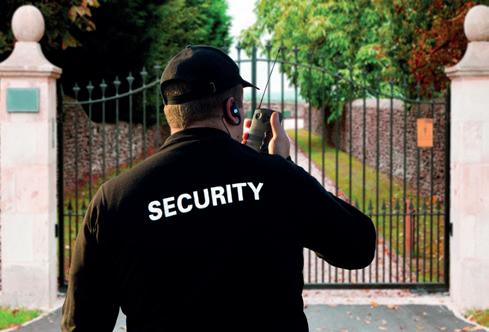
committee: a group of people who have been chosen to do elected: chosen through vote dispute: fight


Complete the paragraph
Talk about family
Listen and colour
Naming words Common names Special names
Vocabulary from the text
CVC words with the ‘a’ sound
Factual questions Prediction Making connections
Story
Complete the converstaion using polite words
Describe the picture
Listen and act
Doing words
Vocabulary from the text One or many
CVC words with the ‘e’ sound
Factual questions Ordering Prediction Making connections
Story
Vocabulary from the text
1. Self and Family The Picnic
Factual questions Making connections Poetry
Poem
2. School Rani’s First Day at School Cheryl Rao
Complete the story
Talking about best friend
Listen and draw
Feeling words Has and Have Describing words
CVC words with the ‘i’ sound
Appreciation– identifying rhyming words
3. School We Come to School Five Days a Week
Factual questions Identifying key details Finding solutions Making connections
Story
4. Friendship Who is Our Friend? Jade Mathieson
Writing a new ending
Talking about routine
Listen and circle
Words used in the place of naming words
Words that help doing words–is, are, am
Opposites
Factual questions Poetry
Poem
Appreciation– completing poem with rhyming words
Spelling Vocabulary from the text
CVC words with the ‘o’ sound
People around us
Factual questions Making inferences Visualization Making connections
Story
5. Friendship Fun Time with Friends!
Project 1: My Social Circle
6. Neighbourhood Laundry Day Mathangi Subramanian
Project 2: My Neighbourhood

Get Set

We love our family. We have lots of fun with them. Paste a picture of your family in the space below. Tell your teacher two things about your family.
Paste your picture here
Rishika is very happy. It is picnic day today. She is going to have a lot of fun with her family. Let us read to find out what happens at the picnic.


Let’s Read

It is 6 o’clock in the morning. Rishika is sleeping. Rishika’s Mumma wakes her. She can smell yummy food. Papa is cooking poha. Yum! Rishika gives a big smile. She jumps out of bed. She gets ready.
How do you feel when you go out with your family?
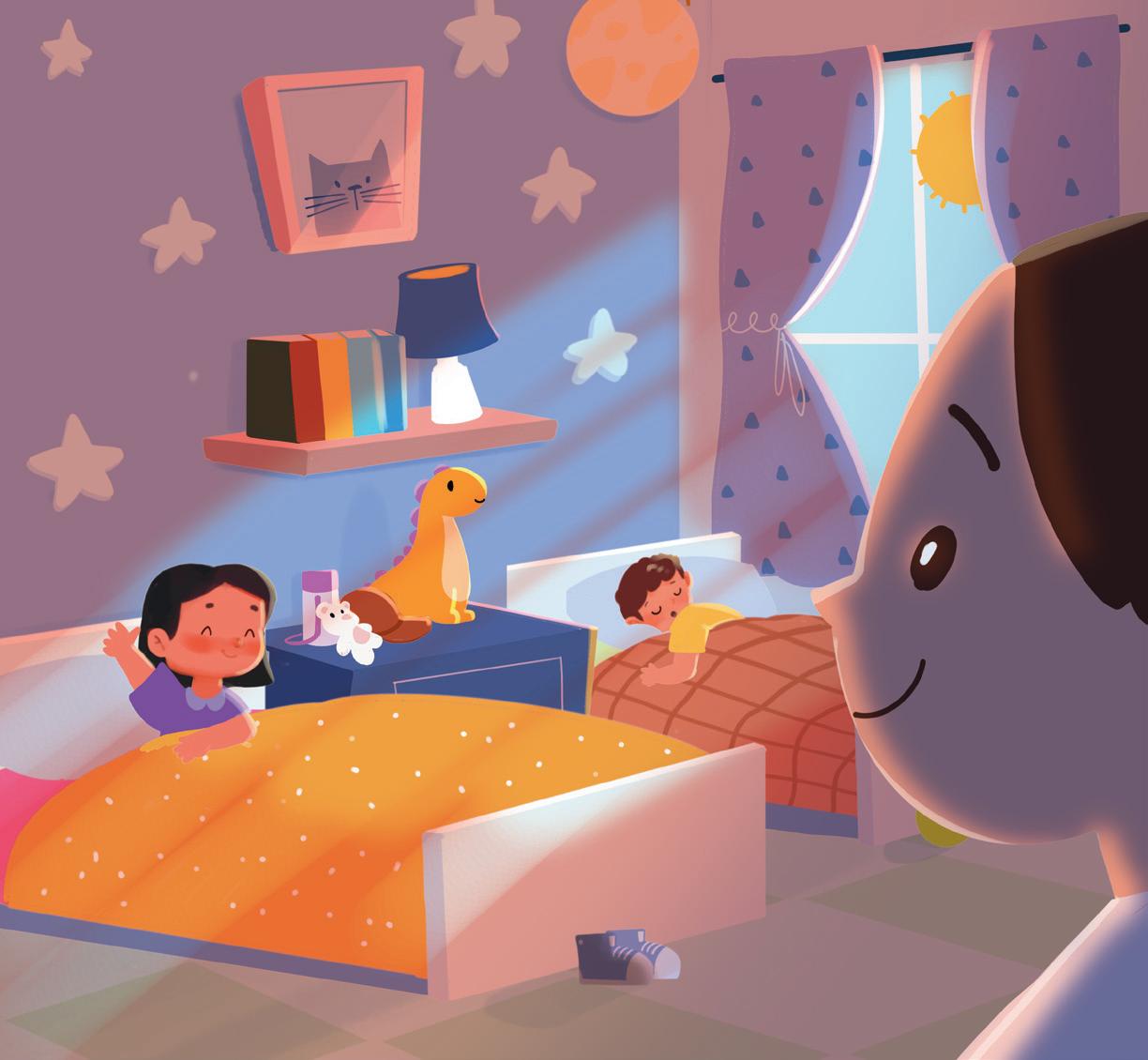
Papa puts the picnic basket in the car. There is a lot of food in it— sandwiches, cutlets and poha! Rishika jumps into the car. She sits at the back. Raghav, her younger brother, Dada and Dadi sit next to her. It is time to go! Mumma drives. Papa sings. Rishika claps. Raghav plays a drum. Dada taps his feet. Dadi hums. taps: softly hits something, again and again, to make a sound hums: makes the sound of a song with a closed mouth
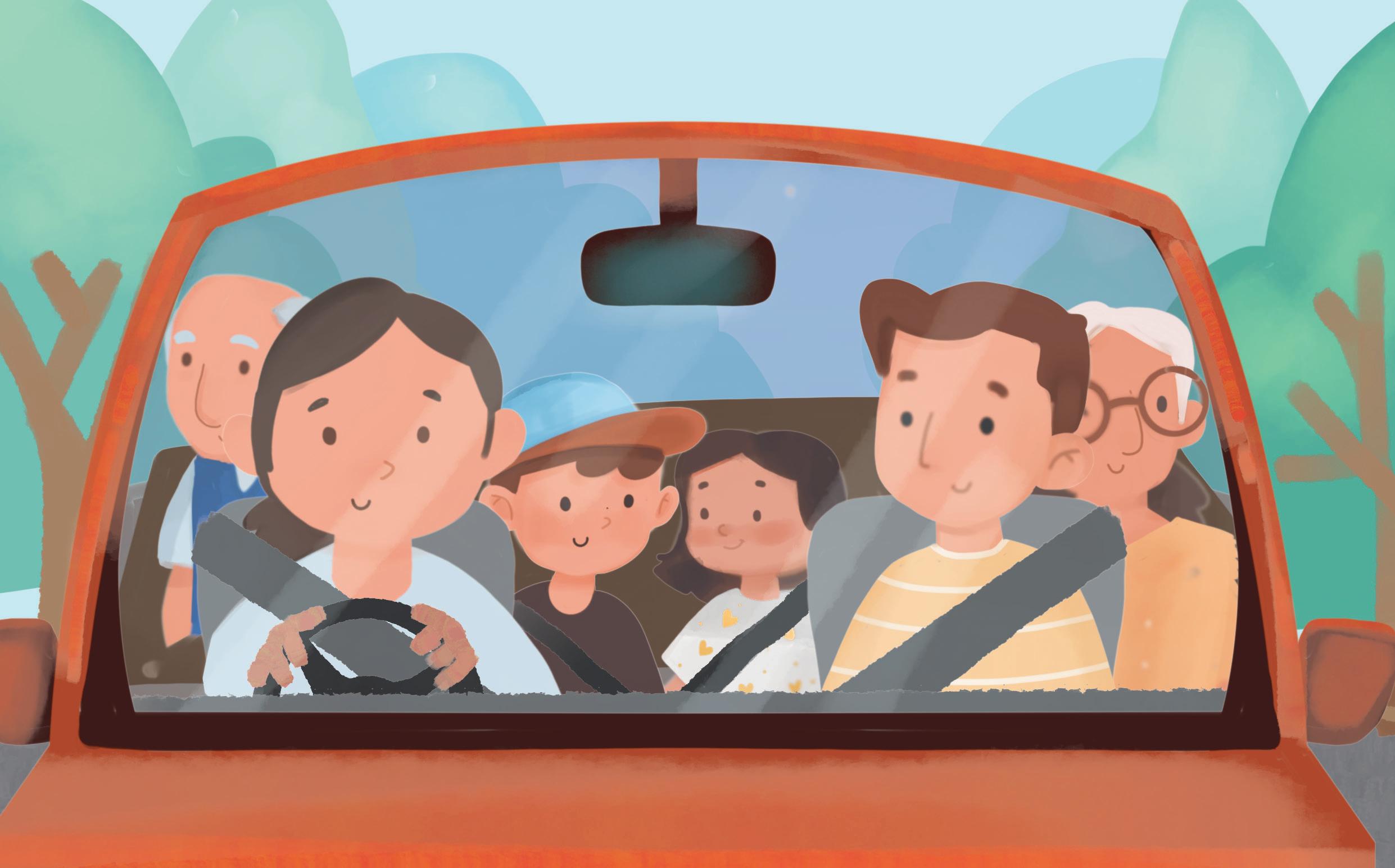
They reach a river. What a pretty picnic spot! Rishika sees some ducks. ‘Quack, quack,’ they say.
Rishika and Raghav play catch the ball. The ball falls into the river. Everyone laughs. Mumma brings the ball back. Rishika jumps with joy and thanks her mother. They all cheer. They watch the sun set. Rishika waves goodbye to the ducks.
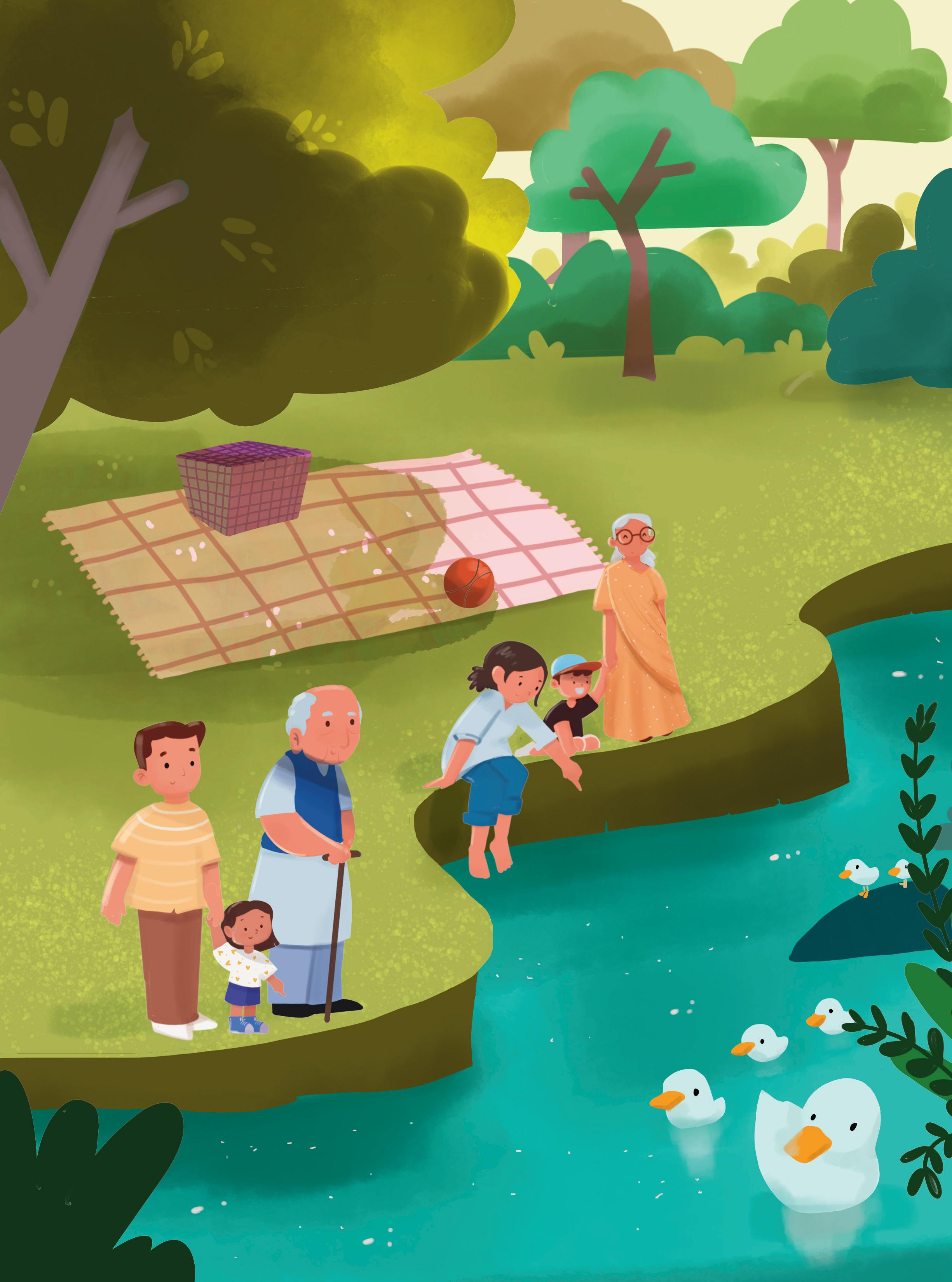
cheer: shout to show that you are happy

Ducks can swim! They can also fly! Did You Know?
Think and Tell
How do you think Rishika feels when the ball falls into the river?

They are back home now. Rishika is sleepy. She brushes her teeth. She washes her face. She gets into bed. She is excited about tomorrow!
Tomorrow is the first day of school.
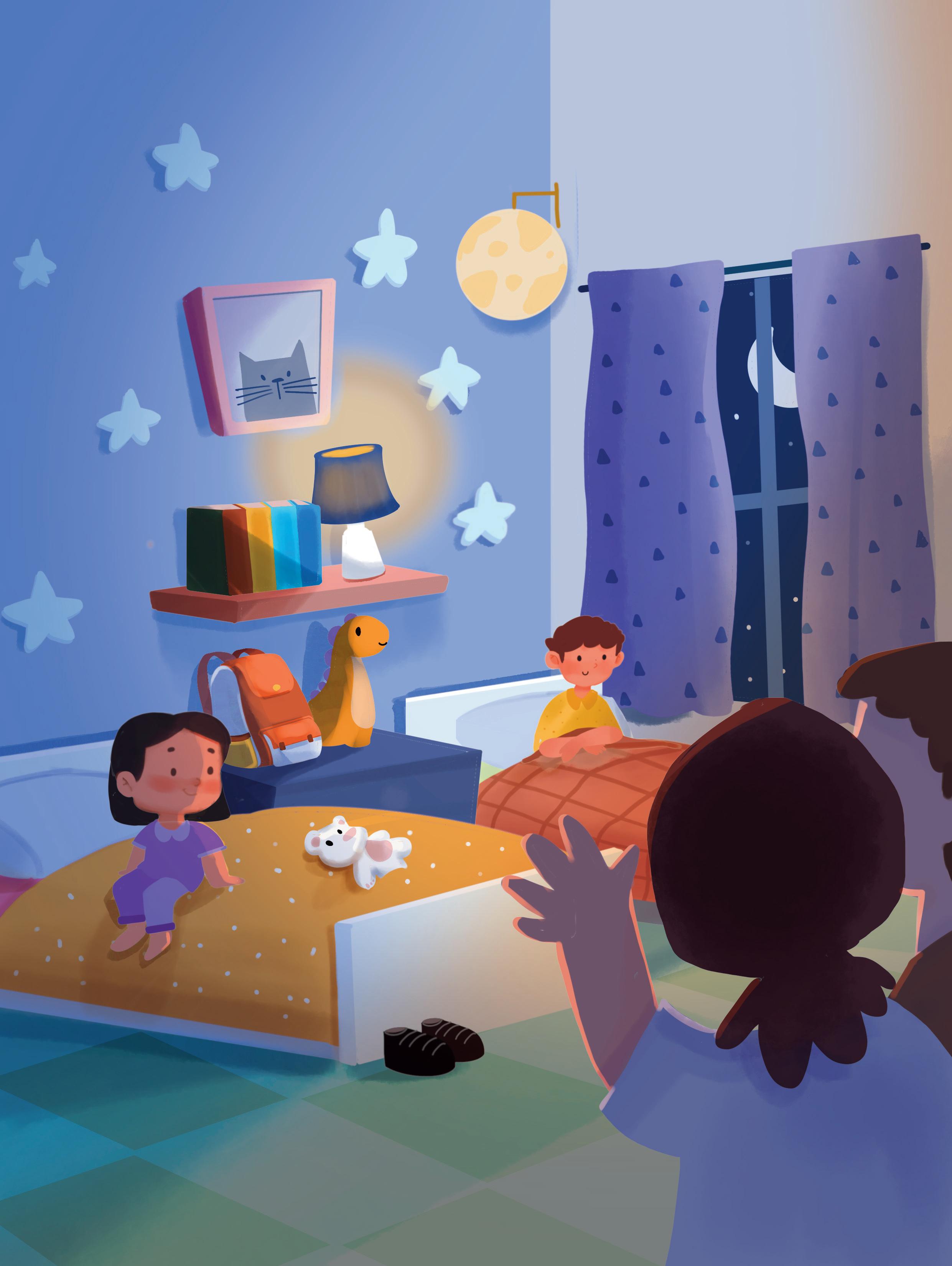
excited: very happy
Think and Tell
Which part of Rishika’s family picnic do you like the most?
Listen to all the keywords here.
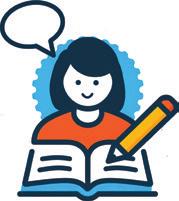

Read and Respond

1. Fill in the blanks.
Papa
a cooks poha.
i Papa ii Mumma iii Raghav
b Rishika’s family goes on a picnic near a . i park ii zoo iii river
c Rishika plays with her at the picnic.
i parents ii friends iii brother
d Rishika and her family go home in the . i morning ii evening iii afternoon
2. Talk about and answer the questions in class.
a What does Papa do at the start of the story?
b Who sits with Rishika at the back of the car?
c What do Dada and Dadi do in the car?
d Who brings the ball back to Rishika?




1. Number these events in order, from 1–4.
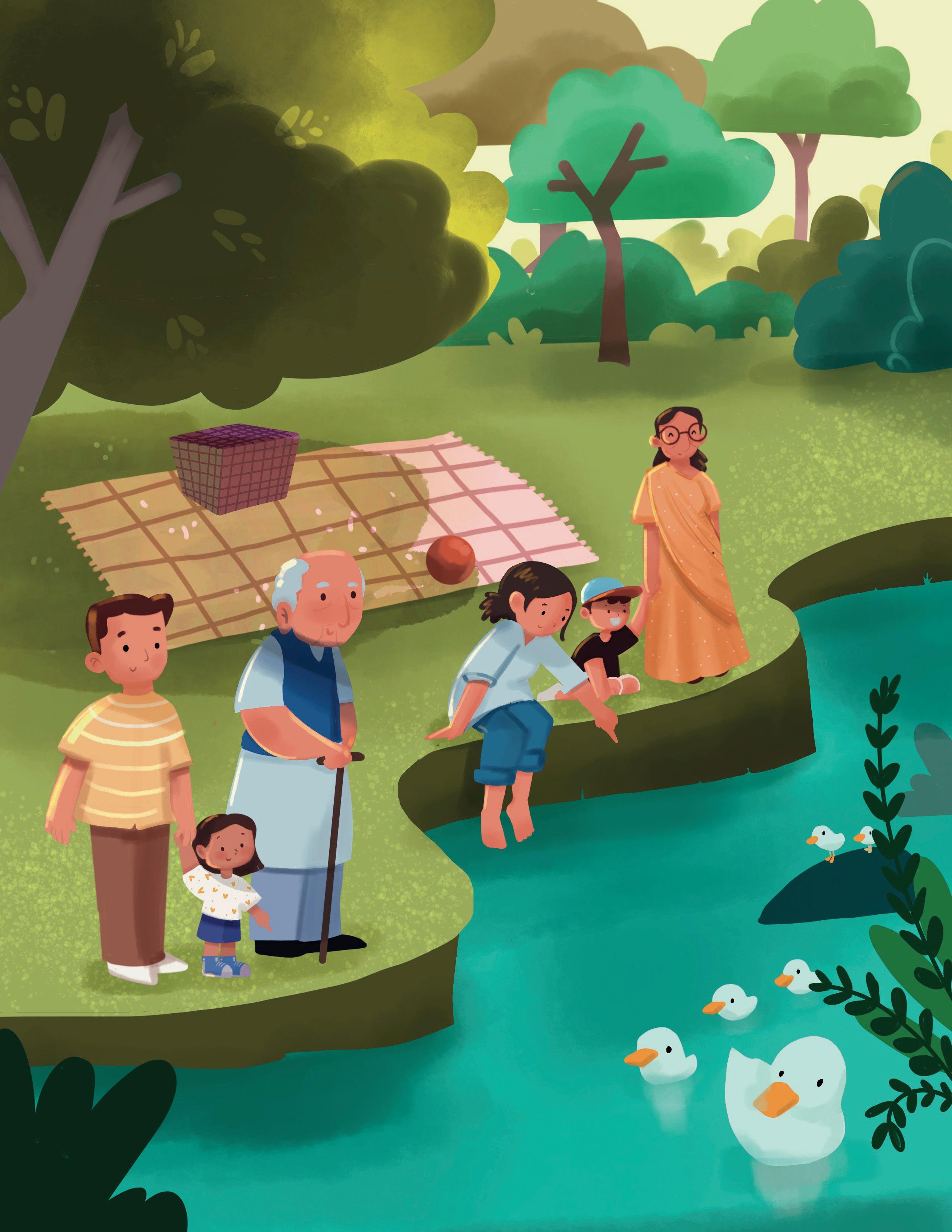
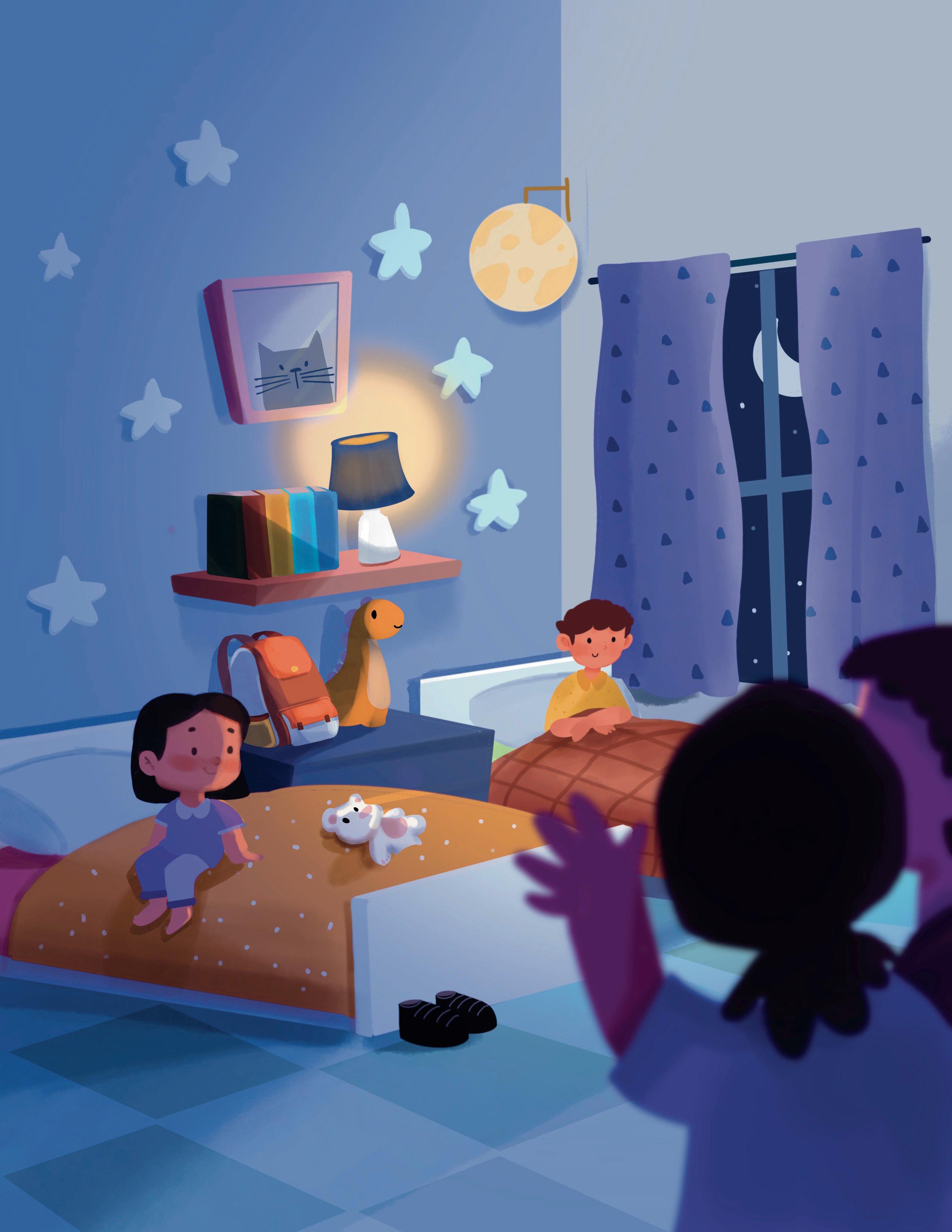

a Rishika and her brother play catch the ball.
b They sit in the car and drive back home.

plays the drum drives the car hums a tune taps his feet
c Rishika and her family get ready to leave. 1
d The family reaches the pretty picnic spot.
2. What will the person in the story do? Tick () the correct answer.
a Papa cooks poha. He will . i pack the food ii drive the car
b The family reaches the riverside. They will . i swim in the river ii enjoy themselves
c Rishika’s ball falls into the river. She will . i cry ii ask for help


Circle what you like to do with your family.
watch TV cook play read wash study

Draw a picture of one thing you do with your family. Write one line about the drawing.
My family and I like to .
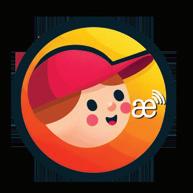

Pronounce Well
Listen to the words here.
Read the words aloud. bat can map bag cat fan lap rag hat pan tap tag
Look at the pictures. Say the name and complete the words.

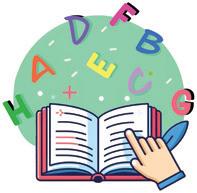

1. Match the words and the pictures.
duck family teeth basket
2. Tick () the best meaning of the words.
a picnic
b sunset
c excited
d cheer

When we go outdoors to eat
When we sit at dinner table and eat
When the sun comes up
When the sun goes down
To feel sad
To feel very happy
To shout and show that you are happy
To shout and show that your are angry


Naming words are the names we use to talk about people, places, animals, and things.
For example:
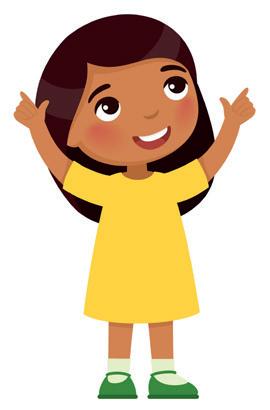
People girl father Rishika
Places city Delhi Mumbai
Animals cat dog duck Things chair basket pencil





1. Sort the naming words into the correct boxes. Animal Place Thing Person Mary Hint Box:

There are two kinds of naming words.
Common naming words: These words are used for any person, place, thing, or object.
For example:
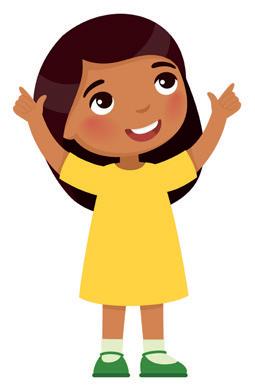


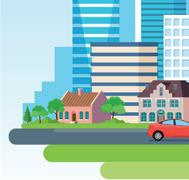
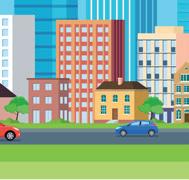


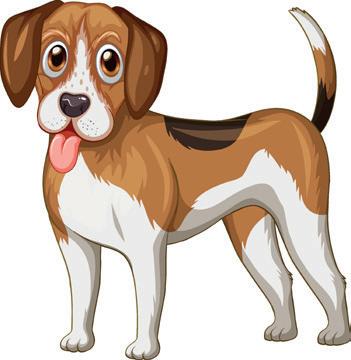
I like dogs. He lives in a city. I saw a girl at the picnic.
Special naming words: These words are used to name a special person, place, thing, or object.
For example:


like
. He lives in Delhi. I saw Rishika at the picnic.
2. Circle the common naming words.
a The girl eats a fruit.
b The teacher talks to the child.
c Agra is a city.
d Roger is my dog.
3. Match the special naming words and the common naming words.
Special naming words Common naming words
Ganga
Mohan
India
Browny
Mrs Sharma
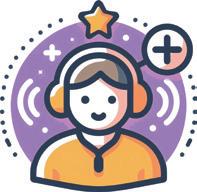





The River Ganga is a river in India. It is a very long river!

Listen Well
Listen carefully to the text and colour the pictures.
Listen to the text here.



Speak Well
Practise speaking here.
Talk to your class about your family in two to three lines.




Speak clearly and slowly.
Speak in complete sentences.
Listen to your friends when they speak.

Complete the story with the words in the box.
Hint Box: football family birds apples biscuits basket
My and I go to the park for a picnic. We pack , bananas, sandwiches and .






We see singing and squirrels playing. We open our and eat our food. After lunch, we play . It is a fun day!


Circle the things you will take to school in your school bag. Get Set

water bottle colour pencils
Today is a big day for Rani. It is her first day at school! Is she happy? Is she scared? Let us read to find out.


Let’s Read

It is Rani’s first day at school.
Mummy holds her hand. She walks with her.
‘I am grown up now,’ Rani says. ‘Please let go!’
But, Mummy holds her hand very tight.
There are many children outside the school.
Some come by bus. Some come by car.
Some come by rickshaw. Some cycle.
Some walk, like Rani.
Think and Tell
Do you also ask your parents to let go of your hand when walking in the street?
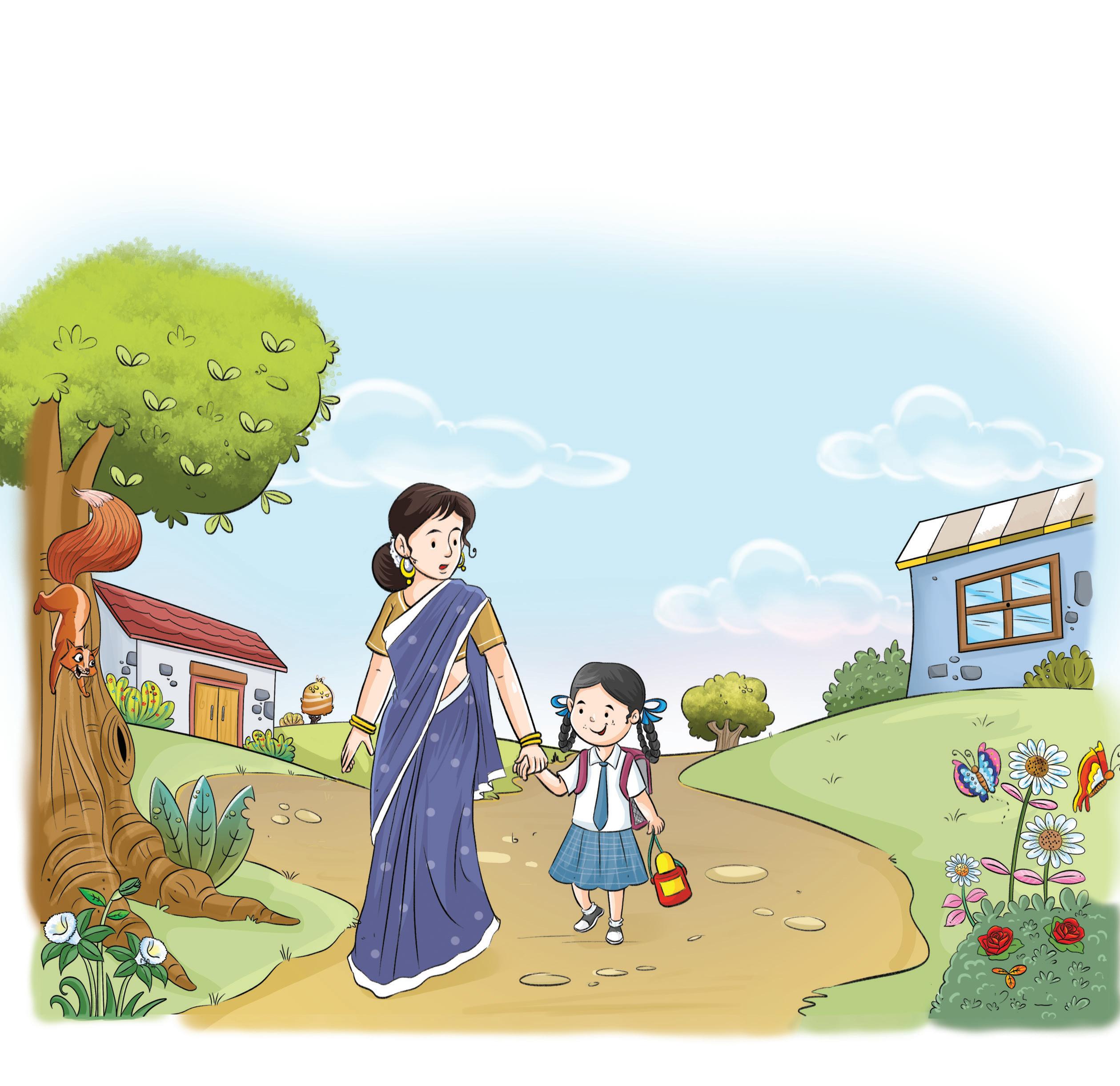
scared: afraid let go: leave
They reach the gate. Mummy lets go of her hand. She stays at the gate. Rani has to go inside, alone.
How do you think Rani feels when she looks back?
There are many new faces. She takes one step. She takes another step. She looks back. Mummy is far away, very far... She runs back to her. She does not feel grown up. She holds Mummy’s hand. Mummy gives her a hug.
‘Don’t go,’ Rani says.

hug: holding somebody in your arms

Everyone is inside now. Rani is the only one outside. The teacher comes out. She smiles at Rani. Rani smiles back. Mummy says, ‘Rani, I will be here when you come out.’
Rani leaves Mummy’s hand. Mummy waves at Rani. Rani runs inside. Mummy will be there after school!

waves: to move one’s hand from side to side to say hi or bye
Listen to all the keywords here.



1. Circle the correct answers.
a Who is going to school for the first time? i Rani ii Mummy iii Teacher
b Who holds Rani’s hand?
i Teacher ii Mummy iii Friend
c Where does Mummy leave Rani’s hand?
i At home ii At the school gate iii On the road
d Who comes to take Rani inside?
i Teacher ii Friend iii Mummy
2. Write T for True and F for False.
a Rani comes to school by bus. F
b Rani does not look back at her mother.
c The teacher smiles at Rani.
d Rani’s mother will be there after school.
3. Talk about and answer the questions in class.
a Mummy holds Rani’s hand. What does Rani say?
b There are many children. How do they come to school?
c Mummy leaves Rani’s hand. What does she do?
d The teacher smiles at Rani. What does she do?




1. In stories, things happen one after the other. Write the numbers 1–4 to show in which order things happen in the story.
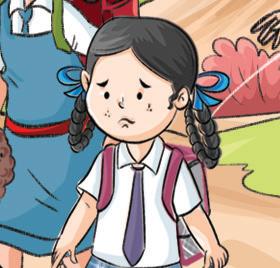


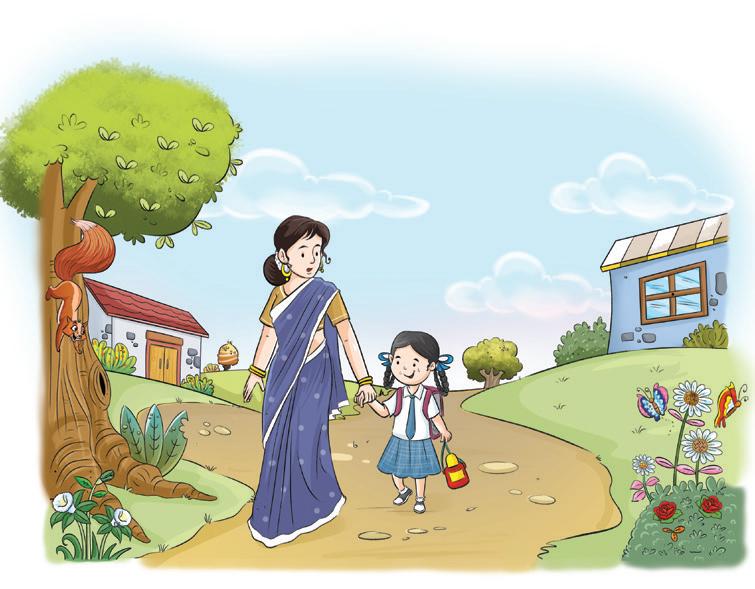
2. After school Rani sees her mother at the gate. Tick () how Rani feels. sad happy scared angry


Big Idea

Tick () what you can do at school to make others smile. Share my thoughts Say ‘good morning’ Help my friends

Pronounce Well

Read the words aloud.
Listen to the words here.
den bed get leg
men wed jet peg
pen red set beg
Match the words and the pictures. Then, write the words.
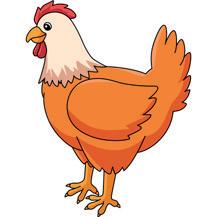
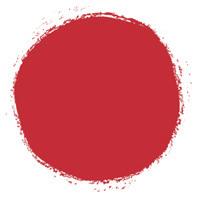

Vocabulary

1. Use the new words learnt in the story. Fill in the blanks with the correct words.
a Rivan asks his father to of his hand. i throw ii let go
b Rani likes to her mother before going to bed.
i paint ii hug let go


















c Lalit and Rani goodbye to each other.








i wave

i sad





































ii jump






d Sonu is to walk alone at night.




ii scared
































When we want to talk about more than one of something, we add the letter-s at the end of the word.




For example: books toys book toy












spoon spoons
2. Look at the picture and circle the correct answers.






Words
Doing words are used for actions.
For example:
dance play sing
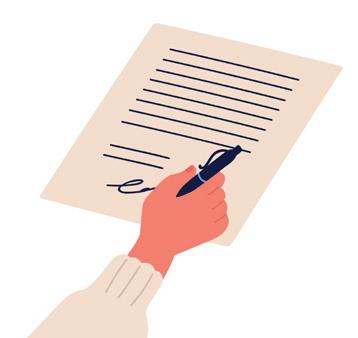
jump
1. Tick () the correct doing words. writes reads runs hops hugs runs walks sings draws sleeps sings draws
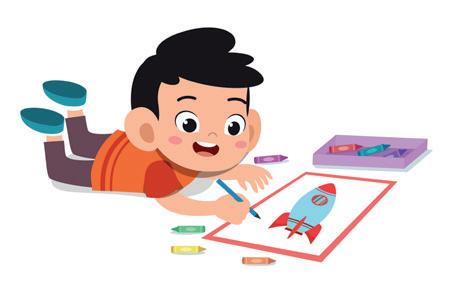
Adding -s at the end of doing words
When only one person, animal or thing does something, add an -s at the end of the doing word.
For example:
Rani plays in the park. The toy spins.
When more than one person, animal or thing does something, do not add an -s at the end of the doing word.
For example:
The kids play in the park.
Rohan and Rita fly kites.

2. Circle the correct doing words.
Rohan yawns / eats.
He kicks / throws the ball.
She climbs / jumps up the slide.
Nitin drinks / eats the sandwich.
3. Tick () and write the correct doing words to fill in the blanks.
a The cat (sit / sits) at the window.
b They (play / plays) in the park.
c It (rain / rains) in the afternoon.
d Aayan and Bhumika (run / runs) to school. sits

Listen Well

Listen carefully to the text and do the actions.
Listen to the text here.
Tick () the happy face if you got the action right. Tick () the sad face if you did not do the action.
Clap your hands.
Jump up and down.
Wave your left hand.
Touch your nose.
Stamp your feet.
Spin around.
Sit down.


Practise speaking here.
Look at the picture of the classroom. Take turns to tell your class three things that you see in the picture.
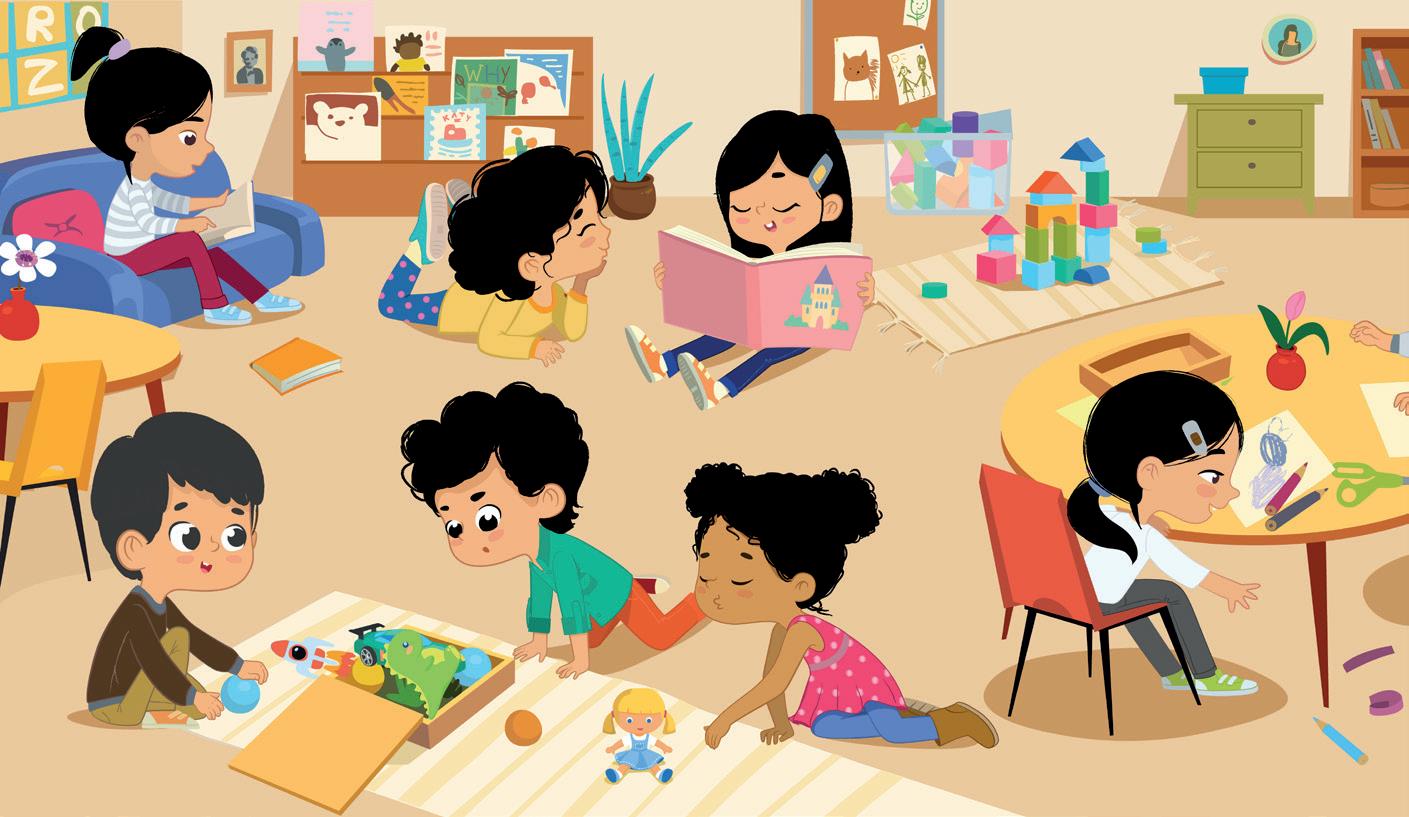



It is Ram’s first day at school. Ram and his teacher are talking. Fill in the blanks with words in the box.
Please Thank you Good morning
Hint Box:
Goodbye Nice to meet you
! What is your name? Good morning
, sir ! My name is Ram.
Please
Nice to meet you, Ram. take your seat. , sir.
Are you excited about your first day?
I am happy to hear that. Goodbye, Ram. See you later. Yes, I am! , sir
3
. We Come to School Five Days a Week


Tick () what you like to do at school. Tell your teacher about it.
Get Set listen to stories play games sing dance draw and paint
We go to school five days a week. There, we learn and play. Our teachers read us stories and poems. Let us read a poem about the different things we do at school.


Let’s Read

We come to school five days a week.
To sing and dance and play. We paint, we draw and talk a lot And then we go away.

Our teachers tell us stories, A new one every day. We are very happy kids, And clever in every way.
Think and Tell
Do you like to hear stories? Name the story you like the most.
go away: (here) to go back home
lovely: very nice rule: a way to do things right clever: smart
Monday, Tuesday, Wednesday, Thursday
And Friday, off to school.
Saturday, Sunday, we stay at home
And that’s a lovely rule.
Think and Tell
Which day of the week do you like best?
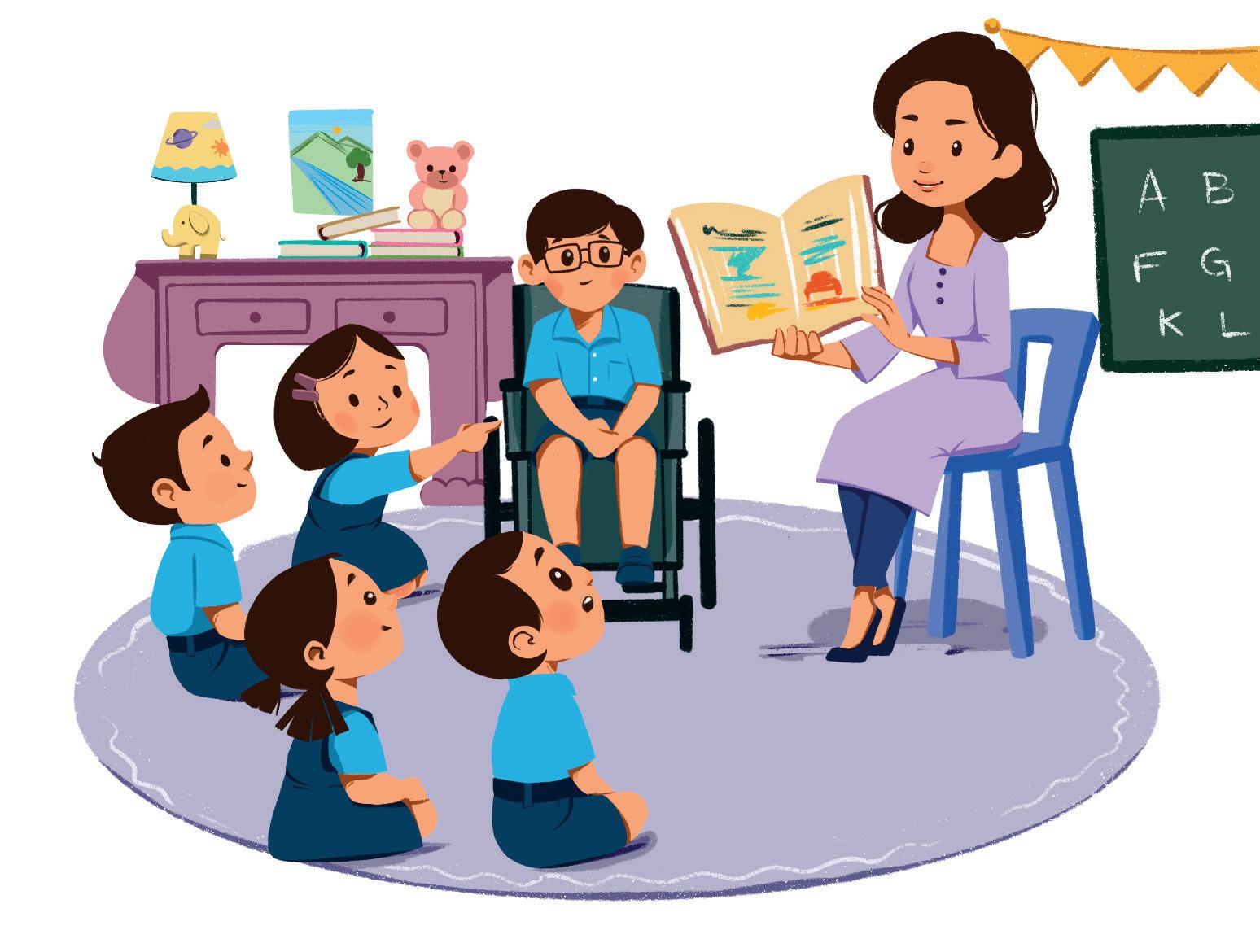
Listen to all the keywords here.



Read and Respond

1. Write ‘Yes’ if it is true and ‘No’ if it is false.
a The children go to school six days a week.
b The children draw and paint at school.
c The teachers listen to the same story every day.
d The children dance at school.
2. Circle the correct answers.
a Which day is not a school day?
i Sunday ii Monday iii Friday
b What do the children do at school?
i swim ii paint iii sleep
c What do the children listen to at school?
i songs ii stories iii rhymes
3. Answer the questions in one to two lines.
a Name two things the children do at school.
b Name the days of the week that the children go to school.
c What do the teachers tell the children at school?
d Where do the children go after school? Big Idea


Classrooms are happy places. Write two things you like about your class.



1. Fill in the blanks with the words in the box.
Hint Box: lovely clever rules paint
a I like to flowers.
b You must follow the of the school.
c The brothers are very and they like school.
d The sky is so blue and today.
2. Fill in the blanks with the correct doing words.
a Sita likes to . i play ii sing b Nisha in her notebook.
i writes ii reads
c Ram a story. i runs ii reads d The kids all the food.
i drink ii eat paint sing



Rhyming words are words that have the same ending sounds. For example: play – away day – say
Match the words from the poem and their rhyming words.
week ring
school clay
play walk
talk peak
sing pool

4 . Who Is Our Friend?
—Jade Mathieson

Set

Trace the line to help the animal reach its food.
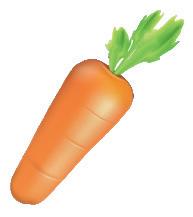





The jungle has different animals. Some are big and some are small. Some have spots and some have stripes. Let us read a story about five animal friends.

Let’s Read

In a jungle far, far away, there are big, green trees. The rivers are clean and blue. The grass is tall and soft. Five best friends live in this jungle—Reno, Coco, Giffy, Zubu and Berry.
Reno is a rhino, strong and grey. There is a big horn on his nose.
Coco is a crocodile. His teeth are sharp.
Giffy is a giraffe. His neck is long, very long. There are brown spots on his body.
Zubu is a zebra. He has black and white stripes on his body!
Who is Berry? Let us ask Reno, Coco, Giffy and Zubu!
‘Berry is our best friend! She is a bird. She is not like us at all. Berry can fly! She helps us all…’
horn: a hard, pointed thing that grows on the nose of some animals
stripes: lines of different colours on an animal’s body
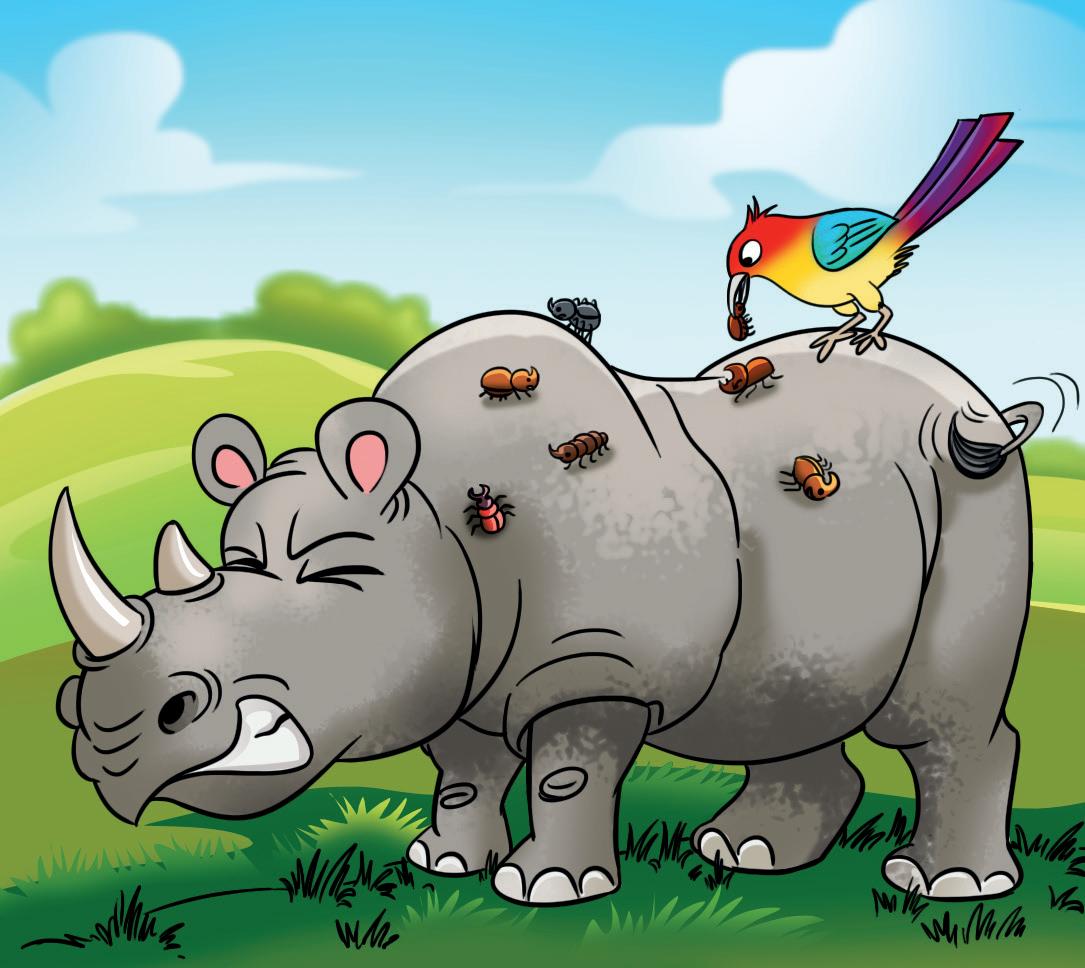
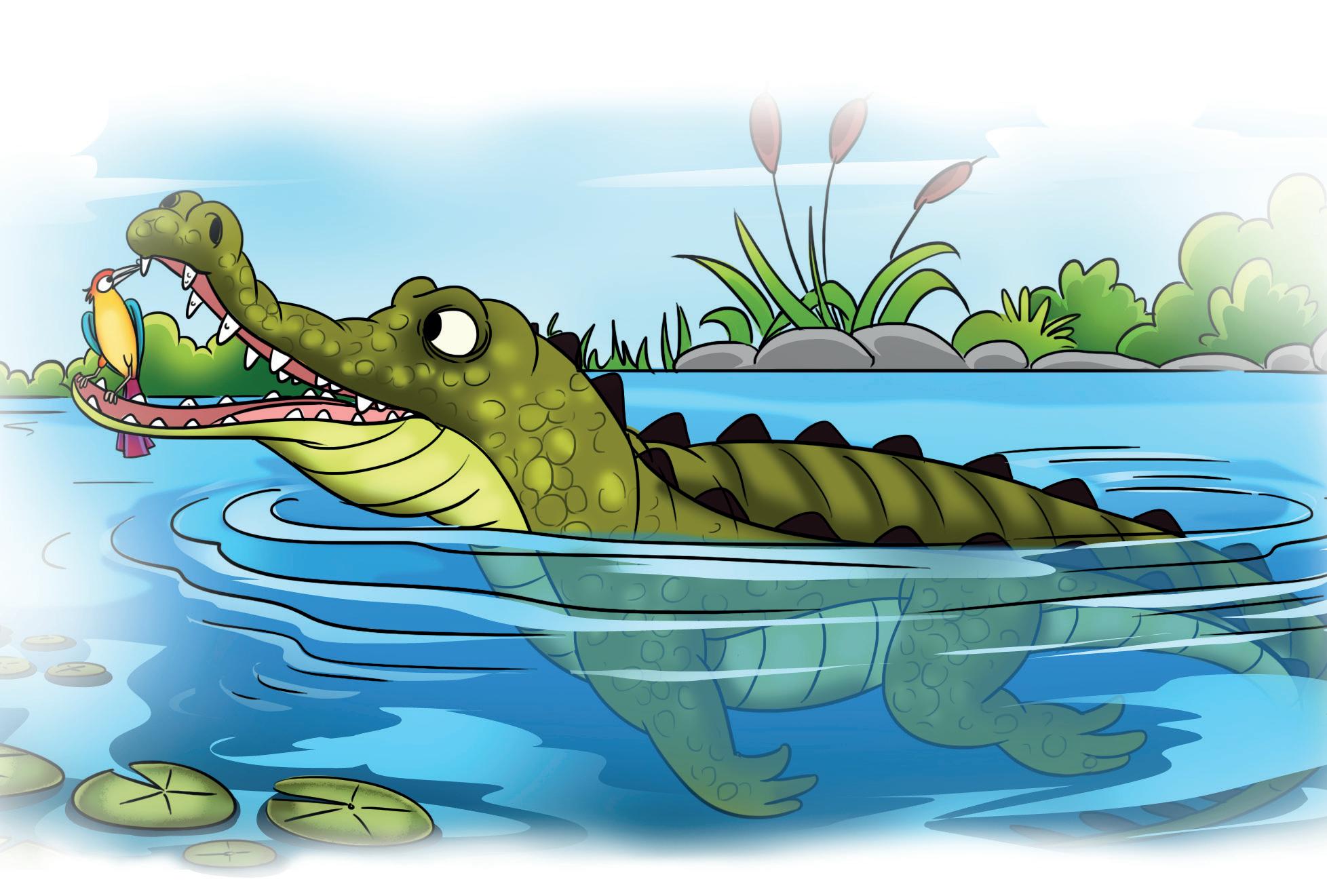

Reno says, ‘Oh, no! I am covered in fleas! What do I do?’
‘My little friend Berry will eat them all up!’
Coco’s hands are small. ‘I cannot brush my teeth! What do I do?’
‘My little friend Berry will peck them all clean.’
Giffy says ‘I cannot scratch my neck! What do I do?’
‘My little friend Berry can reach just the right spot.’
How does Berry help Reno?
Did You Know?

Some birds eat flies and insects from the bodies of cows and buffaloes.
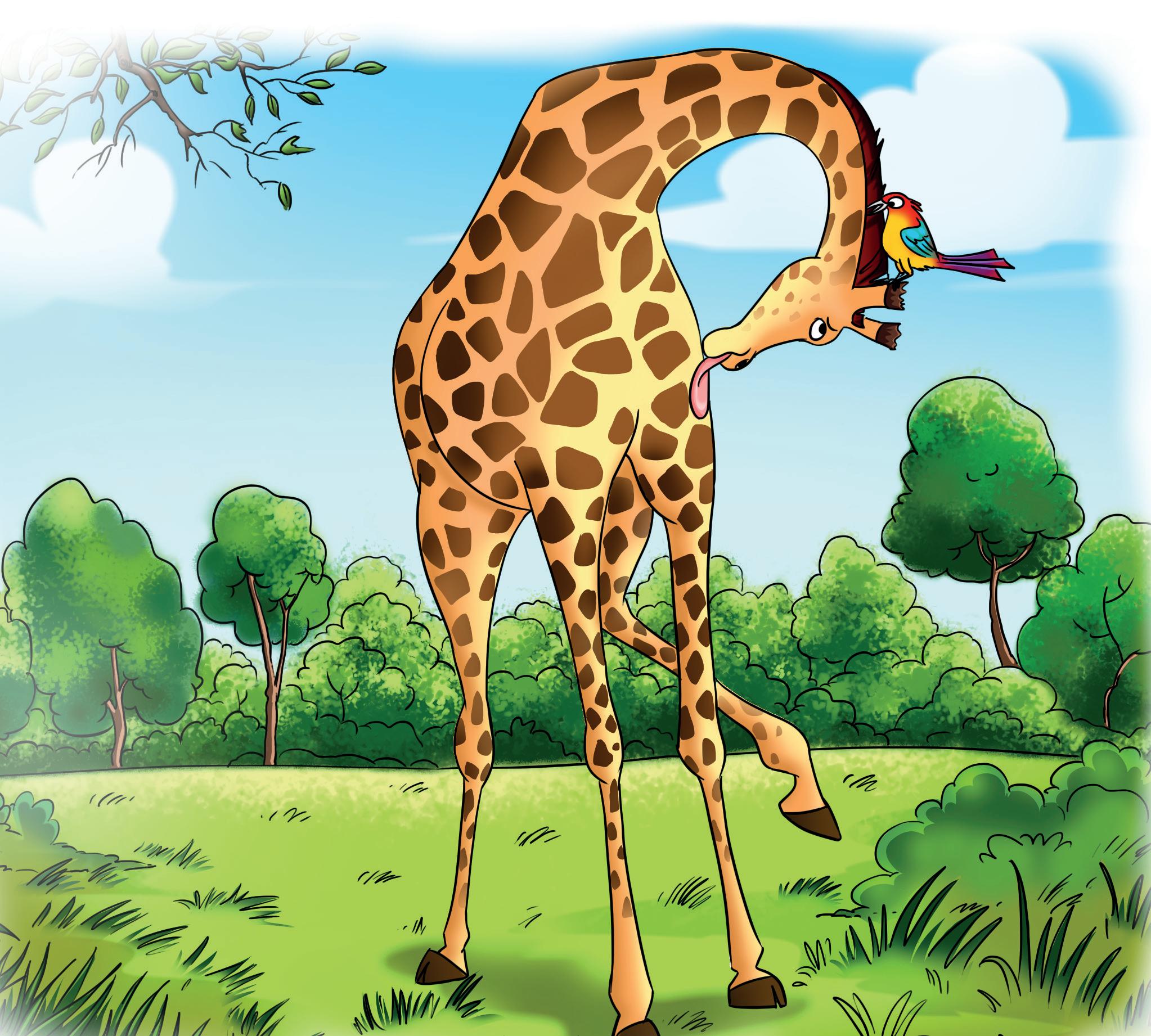
fleas: small insects that live on an animal’s body
peck: (here) pick with the beak
scratch: (here) rub a place because of an itch spot: (here) place
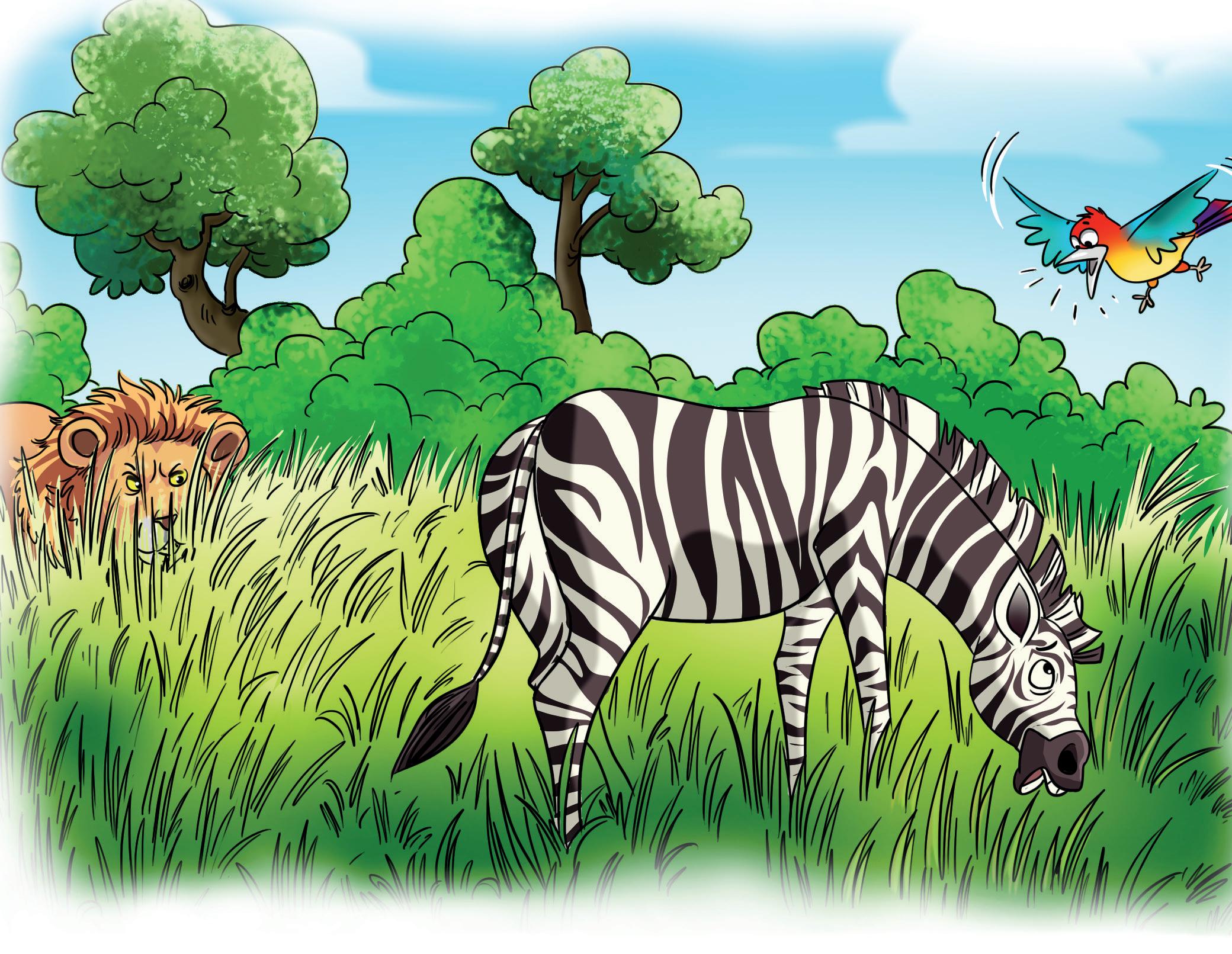
Zubu’s eyes cannot see things far away. ‘Is the lion coming close? I do not know! What do I do?’
‘My little friend Berry calls out loudly when a lion is coming.’
Do you think Berry the Bird is happy to help the other animals?
‘Berry the Bird might be different, but that’s no problem. We are all best friends!’
Listen to all the keywords here.




1. Tick () the correct answers.
a Who is Coco?
i A zebra ii A crocodile iii A giraffe iv A bird
b What colours are Zubu the zebra’s stripes?
i black and yellow ii black and red
iii black and white iv green and blue
c How is Berry different from the other animals?
i Berry is a bird. ii Berry has stripes.
iii Berry has a long neck. iv Berry has sharp teeth.
d How does Berry help Reno?
i by brushing Reno’s teeth ii by eating Reno’s fleas.
iii by calling out when danger is near iv by flying Reno to different places

2. Match the animals and their body parts.
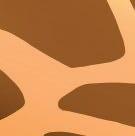



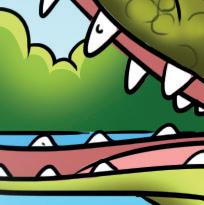
3. Answer the questions in one to two lines.
a Why does Giffy the giraffe need Berry’s help?
b What does Berry do for Coco the crocodile?
c Why do the animals think Berry is a good friend?
d What will happen to Zubu if Berry is not in the jungle?


Think and Answer

In stories, animals and people may have problems. They try to solve the problems.
Think about these two problems from the story and tick () the correct solutions.
Problem 1:

A lion comes close to Zubu.
Solution:
a Berry flies away.
b Berry calls out.
c Berry sleeps.
Problem 2:

Reno is covered in fleas.
Solution:
a Berry eats the fleas.
b Berry flies away.
c Berry makes fun of Reno.




In the story, Berry helps her friends in many ways. Tick () the ways in which you help your friends.
I do not share my things with my friends. I help my friends with homework. I do not listen to my friends. Pronounce Well Listen to the words here.
I play with my friends. I share my food. I listen to my friends.
Write any other way in which you help your friends.
I help my friends by .


1. Read the words aloud.
2. Read the words aloud. Then, find and circle the words.
Hint Box:


Vocabulary

Look at the pictures and fill in the blanks with the feeling words. happy scared excited sad angry
happy
a I feel when my friend shares her toys with me.
b I feel when a dog runs after me.
c I am about the school picnic
d I am when my toy breaks.
e I feel when my friend fights with me.



Have and Has
I have a dog. You have a cat. She has a cat. It has white fur. He has a dog.
Have and has help us to talk about things that belong to someone or something.
Has is used with he, she, it or with someone’s name.
For example:
She has a cat.
Rita has a new frock.
‘Have’ is used with I, you, we and they.
For example:
I have a toy car.
1. Fill in the blanks with have or has.
He has a pencil.
They have a big house.
a Zubu is a zebra. He black and white stripes.
b They a best friend, Berry the bird.
c A crocodile is a wild animal. It sharp teeth.
d I am Giffy the Giraffe. I a long neck. has
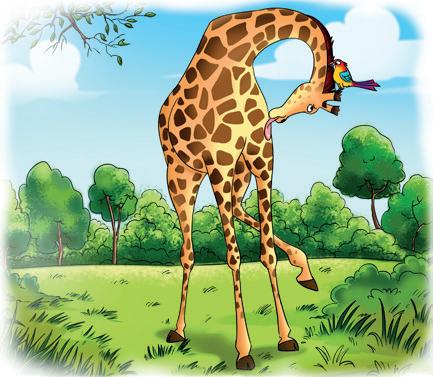
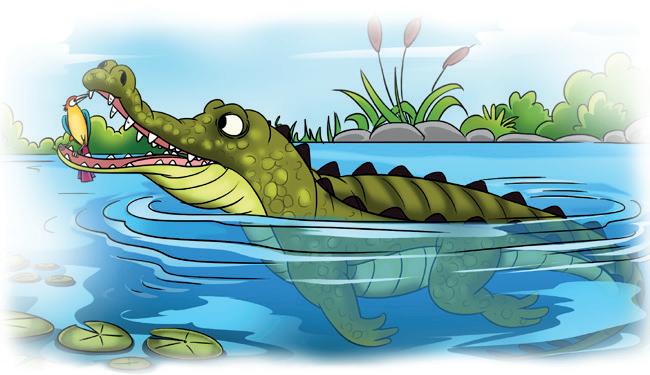
Giffy is tall. Coco has sharp teeth.
Remember!
Naming words are the names of people, places, animals or things.
Tall tells us more about Giffy. Sharp tells us more about Coco’s teeth.
Describing words tell us more about naming words. They tell us what a person, place, animals or thing is like.
For example:
There are green trees. (Green tells us the colour of the trees.)
Berry is a little bird. (Little tells us about the size of the bird.)
Zubu has black and white stripes. (Black and white tell us the colour of the stripes.)
2. Circle the describing words.
a The smelly sheep runs.



b The blue bird flies.







































































































































































































c The scary tiger roars.



















d The elephant has a long trunk.









































































3. Underline the correct describing words for the pictures.
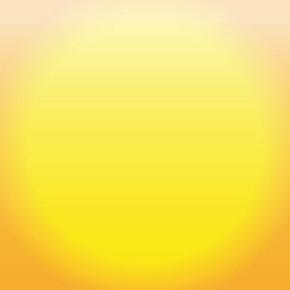



a happy / sad happy / sad










































































b empty / full empty / full







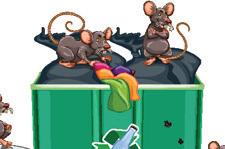












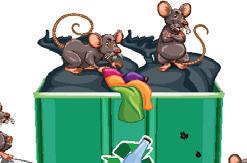




















c old / new old / new d clean / dirty clean / dirty


Listen Well
Listen to the text here.
Listen carefully to the text and draw the things that Rohan and Rita see at the park.


Draw each thing in the picture as you hear it. Draw one thing at a time.

Speak Well


Practise speaking here.
Tell your teacher about your best friend in two to three lines. You may talk about one special thing that your best friend has. Like, long hair, dark eyes and so on.



Look at the pictures and complete the story with the words in the box.
Hint Box: grass runs angry sees mango monkey

The is sitting in a tree. He is eating a . His friend, the deer is eating below the tree. The monkey the tiger behind the bush. The monkey shouts out to the deer. The deer away. The monkey laughs and jumps away. The tiger is . monkey






















































































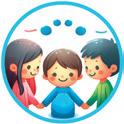

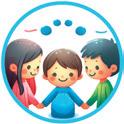


Colour all the things that you like to do with your friends!
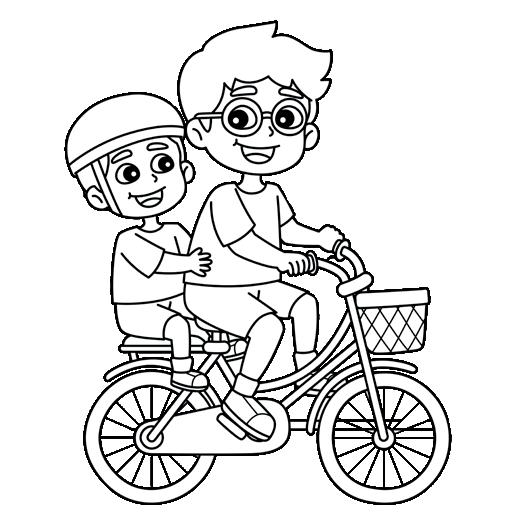

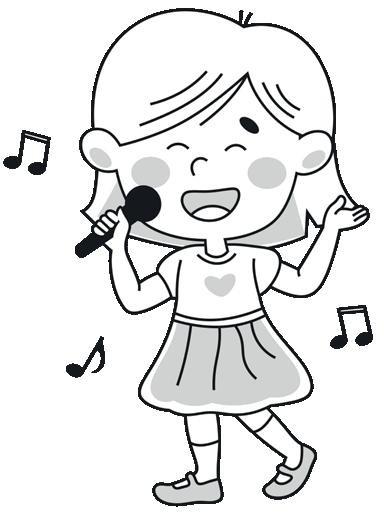

We all love our friends. They make us happy. We do many fun things together! Let us read a poem about the things we do with our friends.



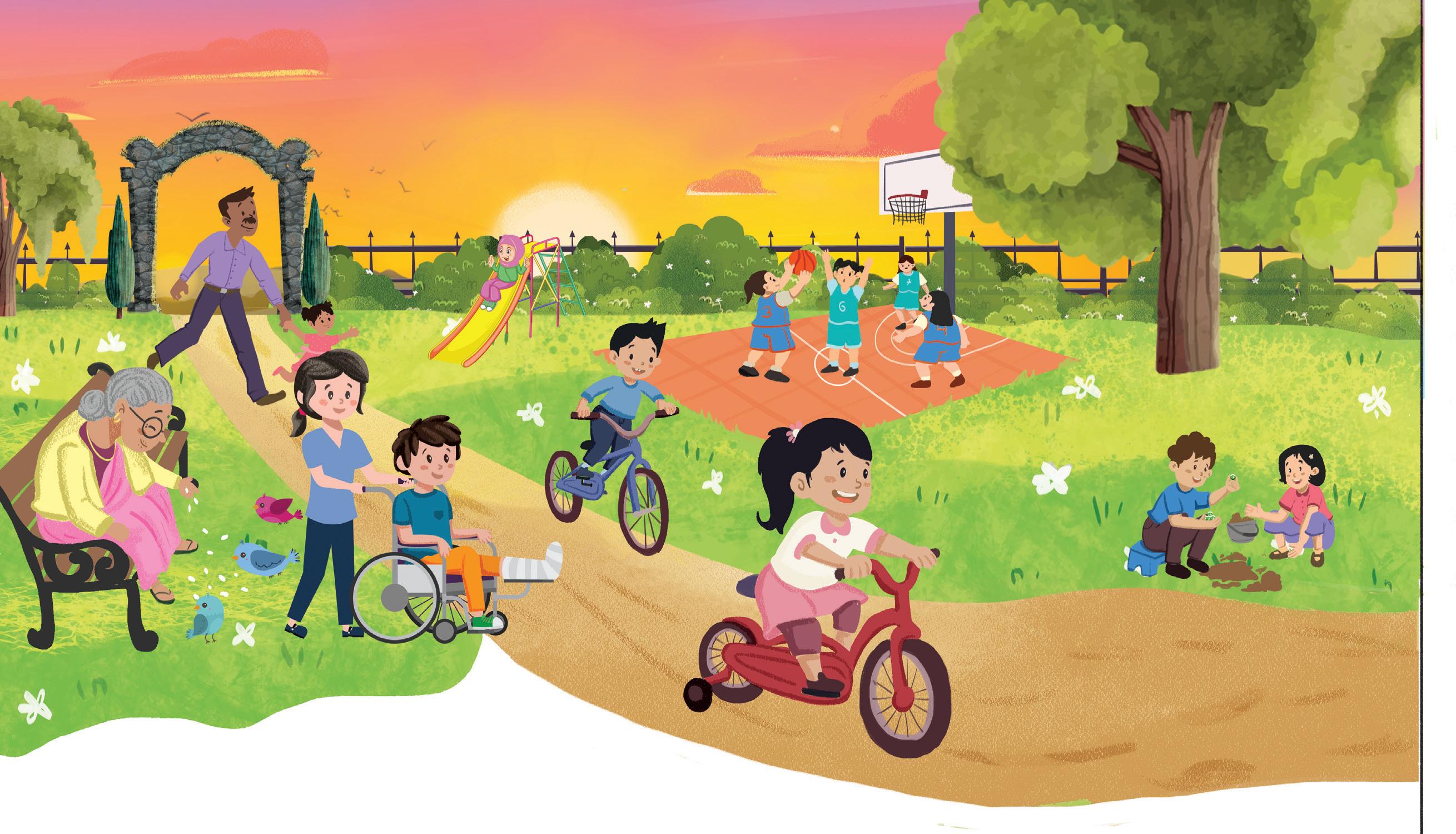
What do we do with our friends?
What do we do when the school day ends?
We bounce the orange basketballs, We dress up all the little dolls.
We race our bicycles, fast and free, We find lost marbles under the tree!
We draw and paint with colours bright, We drink cold juice—what a delight!
What do you do after going home from school?

bounce: move up after hitting the ground dress up: (here) to make the doll wear clothes marbles: small and round coloured glass that children play with delight: nice, happy feeling
We build block towers—oh! so high! We jump and hop to touch the sky!
We tell stories of big blue ducks, We sing and drive the fire trucks!
We are silly and we have fun, We all play till the day is done!
The friends do so many things in this poem! What do you think is the most fun thing they do?
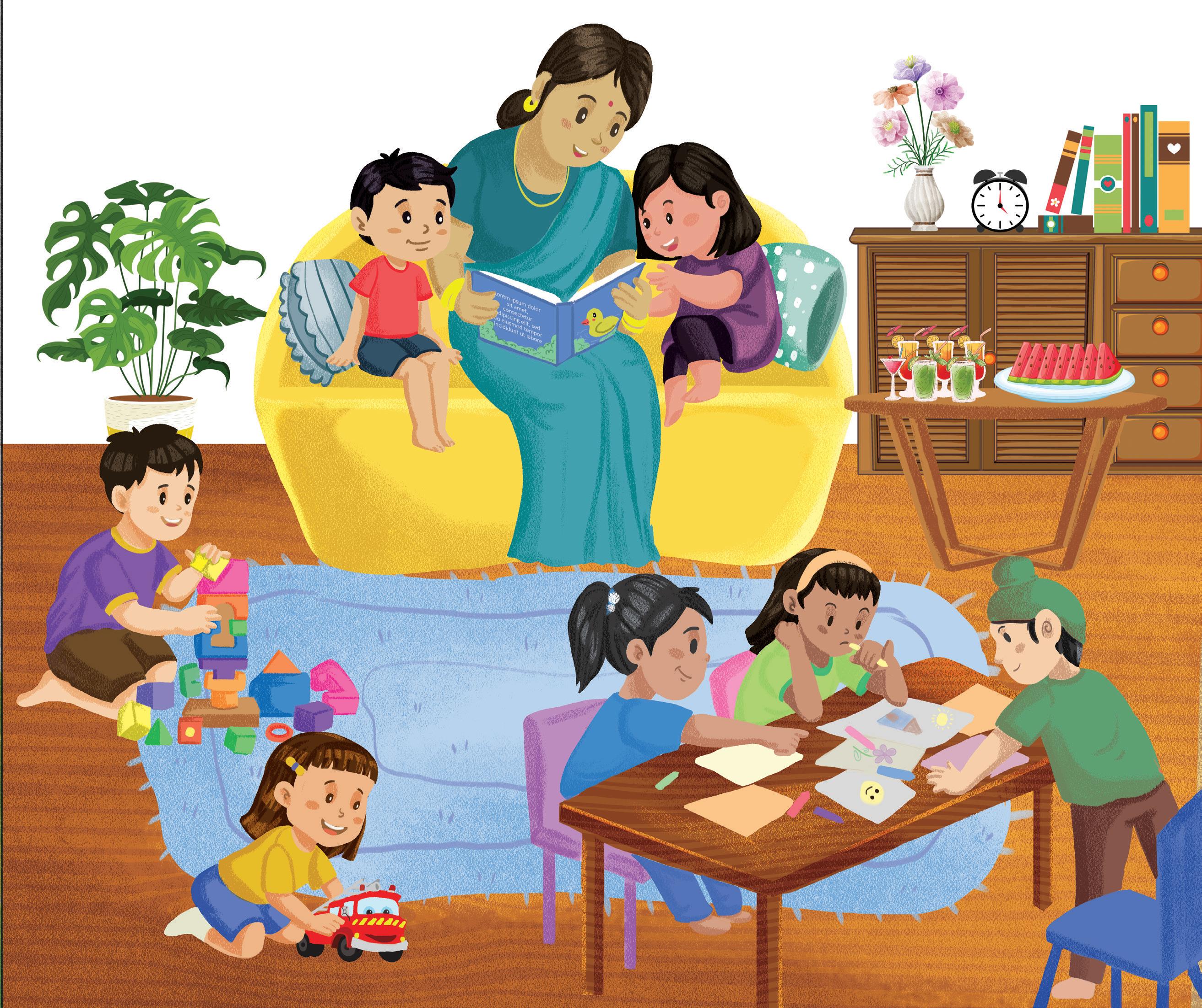
build: to make hop: jump on one foot silly: have fun doing foolish things
Listen to all the keywords here.




1. Tick () the correct answers.
a What do the children do with the basketballs?
i bounce them ii kick them iii swim with them
b What do the children build with blocks?
i houses ii towers iii bridges
c What do the children drive?
i cars ii boats iii fire trucks
d What do the children tell stories about?
i trucks ii ducks iii dolls
2. Write T for True and F for False.
a The children play basketball after the school day ends. T
b The children dress themselves up.
c The children race their bicycles, fast and free.
d They find lost marbles under the bed.
3. Answer the questions in one line.
a What do the children do with the orange basketballs?
b What do the children love drinking?
c Why do the children jump and hop?
d When do the children stop playing?



This poem is very special because it is about friends. Talk to your best friend and fill in the blanks.
My best friend is .
(name)
He / She likes to .
He / She likes to play .


Ask your friends about their favourite food, colours, stories or cartoons.

Vocabulary
1. Fill in the blank with have or has.
a Nisha a new water bottle.
b They planned a picnic.
c I to go to the market.
d He many storybooks. has

2. Match the describing words and their opposites


Appreciation

When two words have the same sound at the end, they rhyme! For example: free and tree, or fun and done.
Complete this poem with the rhyming words in the box.
Hint Box: food sun ball side
At the park, we like to slide, We swing so high, side by . We climb the jungle gym so tall And kick around a big red .
We are happy and never rude, We sit and eat our tasty .
We share our toys and we have fun Together, we shine like the .


Our family and friends make our social circle.
What you need for this project:
• Pictures of your family and friends
• Coloured pencils
• A pencil
• Scissors
• Glue
• A sheet of paper













My Social Circle
Steps:
• Draw or find pictures of your family and friends. You can ask your parents and friends to help you.
• Cut out the faces and stick them in the circles.
Use your ‘Social Circle’ to tell your class about three of the people.
This is my grandfather. He has a big motorbike.
This is Anya. She is my best friend.

Ask for your parents’ help when using the scissors.


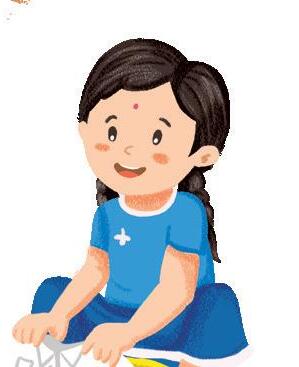


Get Set

The place around our house is called our neighbourhood. Tick () the things that you see in your neighbourhood.













Mary and her brother Ray walk around in their neighbourhood. They meet their neighbours and see many things. Let us read about who they meet.

Let’s Read


My name is Mary. I live in a little house with my mother, my father and my little brother.
Today is Saturday. It is time to wash our clothes!
My brother Ray is ready to go! We pick up our clothes and walk out of our house. Everyone is washing their clothes! Their arms are covered in bubbles!
We see Grace Aunty. She washes her uniform. She wears it to her clinic every day.
Bimla Aunty hangs up her red blanket. We know that she loves this blanket! Her grandmother made it for her.
Think and Tell
Where do you think Grace Aunty works? What do you think she does there?
Fatima Aunty dries her scarves in the sun. The colours are so bright!
neighbours: people who live near your house covered: to have all over uniform: special clothes that people wear at school or work
clinic: a place where doctors and nurses work
scarves: long pieces of cloth that people wear around their necks or heads

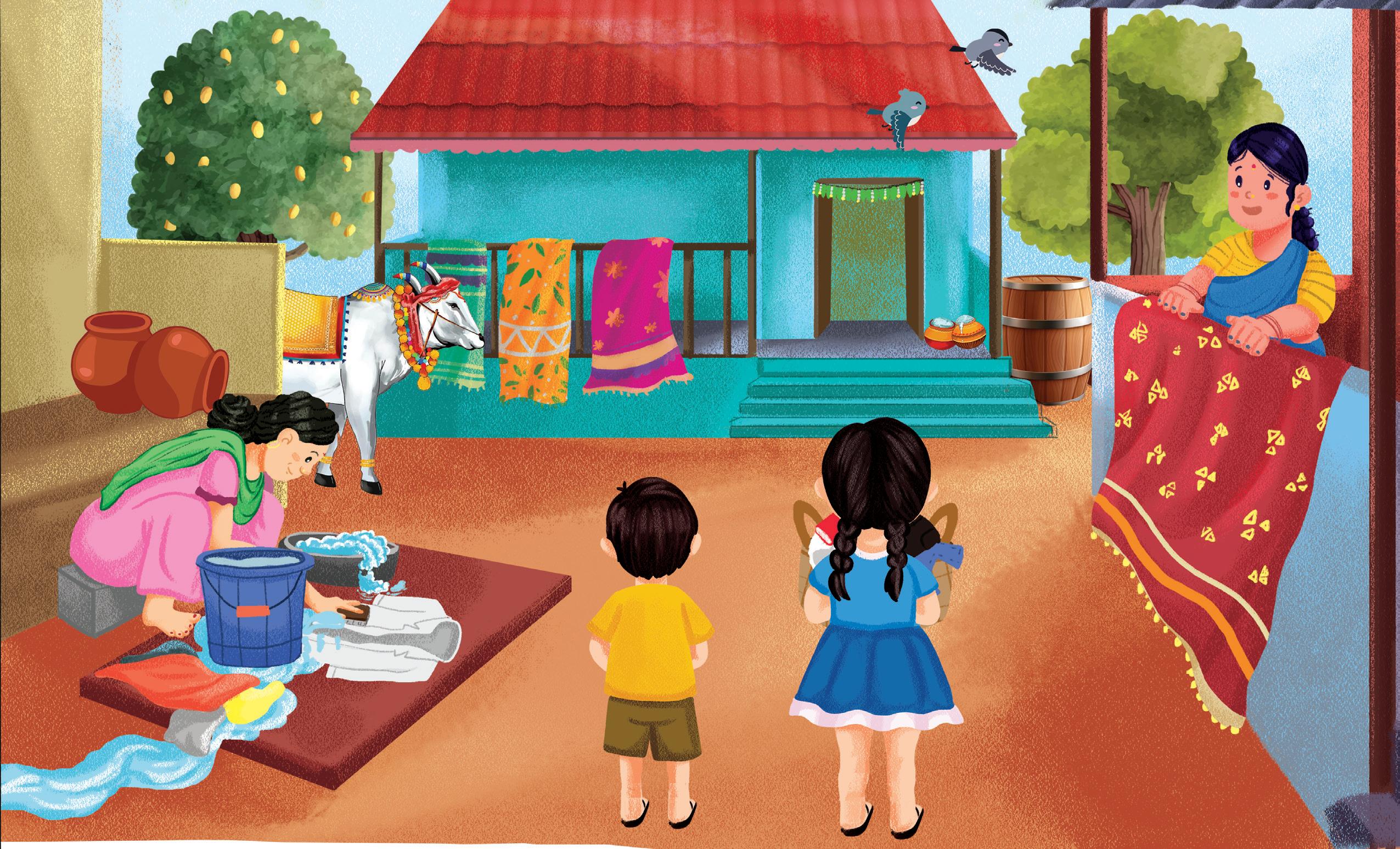
Look, there is Zakir Chacha! His uniform hangs outside his house. He wears it when he drives his auto.
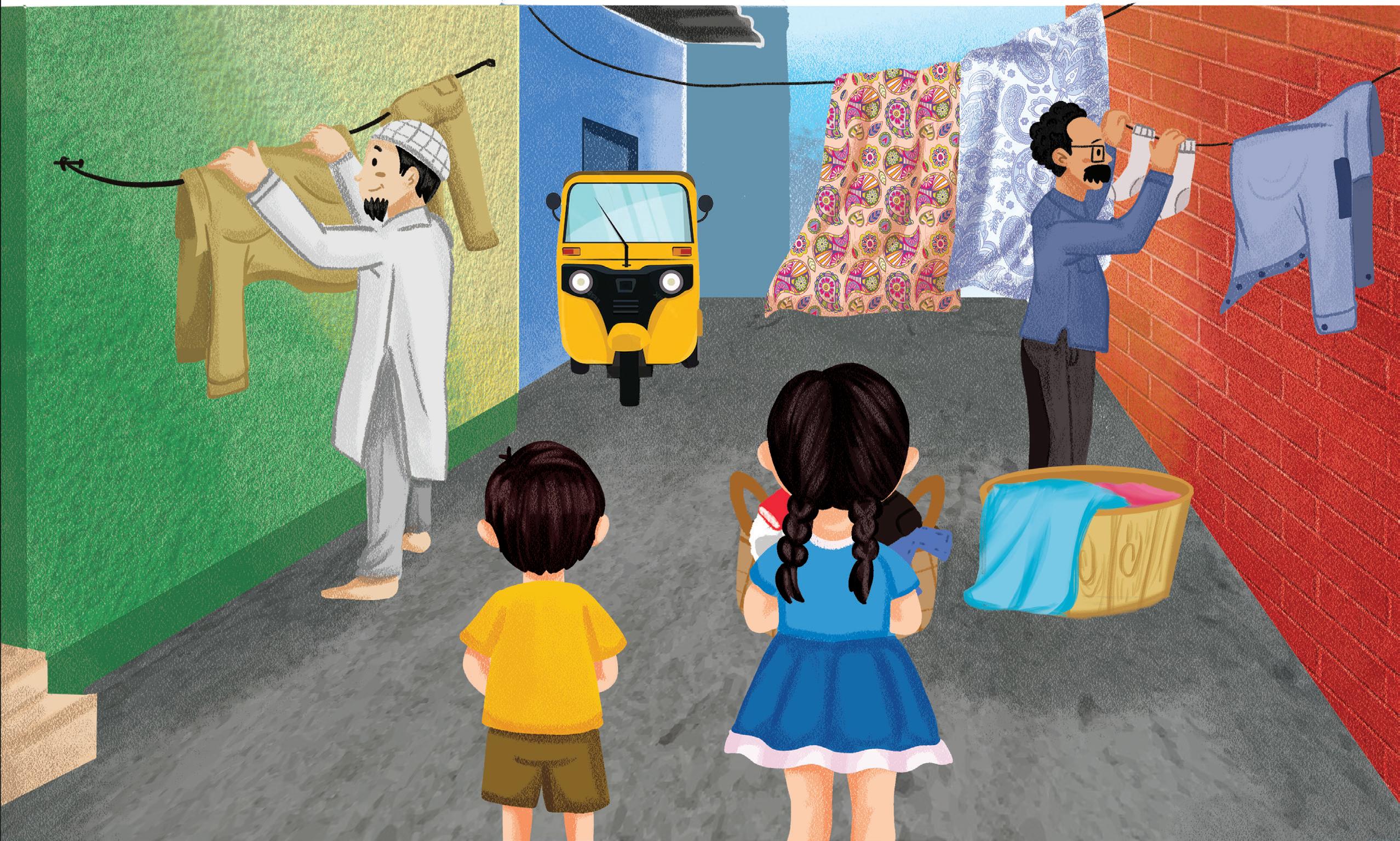
auto: a small vehicle with three wheels
Geetha Aunty’s sarees sway in the wind. They look like kites dancing in the sky.
Joseph Uncle’s socks hang neatly in a row. They keep his feet warm when he guards us at night.
Why do you think Joseph Uncle needs warm socks?
Now, it is our turn! Ray and I put our clothes down. We clean our school uniforms first. We shake out the chalk dust. We rub away the paint drops. We sing and we laugh together!
Tomorrow, our clothes will be dirty again. But right now, everything is clean.
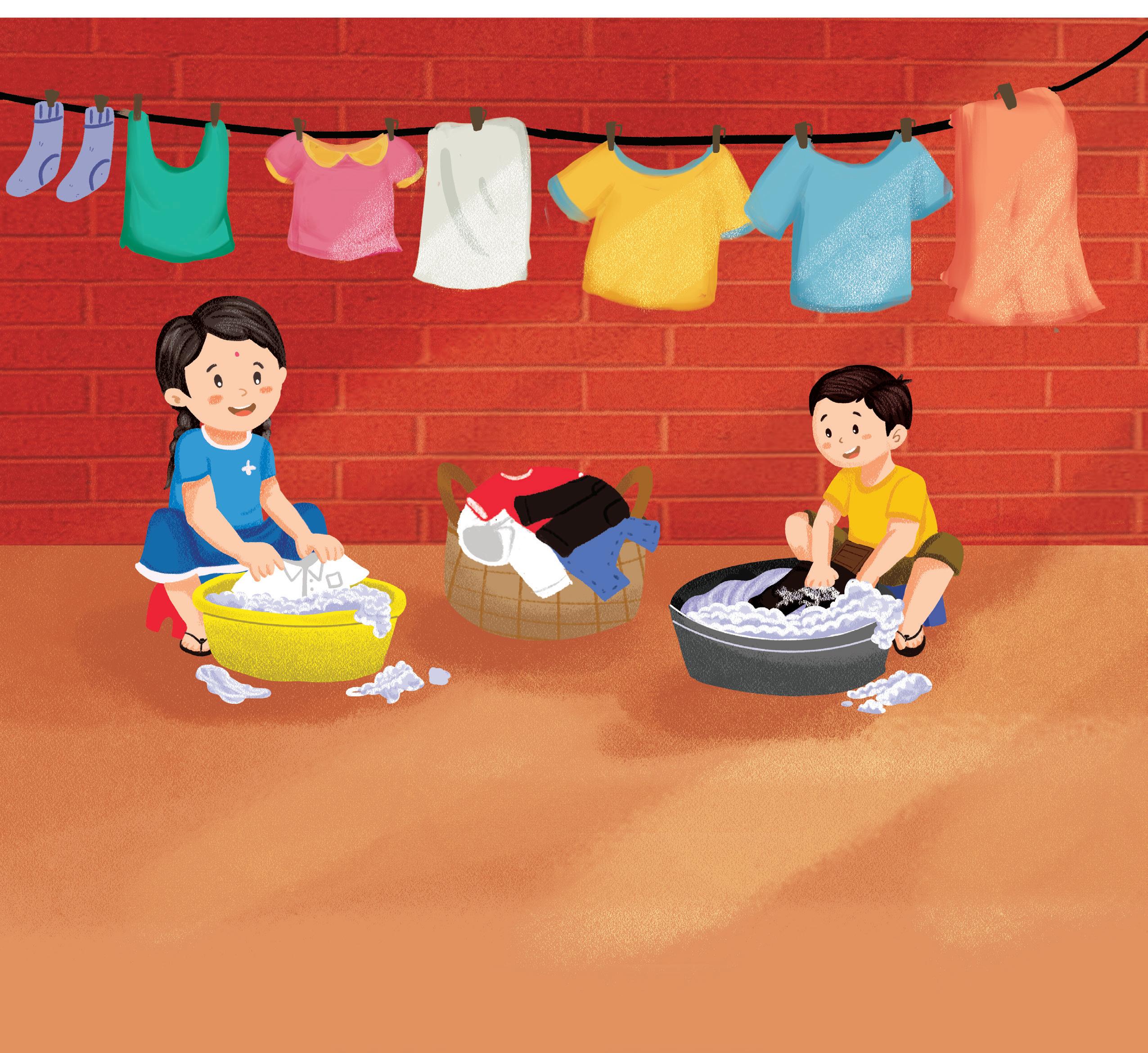
sway: move slowly from side to side neatly: in a clean and tidy way guards: keep people safe shake: move something quickly
Listen to all the keywords here.




1. Circle the correct answers.
a What do Mary and Ray do on Saturdays?
i sleep all day ii eat tasty food iii wash their clothes
b What does Fatima Aunty dry in the sun?
i scarves ii hats iii socks
c What do Mary and Ray wash?
i shoes ii uniforms iii shorts
d What does Zakir Chacha drive?
i a bus ii a car iii an auto
2. Fill in the blanks with the words in the box.
Hint Box: uniform grandmother Saturday brother
brother
a Mary lives with her mother, father, and .
b Laundry day is on .
c Grace Aunty washes her .
d Bimla Aunty’s red blanket was made by her .
3. Answer the questions in one to two lines.
a Where does Grace Aunty work?
b When does Zakir Chacha wear a uniform?
c What work does Joseph Uncle do?
d How do Mary and Ray clean their uniforms?
e What will happen to the children’s clothes tomorrow?



1. Stories tell us more about different people. We learn who they are, what they do and what they like.
Match the people and what we know about them.
Grace Aunty She loves her grandmother
Zakir Chacha They are students.
Bimla Aunty She is a doctor.
Mary and Ray He drives an auto.

2. When we read stories, we can see the story in our heads, like a film.
For example: Geetha Aunty’s sarees sway in the wind. We can imagine colourful sarees flying like kites in the sky.
Read this line from the story and draw what you see.

Joseph Uncle’s socks hang neatly in a row.




Circle the things you do to help your family.

I set the table. I clean my toys. I help my grandparents.
I water the plants. I help my parents cook. I feed our pet.
What else do you do to help your family? I also to help my family.

Pronounce Well

Read the words aloud.
Listen to the words here.
Choose the correct words from the box and write them. Hint
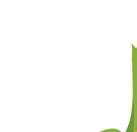

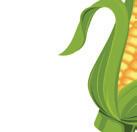
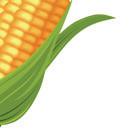



1. Circle the correct spelling.

2. People around us help us in many ways. Look at the pictures and circle the correct words.
/ Postman







Words we use in place of naming words
We use some words in the place of naming words.
We use I, you, he and she when we talk about one person. Remember! Naming words tell us the names of people, places, animals and things.

My name is Kajal. I like to read. Ram is a boy. He likes to play. Sia is at school. She is drawing.
We use they and we when we talk about more than one person. Ram and Sia are at school. They like to go there.
My mother, brother and I are going for a picnic. We are packing lunch.
We use it when we talk about an animal or thing. This is a dog. It barks at the man.
1. Fill in the blanks with the words in the box.
Hint Box: We He She It They
a Our dog looks at us. does not bark.
b Doctors and nurses work at the clinic. have white uniforms.
c Zakir Chacha drives an auto. also wears a uniform.
d Ray and I are at school. wash our own uniforms.
e Geetha Aunty likes sarees. dries them in the wind. It
Some words help the doing words. These helping words are added before the doing words.
For example:
• I am playing.
• You are reading a book.
2. Fill in the blanks with is, are or am.
• He/She/It is dancing.
• We are washing our uniforms.
a I writing. b She dancing.
c They sleeping. d It raining. am
3. Tick () the correct words.
a Mother (am / is / are) washing the dishes.
b We (are / is / am) dirty.
c The dog (are / am / is) fast.
d I (am / is / are) ready to race.


Listen Well
Listen to the text here.
Listen carefully to the text. Find the objects and circle them.



Speak Well

Practise speaking here.
Sit with a friend. Tell them about what you do every day.


Think about all the different things you do in a day. Talk about things you do in the morning, at school, after school and at night.




Read the story.
One sunny day, little Arjun and his family go to the park. He walks, skips and jumps happily on his way.
He sees his friend Ananya on the slides. ‘Hello, how are you, Ananya?’ Arjun says with a big smile. Then, Arjun walks, skips and jumps ahead. He sees Mr Patel on a bench. ‘Hello, how are you, Uncle Patel?’ Arjun asks with a big smile.
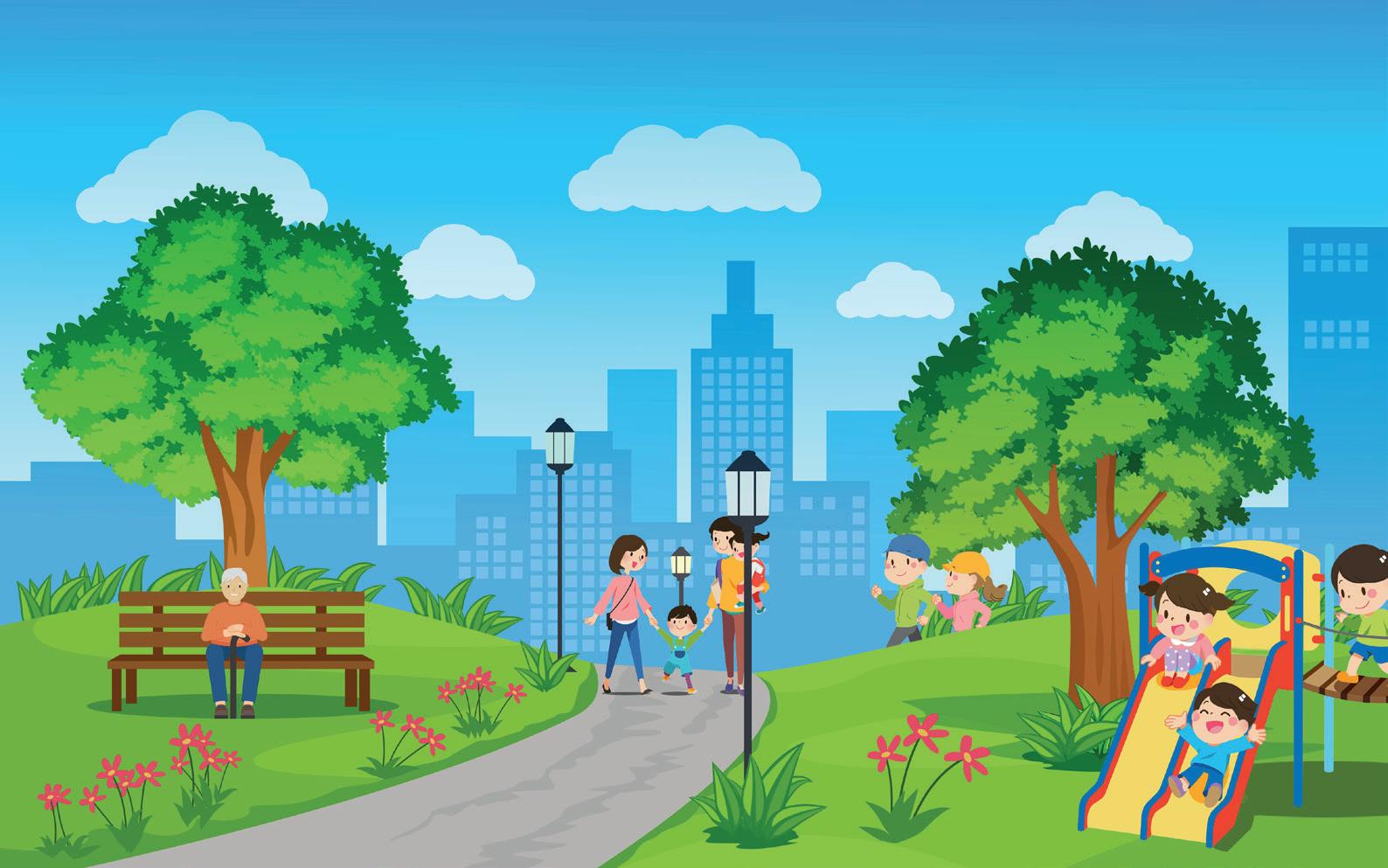
Write two to three lines to tell what happens next in the story.















Go on a fun adventure around your neighbourhood!
What you need for this project:
• A camera or a phone to take pictures
• Your English notebook
• Crayons
Steps
• A glue stick
• A pencil
• Walk around your neighbourhood with your family. Choose three to five places to visit. Pick places that are special to you. It could be a playground, a store, or even a friend’s house.
• Take pictures of the places.
• Print the pictures you took.
• In your English notebook, give the heading My Neighbourhood.
• Paste the pictures and write what you like about each place. For example:
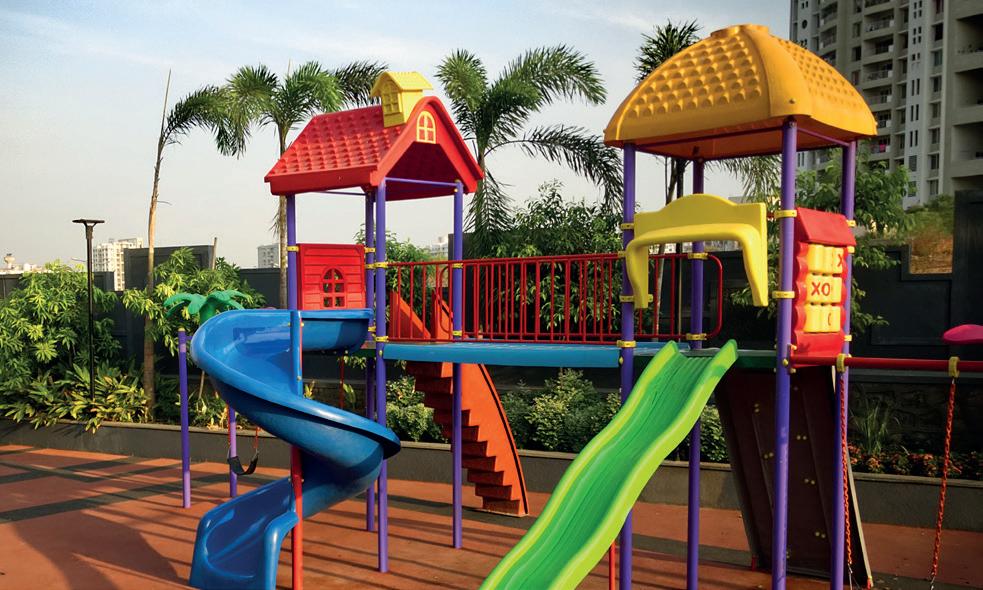
This is a park near my house. I like it because I play many games here.


If you need help with the camera or with writing, ask a family member for help. You can add stickers or drawings to make your project colourful.



1. Underline the naming words.
a Ananya has a cat.
b Vikrant likes to go to the zoo.
c We are going to the park.
d My father has a car.
2. Read each word. Is it a common or a special naming word? Tick () in the correct place.
Naming Words Common Naming Words Special Naming Words
3. Tick () the common naming word for each special naming word.
a Aryan is a naughty (boy / book).
b Delhi is a (city / river).
c Robbie is my pet (cat / fish).


d Happy Kids is a good (school / farm).
1. Rani has underlined some doing words. Colour the smiley if she is right.
a The frogs hop into the pond.
b Mummy goes to the market.
c Rani cuts the paper.
d Jack hits the ball with a bat.
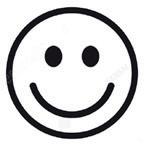
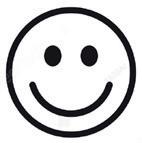


2. Look at the pictures. Fill the blanks with the correct words in the box.
Hint Box: rides cooks waves catches takes
a Dad lunch.
cooks
b Rahul the ball.
c Ram to school.
d Goofy the shoe.
e Lata at her friend.





3. Circle the doing words for the pictures.
tears
1. Fill in the blanks with has or have.
a Manish a book.
b A rabbit long ears.
c They a car.
d I six erasers.






















1. Match the pictures with the words that describe them. brown hair short girl black eyes round face

2. Write the correct describing words.
a The floor is . (wet/dry)
b The leaves are . (green/dry)
c The cake is . (bitter/sweet)
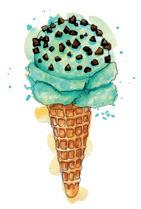
d I like ice cream because it is (hot/cold).
3. Circle the opposite describing word.
a
1. Circle the words used in the place of naming words. Then, match the sentences and the pictures.
They are sleeping
It is blue.
I am baking.
She wears a pink dress. We jump high.
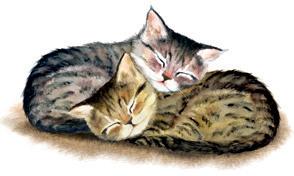
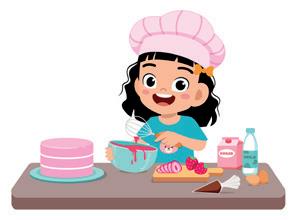
2. Tick () the correct words for the underlined words.
a Tim wants the rice. He She They It
b The mangoes are sweet. He She They It
c Mira likes mangoes. He She They It
d The rice is sticky. He She They It
e Tim and Jim are friends. He She They It

1. Look at the picture. Use is, are and am before the action words.
a I riding a bicycle.
b Ram and Raj climbing.
c There a bird in the tree.
d Ria sliding down.
e We having fun!
Name of the Student:
Class: 1
Roll Number:
Section:
Date:
Section – A (Reading and Vocabulary)
1. Read the story and answer the questions.
Veena and Vinay are in the garden with Dad. They are painting the gate. He gives them brushes and asks them to choose their colours. Veena picks red and Vinay picks green.
They paint the gate. They dirty their clothes. They help their Dad clean up. Their mother comes out. She sees the colourful gate, and smiles, saying, ‘Beautiful work, my children! Go and change your clothes.’
The family is happy.
a Write T for True and F for False.
i Veena and Vinay are in a park.
ii Vinay paints the gate green.
iii The children help their Dad clean up.
iv The window is colourful.
b Fill in the blanks.
i Veena and Vinay the gate.
ii They their colours.
iii The mother out and sees the gate.
iv Mother said, ‘Go and your clothes.’

c Read the words aloud. Circle the words that sound the same as the first word.
i paint plate faint pin
ii gate date got kite
iii red rod bad bed
iv green bin clean grass
2. Read the sentences. Underline the names of people, places, animals or things.
a Vinay and Veena paint the gate.
b There are colourful flowers in the garden.
c Father gives them big brushes.
d The children change their dirty clothes.
e Mother says the gate looks pretty.
3. Look at the pictures. Use a word to describe the pictures.
Section – C (Writing)
4. Look at the picture. Write six sentences about it.
a The friends .
b The sun .
c The bird .
d The butterfly .
e The flowers .
f A girl and a boy .

















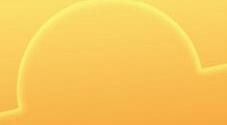




































































Rahul and Riya love their pet dog and cat.
The dog and the cat hide in different places.
Position
Have a look at where they hide!
The cat is behind the wall. The cat is on the table. The dog is under the table.
Let us understand more about these positions.
Behind-In Front of, Inside-Outside
Let us look at the position of the cat. The dog is outside the house.
BEHIND IN FRONT OF OUTSIDE INSIDE

Example 1: Write down the position of the girl.
The girl is BEHIND the box.
The girl is IN FRONT OF the box.
Before–After-Between
Raj and Sahil are standing in a line. Let us understand their positions.
Raj is standing before Sahil.
Sahil is standing after Raj
Before After
Another friend Rita comes and stands before Raj.
Now what are the positions?
Rita is standing before Raj.
Sahil is standing after Raj.
Raj is standing between Rita and Sahil.
Before Between After
Top-Bottom, On-Under, Above-Below, High-Low Look at the monkeys in the tree.
The cat is on the table.
The dog is under the table.
Example 2: Label the positions.
The cloud is above the buildings. The buildings are below the cloud.

Rahul and Riya were playing near the tree. Where are they now?
Near means close to a thing. Far means away from a thing.
A girl was cleaning her room. Look at the 3 toys that were near her.



The girl went out and saw 3 trees. They were far from her.
Left and Right
What is on the left? What is on the right?
The house is on the LEFT. The shop is on the RIGHT. Shop
We can use left, right, up and down to find ways on a map.
Orange to yellow 1 step left
Orange to grey 1 step up
Think and Tell
How many steps will you go right from purple to reach blue?
Orange to brown 1 step down






Orange to green 1 step right
















Look at the pictures. Match the same positions. One is done for you. Do It Yourself 1A
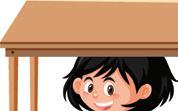






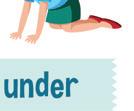


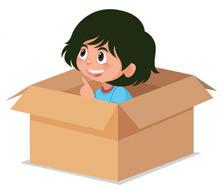
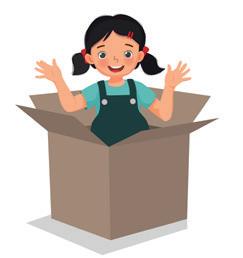

outside, inside
high, low
Look at the picture and circle what is in between.
right, left
bottom, top


Draw a flower pot on the left and a house on the right of the big tree. Fill in the boxes with directions. (down, up, left, right)






Have you ever been to a zoo? What do you do to show respect to the animals in the zoo?
Rahul and Ria went to the zoo. They saw animals of different sizes.
Big and Small
Look at the 2 animals.
The lion is big.
Now, there are 3 big animals.
The mouse is small.
An ostrich�s brain is smaller than its eye.
Long and Short
Let us look at 3 long branches.







Let us look at 3 small animals.





Here, the branch is long and the snake is short.
Let us look at 3 short snakes.







Tall and Short
There were many trees in a zoo. They were of different sizes.
These are 3 tall buildings.
Example 3: Write short, shorter and shortest.
These are 3 short plants.



Thick and Thin


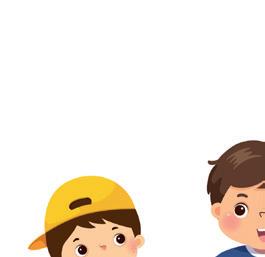




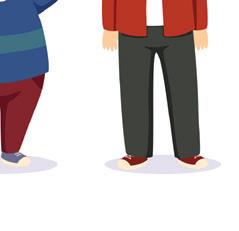

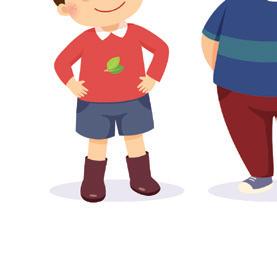
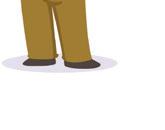



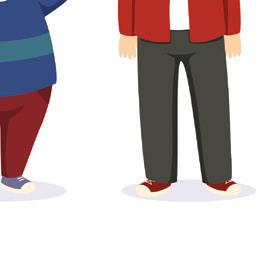


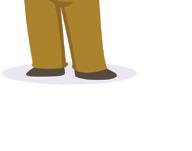
Priya went to a bookshop. She saw books of different sizes. The blue book is thin. The yellow book is thick.





















Example 4: Look at the trees. Mark them as thick and thin. ur the bigger object. One is done for you.








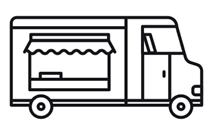

Circle what is tall. One is done for you.






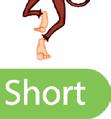








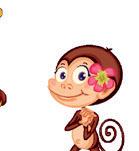










A thick pencil is given. Draw a thin pencil.

Riya and Rahul had to clean their room. Riya picked up a balloon easily. Rahul could not pick up the toy bag.
The bag is heavy. The balloon is light.

















Example 5: Circle the light object. Circle the objects which are light.
The bag is heavy. The book is light.





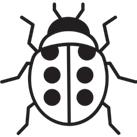
4 There are three boxes. Misty carries one box. Daniel carries two boxes. Who is carrying more weight?
Lab Experiential Learning & Collaboration
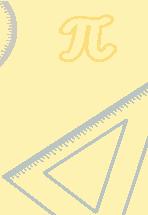
Aim: Sort things into big-small and heavy-light. Things required: Objects in the classroom/surroundings which are easy to carry. Example: bags, books, chair, chalk, crayon box etc.
Setting: 4 people in a group.
What to do?
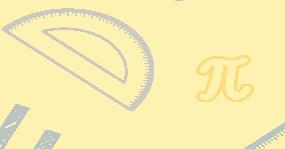

1 Each child will collect 2 objects from the surroundings.
2 Come back to the group after collecting the objects.
3 Sort the objects into: • Big and small


Chapter Checkup

Match the ball with its position. 1

and light

Look at the pictures. Colour the tallest.
b Look at Sara�s room. She keeps it clean. Write True or False.



a The ball is under the sofa.
b Some toys are in the box.
c The books are on the shelf.
d The drum is on the sofa.
















a Sumit is standing Rashi.
b Rhea is standing Hira and Samir.
c Samir is standing Rhea.
Look at the picture. Circle the thick book. Cross out () the light book.
Look at the picture. Circle the bench near the tree. Cross out () the bench far from the tree. 6





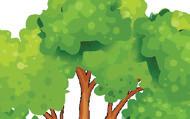



























Look at the picture. Draw a plant shorter than this boy.





















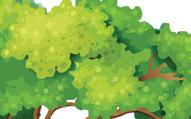





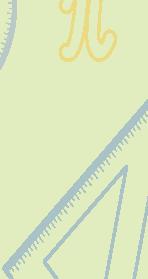
1 A rocket is flying up in the sky and a submarine is inside the water. Fill in the blank with high or low. The rocket is . The submarine is .

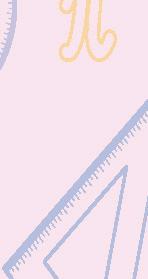

Makar Sankranti is a festival of kites celebrated every year in January. Jia, Mohit, Ronit and Rahul are flying kites with their father. Look at the picture and answer the questions.
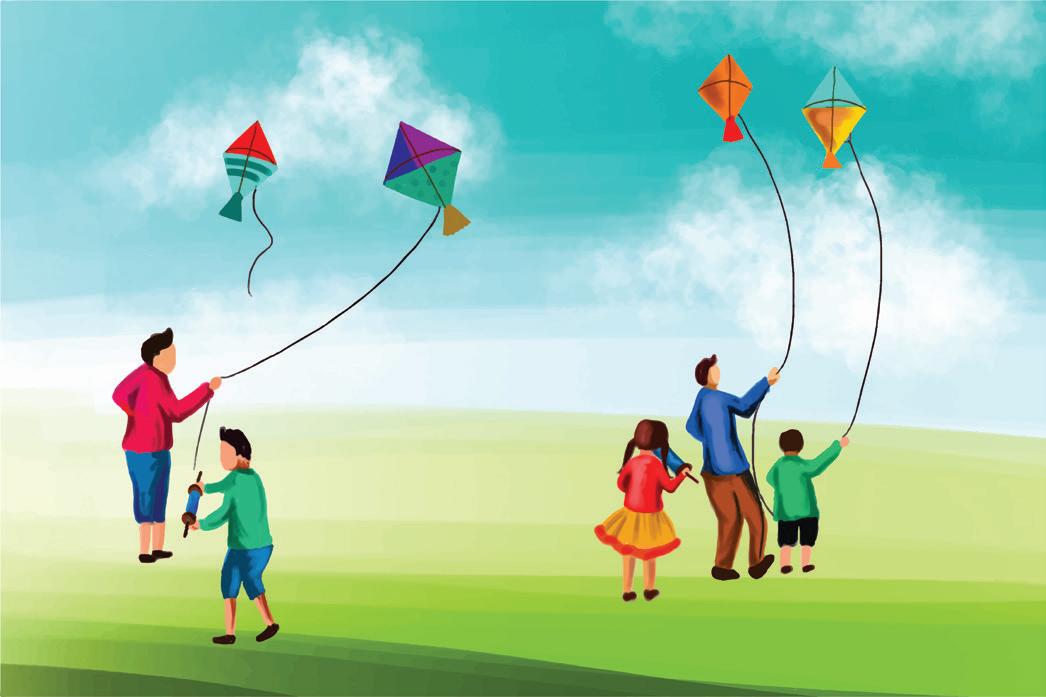


1 How many kites are flying?


2 Who is the farthest from the father?
3 Who is standing behind the father?

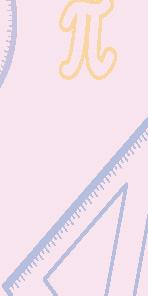
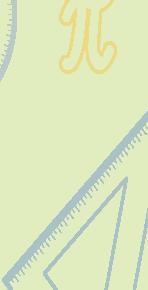
4 Do you fly kites? What are the things that you need to keep in mind while flying kites?
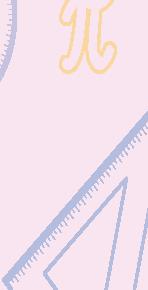





















































































Jiya loves going to her art class.
One day, Jiya reached her class early. Her teacher gave her some work.
Count the number of children when they come.
Jiya was waiting for the other children to come.
Yes, ma�am.
Let us help Jiya count the number of children who are coming to the class.
1 child
Prisha joined. Now there are 2 children.
Bani joined. Now there are 3 children.
Aarav joined. Now there are 4 children.
Joy joined. Now there are 5 children.
Kartik joined. Now there are 6 children.

Neha joined. Now there are 7 children.
Rohit joined. Now there are 8 children.
Raj joined. Now there are 9 children.
There are 9 children in the class.
Let us help Jiya give 1 pencil to each child.
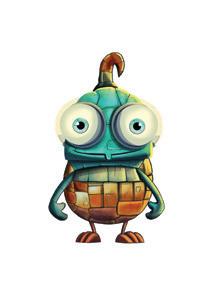
These are numbers from 1 to 9.
Example 1: Count the objects and circle the correct number.

















































Let us learn to write numbers in words or as number names.







































































nt the number of objects and colour the dots.
Count and write the number of things.









4 Write the numbers. Draw objects to show the number.

Zero and Ten
Zero
There are 6 oranges in basket A, while basket B is empty. We use ‘0’ to show nothing. We read it as ‘zero’.
Basket A Basket B
Example 2: Count and write the number of apples on the plate. Remember!

The Number 10
There are 9 children in the art class. One more friend joined. So, there are 10 children now.
10 is written as ten in words.
10 things can be shown in one bundle like this: Example 3: Circle the group of 10 balloons.






















Circle the things that are 10.
Count and write the number of things.
Write the number name of 10. Draw objects to show the same.
pencils pencils pencils Draw the remaining beads to make 10 in each string.
Numbers 11 to 20
Let us now count the numbers above 10.
Counting up to 20
We know numbers up to 10.

Let us count numbers up to 20.
Numbers 11 to 20 as Tens and Ones
Let us count till 20 by making bundles of 10. We have 10 crayons.
We can make a bundle of 10 by putting them in a box.
1 box of crayons = 10 crayons = 1 ten. = one
Let us read the tens and ones in numbers from 10 to 20.
We can write the numbers from 11 to 20 in words.
1 ice-cream stick 10 ice-cream sticks in a bundle 1 ones 1 tens
Let us see how to write the number names for numbers from 10 to 20. 1 tens 1 ones = 11






















Count and write the correct number, using tens and ones.
tens ones Do It Yourself 2C
Write the number names.

19

b 17



































Write the numbers for the given number names. a Twenty b Thirteen c Sixteen d Eighteen
It is festival time!
Shobha is excited to meet her cousins.
Shobha: How can I help you mother?
Mother: You can help me count diyas and sweet boxes.
Shobha: Do both things have the same number?
Mother: Shobha, can you arrange the diyas?
Shobha: Yes.
Mother: Put 20 diyas.
Shobha starts counting. 1
This is called forward counting.
Shobha then starts counting from 20 and moves backwards.
This is called backward counting.







Mother: No, count and tell me which one is more. Forward and backward counting helps us in comparing and arranging numbers.
Example 4: What is the missing number? Write if you count forward or backwards.
a 5, 6, 7, 8 b 19, 18, 17, 16
We count forward. We count backwards.
Before, Between and After
Let us understand before, between and after with the help of numbers.
15 is before 16
The number before is 1 less than the given number.
16 is in between 15 and 17.
17 is after 16
The number after is 1 more than the given number.
Example 5: Write the number that comes after 19.
Look at the number strip.
20 comes after 19.
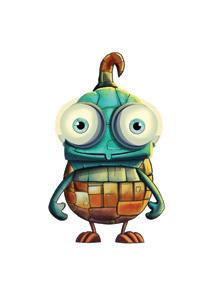
Always count in order: 1, 2, 3, 4, 5, 6 1, 3, 4, 2, 6, 5
Using the Number Strip
Shobha is packing laddoos in boxes. She packs 9 laddoos in one box and 12 laddoos in another box. 9 laddoos 12 laddoos






















Let us see which box has more laddoos?
12 is after 9.
So, 12 is more than 9. 9 is less than 12.
Example 6: Look at the pictures. Circle the box that shows the number that is less.
4 is before 6. So, 4 is less than 6.






















Count and write the next
a 1, 2, 3, 4, b 11, 12, 13, 14, c 19, 18, 17, 16, d 10, 9, 8, 7,

Fill in the missing
Animals have different number of legs. A cat has 4 legs, a spider has 8 legs and a crab has 10 legs. Which animal has the most legs?
Use the number strip to colour the biggest number.
Ordering Numbers
Mother: Shobha, how can you arrange these diyas?
Shobha: I can try arranging them as per their size.
Ordering Smallest to Biggest
Shobha arranged the diyas from smallest to biggest. Let us understand arranging from smallest to biggest with the help of numbers.
Arrange the numbers 6, 9 and 4 from smallest to biggest.
1. Mark the numbers on the number strip.
2. Count forward to arrange the numbers from smallest to biggest. Smallest to biggest
The numbers from smallest to biggest are 4, 6, 9.
Example 7: Arrange the numbers from smallest to biggest: 16, 19, 11, 8.
Mark the numbers on the strip and count forward
to biggest
The numbers from smallest to biggest are 8, 11, 16, 19.

Shobha arranged some other diyas from biggest to smallest.
Let us understand arranging from biggest to smallest with the help of numbers.
Arrange the numbers 8, 15 and 10 from biggest to smallest.
1. Mark the numbers on the number strip.
2. Count backwards to arrange the numbers from biggest to smallest.
Biggest to smallest
The numbers from biggest to smallest are 15, 10, 8.
Example 8: Arrange the numbers 15, 6, 10 and 18 from biggest to smallest.
Biggest to smallest
The numbers from biggest to smallest are 18, 15, 10, 6.





















Do It Yourself 2E

1 Arrange the things from smallest to biggest. Write 1 below the smallest object, 2 below the bigger one, and 3 below the biggest one.
2 Match the following such that the numbers are arranged from smallest to biggest. a 13, , 15 14 b 17, , 19 12 c 11, , 13 9
8, , 10 18
3 Use the number strip to write the numbers from biggest to smallest.
1 2 3 4 5 6 7
a 4 to 1 b 7 to 3 c 9 to 5 d 18 to 14
4 Heena, Seeren and Hira are on the beach. Heena picks up 16 empty bottles, Hira picks up 10 and Seeren picks up 13 bottles. They put them in the dustbin to clean the beach. Arrange the numbers from smallest to biggest.
5 Count the number of letters in the following names and arrange the names from smallest to biggest.
KAVYA VISHAKHA NANDINI

More or Less?
Collaboration & Experiential Learning
Things required: Number cards from 1 to 20, 20 objects like pencils, crayons, beads, rajma beans, etc.
What to do?
1 Play this game for 5 rounds. Each pair will get a set of number cards.
2 The cards will be kept face down. Each student picks up one card.
3 Count and make the numbers with the help of the objects.
4 Who has more and less?


5 The child who gets more big numbers in 5 rounds, wins!

Connect the dots by joining numbers from 1 to 20.
Match the pictures with the correct number of dots.
Count and write the numbers.
Look at the given number. Colour that number of objects.
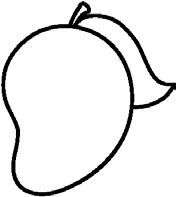







Colour the objects and write the numbers and their number names.

Colour the object with the bigger number red and with the smaller number blue.


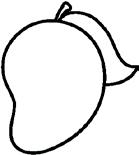

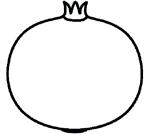

Sneha says that the biggest number among 9, 16, 10 and 6 is 10. Is she correct? Which is the smallest number?

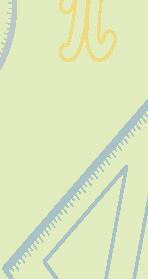


Jhanvi and Karan are playing hopscotch in the garden. Look at the picture and answer the questions.


1 What is the highest number in the hopscotch? a 10 b 11 c 20 d 17

2 Which number is after 19?
3 The number is between 13 and 15.
4 Arrange the numbers from biggest to smallest.

5 Do you play hopscotch with your friends? What should you keep in mind while playing with your friends?





















































































Pihu went to a fair with her mother.
She bought a teddy bear. Then, Pihu got a ball. So, Pihu has and 1 toy
Counting Forward to Add
Pihu: I want some more toys.
Mother: Let us get them!
Adding One
Pihu also bought a doll.
Let us understand this with the help of a number strip.
There were 2 toys. We circle 2 on the number strip.
Pihu got 1 more. So, we jump 1 step forward.
Remember!

When we add 1, we always get 1 more. We get the number that lies after, when we add 1.
1 more than 2 is 3.
Example 1: Rohit has 4 pencils. He got one more. How many does he have?
Adding More Than One
We saw Pihu has 3 toys. Now she buys two more for her brother. How many does she have now?
3 toys and 2 toys makes 5 toys
Pihu has 5 toys altogether. Let us look at this on the number strip.
Circle 3. Jump 2 steps forward. We reach 5.
Pihu and her brother have 5 toys altogether. They thank their mother for the toys. It is nice to be thankful.
Writing Addition Sentences
Let us write the addition sentence for 3 toys and 2 toys.
The addition sentence is 3 + 2 = 5
Adding Zero
Mother: I have some apples in my basket.
Pihu: My basket is empty.
Mother: There are no apples in your basket. So, there are 0 apples. and is 4 pencils and 1 pencil is 5 pencils.

Let us add to find the total number of apples in both baskets.

When we add 0 to a number, we get the same number as the answer.






Brahmagupta, an Indian mathematician explained addition with zero.
















It Yourself 3A
On her birthday, Leela distributed food equally among her two house helpers. Find the total. Write the addition sentences.
Pihu is excited! She is going to the orchard with her mother to pick apples.
Let us help her by adding the number of fruits both of them pick.
Order in Addition
Pihu had 3 apples in a basket and her mother had 5 apples in a basket. How many apples were there?
Now, if we change the order:
So, in both cases, the answer is the same. and and

Example 2: Look at the pictures. Count the ducks and the frogs.
3 + 2 = 5 2 + 3 = 5
In both cases, we get 5 as the answer.
Addition Facts
The addition facts of a number are addition sentences that give the same number as the answer.
Addition facts of 3: Two numbers that add up to give 3 as the answer.
0 = 3
We get 3 as the answer each time.
Example 3: Write the addition facts of 2.
We get 2 as the answer each time.






















Change the order.
Draw dots on the dice to add.
Write 3 addition facts of 6. Draw circles to show the numbers.
Adding Numbers
One day, Pihu and her mother bought 3 cupcakes from a cake shop. Her father got 3 more cupcakes from another shop.
How many cupcakes are there? Let us look at one way to add them.
Let us learn another way of adding.
Vertical Addition
This can also be shown by writing the numbers one below the other.
Adding Three Numbers
Let us now learn how to add 3 numbers.
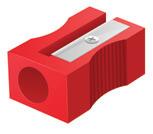








Example 4: Find the total number of trees.
There are 2 oranges and 4 apples. How many fruits are there?
Number of oranges 2
Number of apples 4 6
There are 6 fruits in all. +
Example 5: A girl had 2 red pencils and 3 blue pencils. How many pencils are there in all?
2 red pencils + 3 blue pencils = 5 pencils. Or
Number of red pencils = 2
Number of blue pencils = + 3
There are 5 pencils in all.






















We should feed birds and animals. Rita feeds birds grain every day. On a day, Rita feeds 3 crows and 5 sparrows. How many birds did she feed in all?
4 Cross Curricular Math Lab
A coop or pen is a place where chickens are kept. Ramesh had 5 chickens in one coop and 4 chickens in another coop. How many chickens did Ramesh have?
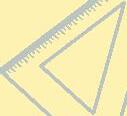
Things required:
• Number cards 0 to 9.
• Beads in two colours (red and blue), string.
Setting: Play in groups of 3.

What to do?
1 Each group to get the number cards and beads.
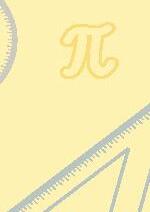
2 One child will arrange the cards in such a manner that their sum must be 8.
3 Child 2 will show the addition shown by the cards on the beads.
4 Child 3 will check both the number cards and the number beads for the addition.
5 The first group to show the correct addition using both the cards and the beads, wins. Repeat for addition rules for more numbers.


Chapter Checkup
Use the number strip to add the numbers. 1
1 + 8 =
1 + 6 =

7 + 1 =
2 + 4 =
Fill in the blanks with the correct number. 2
Write true or false. 3

Add the numbers. 4
Which of these are addition facts of 6? Colour the boxes in blue.
Add the numbers.
Create a word problem to show addition of 3 and 1.
8 Kanche (Marbles) is one of the most loved game that children in villages play. Mili has won 6 kanche. Rohan won 3 kanche. How many kanche did they win in all?
9 Harshit has 5 pens. Megha gives him 3 more pens. How many pens are there with Harshit?
Challenge
Critical Thinking

Circle any two numbers together that add up to 9. Hint: The numbers can go across, down or diagonally.





























Ruhaan and his friends are going for a picnic in a bus. Look at the picture and answer the questions.



























































































1 How many kids are there in the bus? a 5 b 6 c 7 d 8
2 There is/are dog/s in the bus.

3 How many girls and boys are there in the bus?
4 Do you go for picnics? Where and how?
5 What you should not do when travelling in a vehicle?






















































































Soni is baking cookies for her friends.
She bakes 10 cookies.
Mona eats 1 cookie.
Can you tell me how many are left now?
There were 10 cookies. Mona ate 1 cookie.
When we take away any number of things, it is called subtraction.
Subtracting One
Let us find out how many cookies are left when 1 cookie is taken away.
There were 10 cookies. Mona ate 1 cookie. We cross out 1 cookie.
This can be written as:
10 – 1 = 9
Total number of things Number of things left Number of things taken away
A minus ‘ –’ sign is used to show subtraction.
Remember!

When we subtract 1 from a number, we get the number before it.
Example 1: There were 8 mangoes on a tree. 1 mango fell. How many were left?
7 mangoes were left.
Example 2: Show 6 – 3 on the number train. We start at 6 and move 1 step back. Do this 3 times.
–1 –1 –1






We get 3. So, 6 – 3 = 3.

















Look at how many things are taken away. Write how many are left. 3
Draw a number strip and fill in the blanks.
a 6 frogs, 2 jumped away, left b 7 ice creams, 4 eaten, left
Heena is counting the oranges she has in her basket. She wants to share the oranges with her friends. It is good to share.
There are 7 oranges in a basket. Heena takes away 6 oranges. How many are left?

When we subtract the number before, we always get 1.
There is only 1 orange left now.
Let us subtract 6 from 7 on a number strip.
We start at the bigger number—7. We count back 6 times. We get 1. 7 – 6 = 1
Subtracting a Number from Itself
There are 5 birds on a branch. All the birds flew away. No bird is left on the branch.
Example 3: There are 4 seashells. Tina takes away all the seashells. How many are left?
Remember!































































5 – 0 = 5

















































































































Subtracting Zero







































There are 0 seashells left. 4 – 4 = 0
































Subtraction Facts of Numbers









When we take away the same number of things, we get 0.
1 – 0 = 1 1 – 1 = 0








































Subtraction Facts of 3






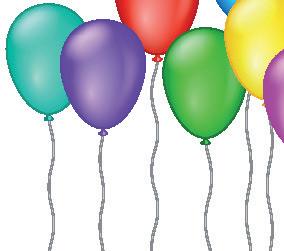













There were 5 balloons. 0 balloons burst. How ma
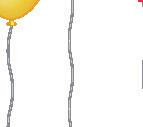








Let us look at the subtraction facts of some numbers.
Subtraction Facts of 1 2 – 0 = 2 2 – 1 = 1 2 – 2 = 0
Subtraction Facts of 2
Subtraction Facts of 4














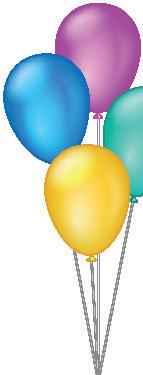
When we subtract 0 from a number, the number itself is the answer.






Think and Tell






If we take away 1 from 3 and add 1 more, how much do we get?














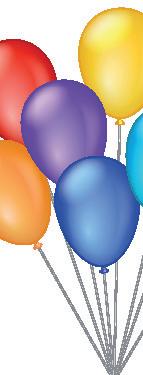










Example 4: Write 3 subtraction facts of 5.




































































































































































































There are 9 butterflies. Cross out 8 pictures to find out how many are left.























































































Subtracting Numbers


There are 9 pears in a tree. 2 pears fall down. Draw a picture to show how many are left.




Write 3 subtraction facts for each of these numbers. 3 a 7 8 b
Diya is planting tree saplings in the neighbourhood park. She had 9 saplings and she planted 8 saplings. How many saplings were left with her? Do you plant tree saplings? 4
Mother bought 7 potatoes from the market. Vertical Subtraction
She uses 4 potatoes for cooking. How many potatoes are left?
We have to find 7 – 4:
1. Write the big number at the top and the small number below. Add a minus sign before the small number. 7 – 4
The big number
The small number
2. Take away 4 from 7.
Take away 4 potatoes from 7. We get:
We can also write it as: 7 – 4 = 3.
Soni bought 5 books. She gave 2 books to her brother. How many were left?
Number of books Soni bought = 5
Number of books she gave away = 2

In vertical subtraction, always write the big number at the top and the small number below: Error Alert!
Shakuntala Devi was known as the human computer because of her fast calculation speed.
Take away 2 books from 5. We get:
Soni was left with 3 books.
Example 5: Ramesh has 7 toys. He gives away 5 toys to his sister. How many toys are left with Ramesh?












Take away 5 toys from 7. We get: Ramesh has 2 toys left.

















Subtract to find out how many are left.

Trisha has 7 cups. She gives 4 cups to
How many cups are left with Trisha?
Makar Sankranti is a kite flying festival in India. Friends and family fly kites together. Meera has 9 kites. She gives 5 kites to Mita. How many kites are left with Meera?
Create your own story problem on subtracting two numbers.
Things Needed:

• 10 mango leaves, thin rope
• 2 clothes clips, marker
Setting: 4 children in a group.
What to do?
























1 Prepare a toran using mango leaves and rope in each group.
2 Mark numbers from 1 to 10 on each leaf using a marker.
3 Two children will hold the ends of the rope tightly.
4 To subtract 5 from 8, the third student places the first clip on 8.
5 Next, the fourth student will count 5 steps backwards from 8 and place the second clip on 3. So, 8 – 5 = 3.

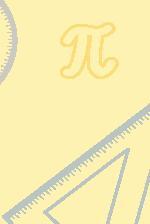
6 Continue the game with other numbers.

Look at the pictures. Circle the correct subtraction sentence.





























































Tick (✓) the subtraction facts that are correct.
Look at the picture. Cross out to show the answer. Fill in the blanks.
6 lemons. Take away 5. left.
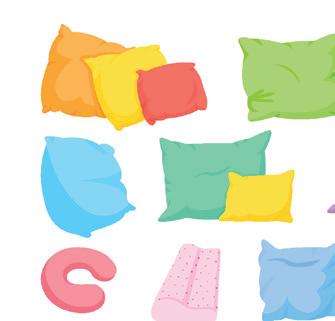


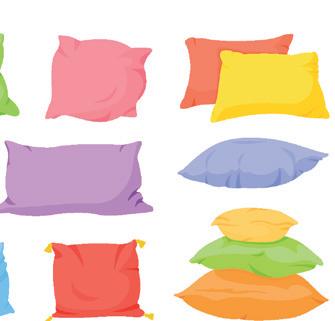


Subtract and fill in the blanks.
















6 lemons. Take away 2. Cross out the cushions to solve. Circle the correct answer.

















8 Langdi or Hopscotch is a game where children jump from one square to another. 7 kids start playing hopscotch. 2 are out. How many children are left in the game?

9 Green chilli or Hari mirch is a common spice used in every Indian household to make curry. They are rich in Vitamin C. Preeti had 7 green chillies. She used 3 green chillies in her vegetable and 1 green chilli in her dal. How many green chillies were left with Preeti?
10 Roy washed 8 plates. Jia washed 7 plates. Who washed more plates? How many more? Do you help with household work? Why should you help?
Challenge
1 Fill in the blank with symbols and numbers.

2 Bhavya puts 9 biscuits on a plate. Her sister eats 3 biscuits. Raanu then puts 4 more biscuits. How many biscuits are there finally on a plate?



Mira loves to go to the park in the evening. Her grandfather takes her to the park every day. Look at the picture and answer the questions.
1 How many children are there in the park?


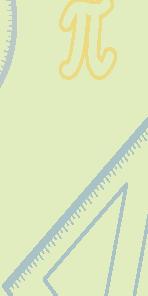
3 Fill in the blanks.

2 There are 2 birds in the park. Both of them fly away. How many are left?
a There is dog in the park.
b There are children on the slide.
4 Do you spend time with your grandparents? How?


5 Draw your own park scene. Creativity & Value Development























































































Mini’s mother baked some cookies.

Mini: Wow, Mummy! These cookies look so different. Yes Mini! I baked them in different shapes and sizes.
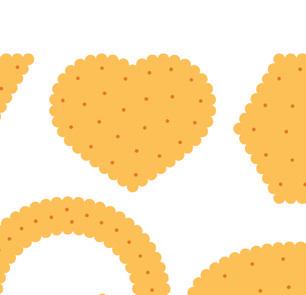

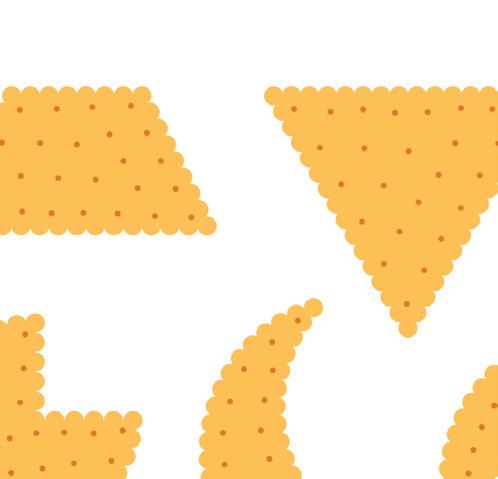
Flat

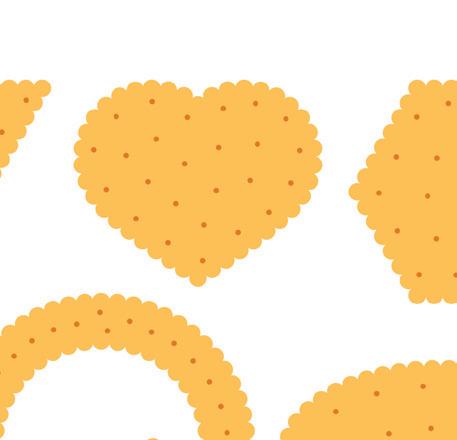

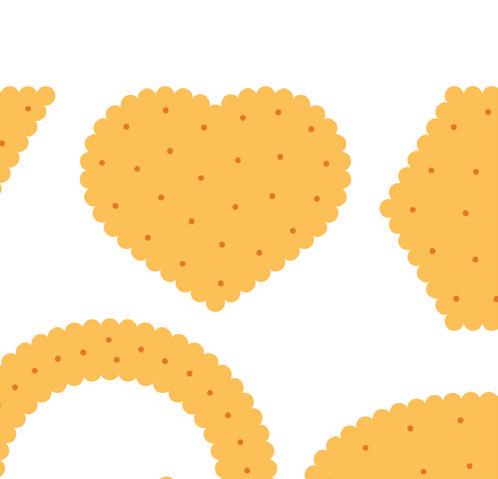
Different shapes? Different sizes? What are those? Let us learn about different shapes and sizes.

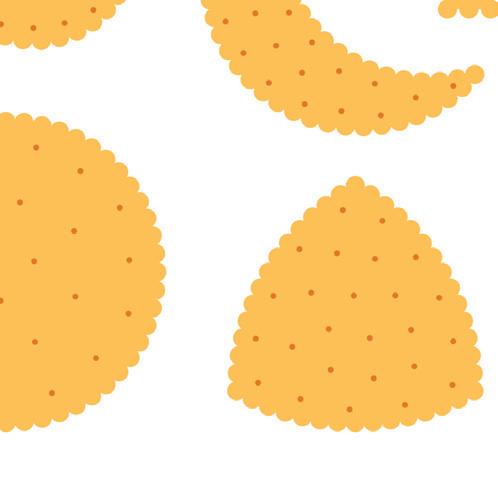
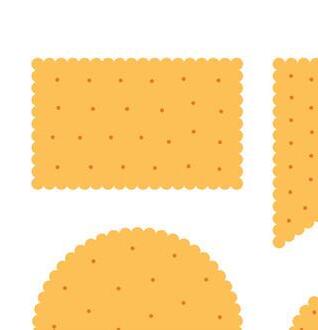


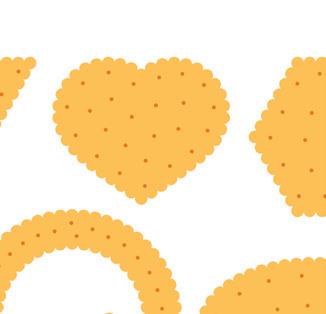
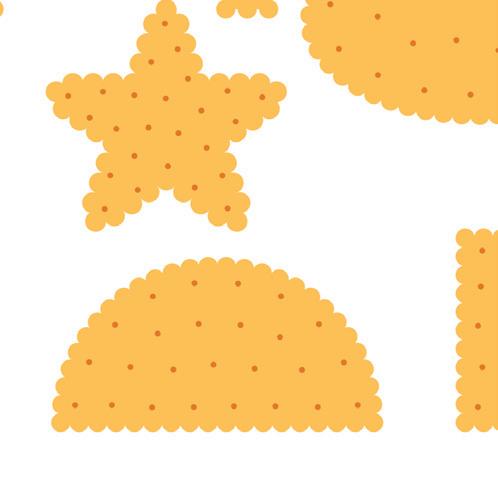
Here are the cookies of different shapes and sizes.



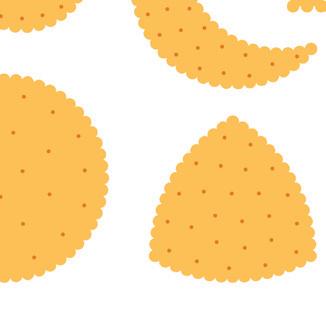

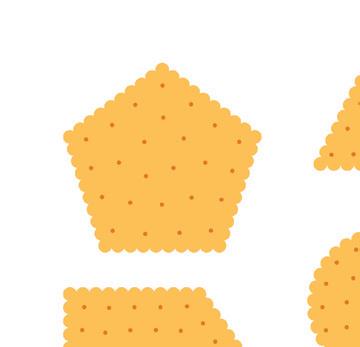

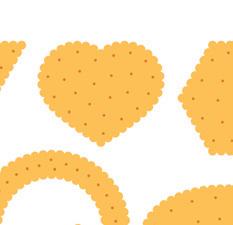



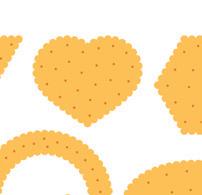
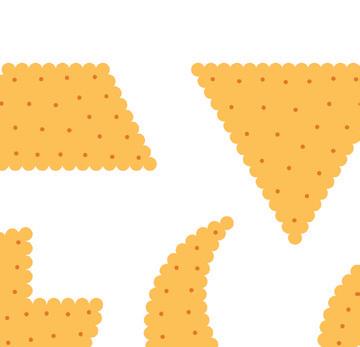
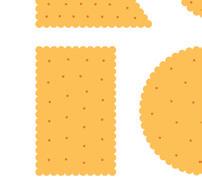
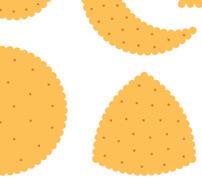

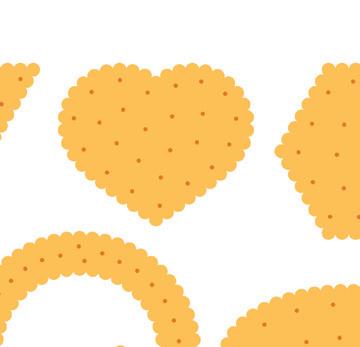



Different Shapes



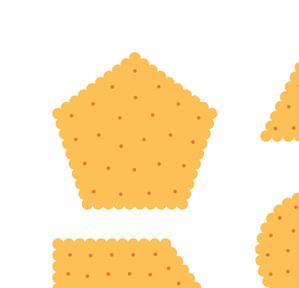




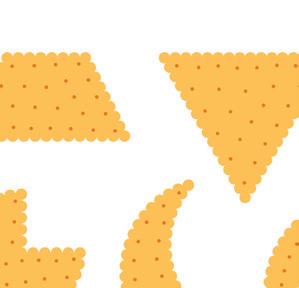

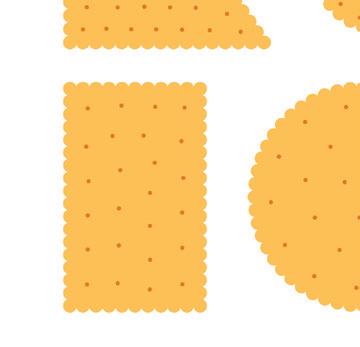
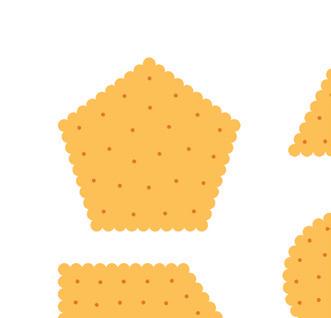
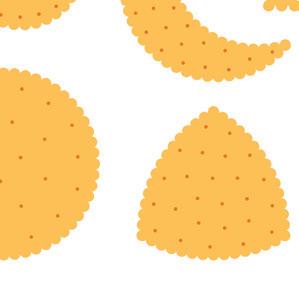
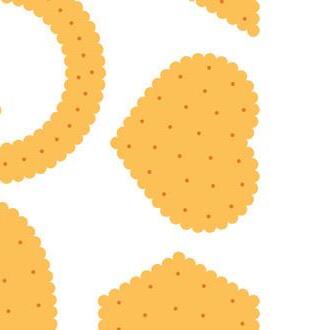


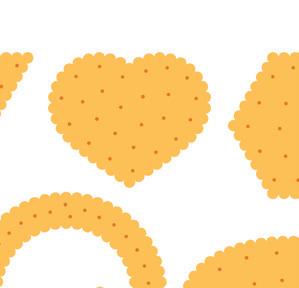
Now let us learn the names of different shapes.

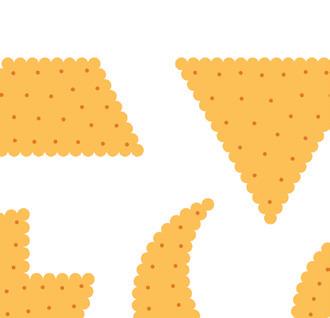
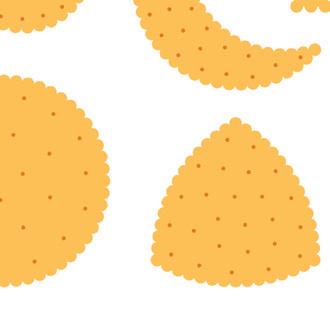

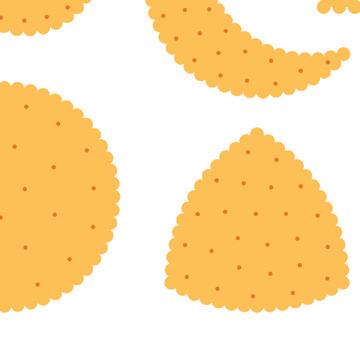

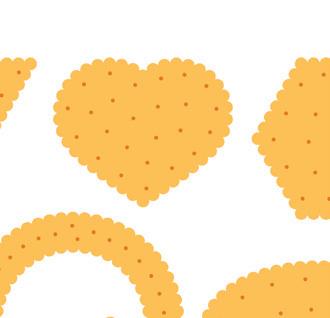

Some cookies are BIG and some are small. They are all of different sizes.


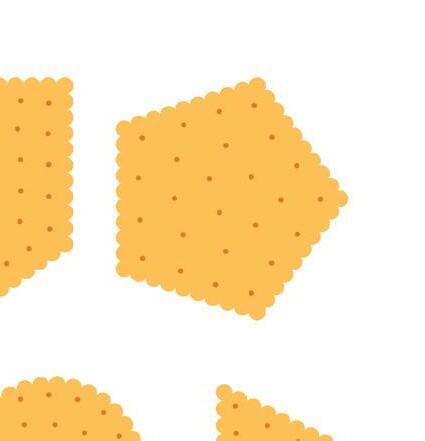
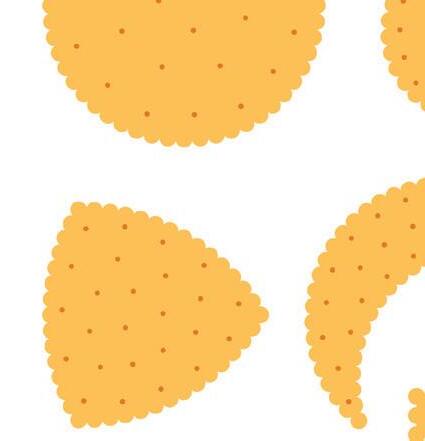


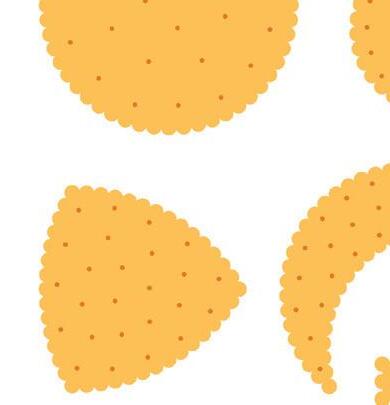
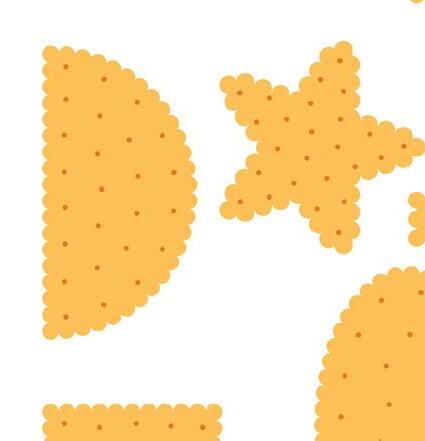




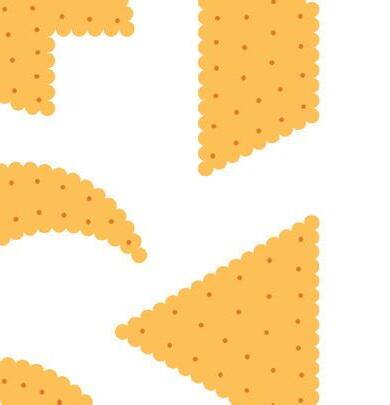
Example 1: Name the flat shape that you see in these things. Circle Rectangle Square Triangle
Look at some things that have the same shape.
Example 2: Tick (✓) the box for things that have the shape of a CIRCLE.










































Colour the shapes as given.
Mini goes to a garden. She sees so many trees and plants. There are two paths to walk on.
These paths look different from each other. Let me tell you how.
Straight lines can be of different types.























Write S if the line is straight. Write C if the line is curved. Name the straight lines as standing, sleeping or slanting.
the shapes that are made ONLY with STRAIGHT lines.
Milli is playing with her blocks.
Milli: I have blocks in so many shapes. I can see squares and rectangles in some of the blocks and triangles in some.
These are some of the blocks. We can hold them. They have a shape. These are called solid shapes.
Solid Shapes

Many things around us have the same solid shapes.
Example 4: Cross out () the odd solid shape.
1 2

Rolling and Sliding
Some solid shapes roll and some slide.
A sphere can roll.
A cube and a cuboid can slide.
A cylinder can both roll and slide.
Sliding Rolling







Things around us are solid shapes. We can touch and hold them.















Do It Yourself 5C

Name the shapes: cube, cuboid, cylinder, sphere or cone.









at the picture. Write the shapes of the things marked.
Sam and Sia are playing in the park. They share turns to play on the slide. Then, they put objects on the slide. Tick () the ones that are rolling down.
Milli’s mother buys a sari.
Milli: Maa, this is pretty.
Maa: Yes, Milli. I really like the pattern on it.
Milli: What is a pattern?
Look at the saree again. Can you see that some repeating shapes on this saree?
We can see red and blue triangles repeating as red, blue, red, blue. Let us look at one more pattern.
Maa: Milli, we see patterns in lots of other things also like: animal skin (cat, zebra), leaves, a beehive, etc.
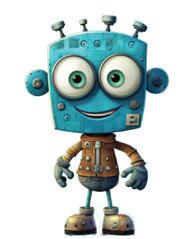
Milli: Maa, I got it. Guess what? I can make a pattern using actions like clapping and snapping my fingers.
Patterns are formed with repeated shapes or colours. clap clap snap snap snap snap

Example 5: Extend the given pattern. Think and Tell
Do you think day and night have a pattern? Did You Know?
Here, the number of triangles is increasing as 1 triangle, 2 triangles, 3 triangles, 4 triangles, 5 triangles and 6 triangles.






We can use thumb prints to create pictures of different animals, birds and flowers.















Do It Yourself 5D

Which of these is NOT a pattern?
Picture 1: Picture 2:
Fill in the blanks to complete the pattern.
a snap, clap, clap, snap, clap, clap, , .
b tap, blink, tap, blink, , .
Colour the next shapes to complete the patterns.
Milli knows how to make patterns now. She has some number cards. She is trying to make a pattern with them. See how she places the cards.

In a repeating pattern, the numbers repeat in an order. Error Alert!
The numbers 1 and 2 are repeating. This is a number pattern. Let us see some examples of number patterns. Example 6: Which is the correct number pattern? Pattern B is the correct number pattern.
























Shapes!
Aim: To create patterns with vegetable prints.
Things required: Different vegetables, white drawing paper, string, water colours
Setting: Groups of 5
What to do?


1 Take two vegetables and cut them into slices.
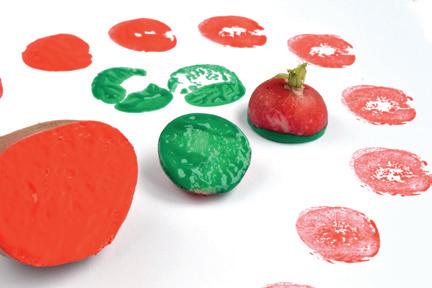
2 Dip the slices in colour and make patterns on the paper.
3 Use these vegetables stamps to make rangoli decorations for your colony or community celebrations.




Write if true or false.










a This pencil box can roll. b This speaker can slide.
Complete the number patterns.
a 2, 3, 4, 2, 3, 4, , , b 5, 10, 15, , , c 22, 21, 20, , , d 2, 5, 8, 11, , ,
Use thumbprints to create a pattern using two different colours.
Challenge
Critical Thinking

Look at the book. Raj puts 4 such books one on top of the other. What solid shape will they make? 1
Real-Life Maths

Sam's Birthday Party!


Value Development & Creativity
Look at the birthday party picture and answer the questions.


1 Name the solid shape of the juice bottle. a cube b cuboid c cylinder d sphere
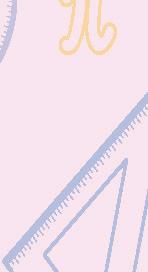
2 Name the 2-D shape made by the plate. a square b rectangle c triangle d circle

3 Count the number of straight lines in the party hats.
4 Sam distributed sweets to the poor in his neighborhood. Do you help the poor and needy around you? How?

5 Draw a picture to show your own birthday party.



















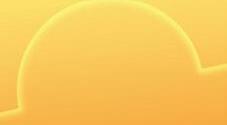




































































Raju’s and Sanju’s mother bought some fruits.
Hi, Sanju! Mother bought 5 bananas.
Yes Raju! She also bought 8 apples. How many apples and bananas do we have altogether?
Let us help Raju and Sanju find the total number of fruits. Put all the fruits together. + 8 apples 5 bananas 8 + 5 = ?
Counting Forward to Add
Start from the number 8. Count 5 numbers forward. We reach 13.

8 + 5 = 13.
So, Raju and Sanju have 13 fruits altogether.
Example 1: There are 7 monkeys in a tree. 4 more join them. How many monkeys are in the tree in total?

We get a bigger number when we count forward to add.
Start from 7. Count 4 numbers forward. We will reach 11.
7 + 4 = 11. So, there are 11 monkeys in the tree.
Raju has 7 umbrellas. Sanju has 6 umbrellas. How many umbrellas do they have altogether?
Step 1: Make a group of 10.
Step 2: Count the umbrellas left.
Step 3: Add 10 and the number of umbrellas left.
10 + 3 = 13 Raju Sanju
Think and Tell
Can you add 2 numbers only by using your fingers?
3 umbrellas 10 umbrellas

The sum is bigger than the numbers added. For example: 10 + 5 = 15 15 is bigger than 10 and 5.
Example 2: Adi has 8 oranges. Om has 7 apples. How many oranges and apples do they have?
Step 1: Put 10 fruits in one group.
Step 2: Count the fruits left.
Step 3: Add 10 fruits and 5 fruits
10 + 5 = 15
So, they have 15 fruits.


























+ 3
























































































Circle to make a group of 10 to add. Fill in the blanks and write the answer.

























































Vertical Addition


Make 10 and add. Write the answer.
























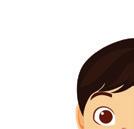


Jiya has 13 clips. Her father bought 5 more clips. How can we help Jiya find the total number of clips? How many clips do I have now?
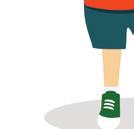

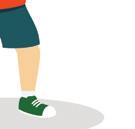





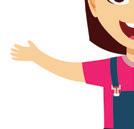





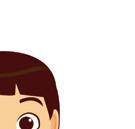




We can write the numbers one below the other and add.
Step 1: Write the numbers as tens and ones.
Step 2: Add the ones. Write below the ones.
Step 3: Bring down the tens.
Step 4: Count the clips to check your answer.


















So, Jiya has 18 clips.
Example 3: Add 14 and 5.
So, 14 + 5 = 19.
Sara has 13 big and 4 tiny seeds to sow. How many seeds does she have in total?
13 + 4 = 17. Sara has 17 seeds.
Example 4: Meena has 15 strawberries. Seema has 1 strawberry. How many strawberries do they have altogether?
15 + 1 = 16. So, they have 16 strawberries altogether.






















Let us help find the number of pencils left with Sanju. Count and add. Do
Add to find the total number of balloons. 1 bunch = 10 balloons
Reading books is a good habit. It increases your knowledge. Misty read 13 pages on Monday. She reads 7 more pages on Tuesday. How many pages did she read in total?
Sanju has 15 pencils. He gives 5 pencils to Ahan. How many pencils are left with Sanju?

We can cross out things to subtract.
15 pencils. Take away 5 pencils.
10 pencils are left.
Example 5: There are 12 cups in the kitchen. Jack uses 5 cups. How many cups are left unused?
12 cups – 5 cups
12 cups. Cross out 5 cups.
7 cups are left. So, 12 – 5 = 7.
We can also subtract by counting backwards on a number line.
Let us subtract 5 from 15.
Start from 15. Count backwards 5 times.
We reach the number 10.
15 – 5 = 10

The number left after subtraction is called the difference.
We can also subtract by writing the numbers one below the other.
Let us subtract 2 from 16.
Step 1: Write the numbers one below the other.
Step 2: Subtract the ones. 6 – 2 = 4
Step 3: Bring down the tens.
Tens Ones 1 6 – 2 1 4
16 – 2 = 14
Example 6: Subtract 5 from 17. Tens Ones
Error Alert!

17 – 5 = 12
Story Sums on Subtraction
Siya has 19 toy cars. She gives 5 toy cars to her brother. How many toy cars are left with Siya?
Ones 1 9 – 5 1 4
19 – 5 = 14. So, Siya has 14 toy cars left.
Example 7: There are 17 apples in a basket. 7 apples are green. How many red apples are there in the basket?
Tens Ones 1 7 – 7 1 0
17 – 7 = 10. There are 10 red apples in the basket.





















































Seed paper is eco-friendly paper with vegetable seeds in them. There are 18 seed papers in a shop. 5 seed papers are sold. How many seed papers are left?
Lab
Setting: The whole class, divided into two teams
Materials: A paper, a pen, and chalk What to do?

1 On the floor, draw a number line up to 20 with chalk.

2 One student from each team to stand on any number on the number line.
3 The teacher will then ask to add or subtract a 1-digit number from the number the player is standing on.

4 The player needs to jump that many numbers forward or backwards to reach the answer. He or she can take the help of his or her team until the other team counts to 20.
5 Every time a player moves to the correct answer on the line, the team gets a point. The team that gets more points, wins the game.
















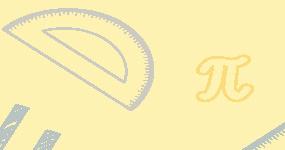




Subtract. Cross out the lines to show the answer.
Tamarind trees are grown for their fruit and shade. Rama planted 18 tamarind saplings. Out of that, 6 tamarind saplings died due to heat. How many saplings are left?
Pattals are dried-leaf plates that do not harm the soil when thrown away. Rama had 20 pattals. 8 were torn. How many pattals could be used?




Mili is celebrating Christmas with her family. Look at the picture and answer the questions.
1 There are 12 bulbs and 1 star on the Christmas tree. How many decorations are there altogether?


2 Mili’s friends and grandparents gave her 10 gifts. Her parents got her 4 more gifts. How many gifts does she have now altogether?


3 In her gifts, Mili found 11 toys. She kept 3 toys aside for her friends. How many toys are left with Mili now? a 3 – 11 = 8 b 11 – 8 = 3
3 – 8 = 11 d 11 – 3 = 8
4 In a gift box, Mili got 18 candies. She gave away 8 candies to children in need. How many candies were left with her?




Name of the Student: Time: 1 Hour
1 Join the dots starting from number 1 to number 20.
2 Fill in the blanks with the words on, in and in front of.
3 Count and write the missing numbers.
Add and subtract.

5 Match the picture with the correct number of tens and ones.
1 tens 3 ones
6 Complete the patterns.
7 Colour the things that roll.
8 Cross out to find the answer. A 10 6 B 12 5






















































1 tens 0 ones
1 tens 5 ones






Do It Yourself 1A
1. a. b. c. d.

2. a. outside, inside b. left, right c. high, low d. top, bottom 3. a. b.
4. Figures may vary. Sample figure: up left right down
Do It Yourself 1B 1. a. b.







2. a. b. c. d.













3. Answers may vary. Sample answer.
Do It Yourself 1C 1. a. b.
2. a. b.
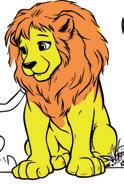
3. Boy 4. Daniel Chapter Checkup
1. a. Outside b. Inside c. In front of d. Behind
Challenge 1. high, low Real-life Maths













2. a. b.

3. a. False b. True c. True d. False 4. a. before b. between c. after
Chapter 2
Do It Yourself 2A 1. a.





4. a. 4 b. 8
Do It Yourself 2B
1. a, c 2. a. 6, 5, 0 b. 6, 4, 0 3. ten
Do It Yourself 2C
1. a. 1 tens 4 ones b. 1 tens 5 ones









1. 4 2. Ronit 3. Jia 4. Answers may vary.
2. a. 5 b. 4 c. 3 d. 9 3. a. six b. eight c. nine d. seven
4. a. Draw 5 beads b. Draw 2 beads c. Draw 6 beads
2. a. fourteen b. eleven c. twelve d. fifteen
3. a. Colour 10 ice creams b. Colour 10 cup cakes
4. a. 20 b. 13 c. 16 d. 18
Do It Yourself 2D
1. a. 13, 14, 15, 16, 17, 18 b. 11, 12, 13, 14, 15, 16
2. a. 5 b. 15 c. 15 d. 6
3. a. 19 b. 8 c. 13 4. Crab 5. a. 19 b. 13
Do It Yourself 2E
1. a. b.
2. a. 14 b. 18 c. 12 d. 9
3. a. 4, 3, 2, 1 b. 7, 6, 5, 4, 3 c. 9, 8, 7, 6, 5 d. 18, 17, 16, 15, 14
4. 10, 13, 16 5. Kavya, Nandini, Vishakha
Chapter Checkup
1.
2. a. b. c. d.
3. a. 4 b. 3 c. 8 d. 5
4. a. 2, 4, 5, 6, 8, 10 b. 12, 13, 16, 18, 19

5. a.




b.




6. a. 12-Twelve b. 15-Fifteen




7. a. 12 17 b. 10 8 c. 9 6 d. 14 12 e. 3 7
8. a. 19 b. 13
9. a. 10, 15, 16 and 16, 15, 10 b. 11, 13, 15 and 15, 13, 11
Challenge 1. Sneha is incorrect. The smallest number is 6. 2. 17
Real-Life Maths
1. c 2. 20 3. 14
4. 20, 19, 18, 17, 16, 15, 14, 13, 12, 11
5. Answer may vary. Sample answer: Yes, we should not push or fight with our friends while playing.
Do It Yourself 3A
1. a. 6 b. 5 2. a. 6 b. 10 c. 3 d. 5 3. a. 7 b. 8
4. a. 6, 3 + 3 = 6 b. 10, 5 + 5 = 10
Do It Yourself 3B
1. a. True b. True 2. 5, 5, 5, 5
3. a. 5 + 3 = 3 + 5 = 8 8 b. 4 + 2 = 2 + 4 = 6 6
c. 2 + 6 = 6 + 2 = 8 8
4. Answers may vary. Sample answer: 4 + 2 = 6 3 + 3 = 6 2 + 4 = 6 + + +
Do It Yourself 3C
1. a. 8 b. 6 2. a. 8 b. 9 3. 8 birds 4. 9 chickens
Chapter Checkup
1. a. 9 b. 8 c. 7 d. 6 2. a. 4 b. 8 c. 9
3. a. True b. False c. True d. False
4. a. 8 b. 6 c. 9
5. 6 + 0 = 6 4 + 3 = 7 4 + 4 = 8 6 + 1 = 7
1 + 5 = 6 4 + 2 = 6 3 + 3 = 6 1 + 6 = 7
6. a. 10 b. 10 c. 9
7. Answers may vary. Sample answer: Meena has 3 books in her bag. Seema has 1 book in her bag. How many books are there in all?
8. 9 kanche 9. 8 pens
Challenge 1.
Real-Life Maths
1. a 2. 1 dog 3. 2 girls and 3 boys
4. Answer may vary. 5. Answer may vary.
Do It Yourself 4A 1. b 2. a. 6 b. 1 3. a. 5 b. 3 4. a. 4 b.
Do It Yourself 4B
1. 1 butterfly
2. Picture may vary. Sample picture.
– 8 = 0 4. 1 tree sapling was left. Answer may vary.
Do It Yourself 4C
1. a. 4 b. 4 2. a. 2 b. 4 c. 9 3. 3 cups 4. 4 kites
5. Answers may vary. Sample answer: Ritu has 8 mangoes. She eats 1 mango. How many mangoes are left with Ritu?
Chapter Checkup
1. 6 2. a. 6 – 3 = 3 b. 8 − 5 = 3 c. 7 – 5 = 2 3. b and c 4. a. 4 b. 3
5. a. 1 b. 4
6. a. 4 b. 1 7. a. 4 b. 6
8. 5 children 9. 3 green chilly 10. Roy washed one more plate than Jia. Yes, answer may vary.
Challenge 1. 9 – 3 – 1 = 5 2. 10 biscuits
Real-Life Maths
1. a 2. a 3. a. 1 b. 2 4. Answer may vary. 5. Pictures may vary.
Chapter 5
Do It Yourself 5A
1. a. b. c.
Triangle b. Circle c. Rectangle
3. a. S, sleeping line b. C c. S, slanting line d. C
4.
Do It Yourself 5C
1. a. Sphere b. Cube c. Cuboid d. Cylinder e. Cone 2. a. Cuboid b. Cylinder c. Cone d. Sphere 3. Apple, Pencil, Ball
4.
Do It Yourself 5D
1 Picture 2
2. a. snap, clap b. tap, blink 3. a. b. c.
4. a.
Do It Yourself 5E
1. b and c 2. a. 3 b. 10 c. 12 3. a. 5, 6 b. 5, 6 c. 13, 15 d. 20, 24 4. 28 spots, 35 spots Chapter Checkup
1. a. b. 2. a. Squares—2 b. Triangles—5 c. Circles—2 d. Rectangles—1
3.
4.
5. a. Cylinder b. Cuboid c. Cube d. Cone 6. 2
7. We drew curved lines.
8. a. False b. True
9. a. 2, 3, 4 b. 20, 25, 30 c. 19, 18, 17 d. 14, 17, 20
10. Figures may vary. Sample figure:
Challenge 1. Cuboid Real-life Maths
1. Cylinder 2. Circle 3. 10
4. Answers may vary. 5. Figures may vary.
Do It Yourself 6A
1. a. 8 + 3 = 11 b. 7 + 6 = 13 2. a. 12 b. 14
3. a. 10 + 2 = 12 b. 10 + 1 = 11
4. a. 5 + 8 = 13 b. 9 + 8 = 17
Do It Yourself 6B
1. a. 10 + 6 = 16 b. 11 + 2 = 13
2. a. 16 b. 18 3. a. 16 b. 19 c. 17 4. a. 18 b. 19
c. 19 5. 20 pages
Do It Yourself 6C
1. a. 6 b. 4 2. a. 9 b. 12 3. a. 12 b. 11
4. 13 seed papers Chapter Checkup
1. a. 14 b. 15 2. 19 3. a. 17 b. 19 c. 18
4. 12 5. 10 6. a. 11 b. 15 7. 12 saplings
8. 12 pattals
Challenge 1. a. 20 b. 16
Real-Life Maths
1. c 2. d 3. d 4. 10 candies



Me and My Body
Introduce Yourself Parts of the Body Hands and Legs Sense Organs

Get Set

Read the lines to learn about Vihan.
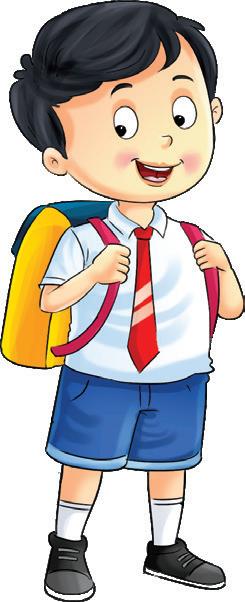
Hello Friends!
My name is Vihan. I am six years old. I am in Class 1. My favourite colour is red.
Let us learn more about ourselves and our body parts in this chapter.

Fill in the blanks.
My name is . I am a (boy/girl).
I am years old. I am in Class .
My birthday is on .
My favourite colour is . Paste a picture of yourself in the box
Our body has many parts. Each body part helps us to do something.
Look at the picture. Read the names of the body parts aloud.
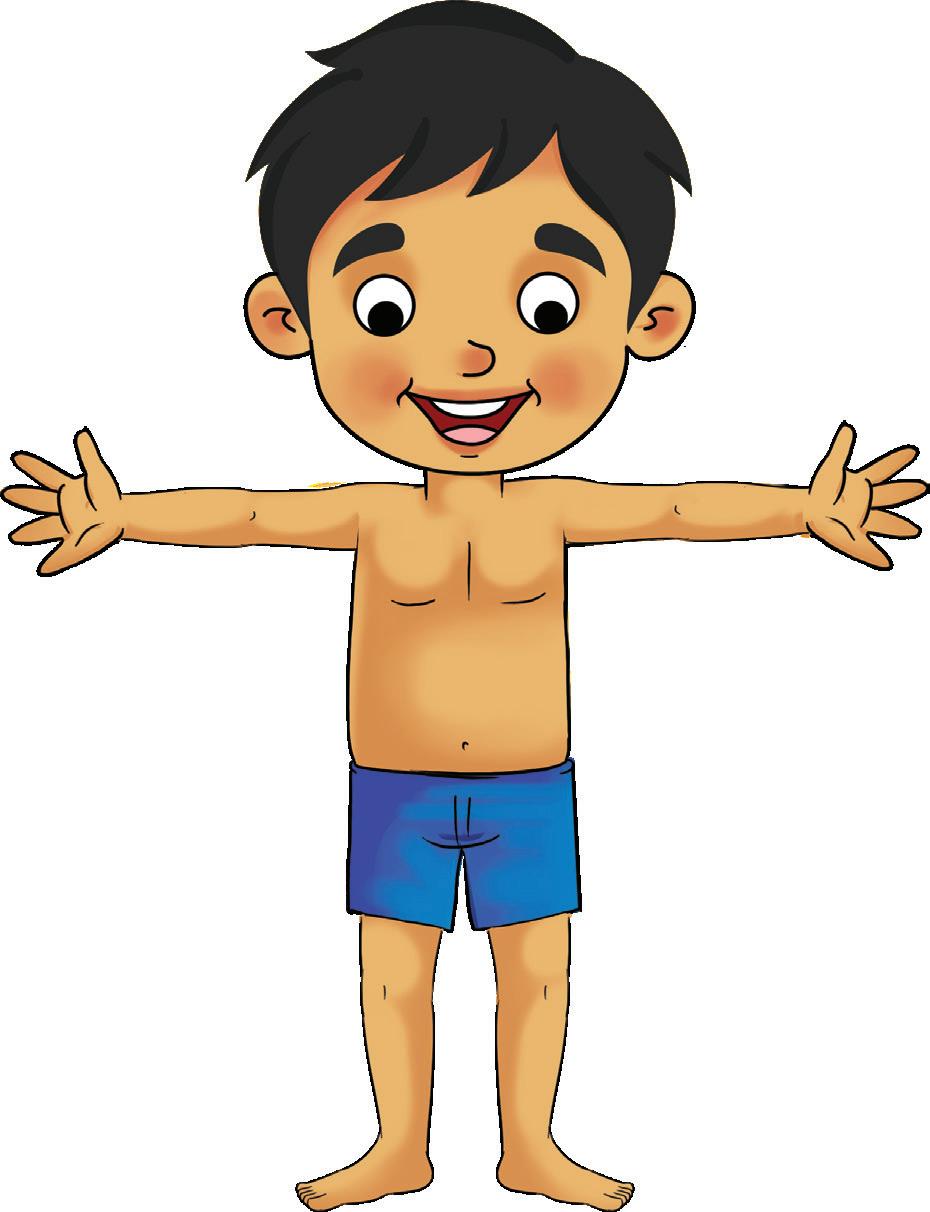
Which is your favourite game? Name any two body parts you use to play this game.

Stand in front of a big mirror and look at yourself. Write the correct number for each body part. One has been done for you.
I have:
2 Eyes Ears
Nose Fingers
Look, read and circle.
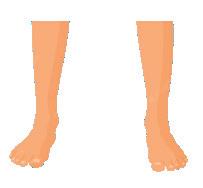
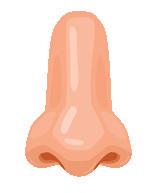
Hands
Legs
We use our hands to brush our teeth, write, eat and hold things.

Brush our teeth Write
hold: keep something in your hand

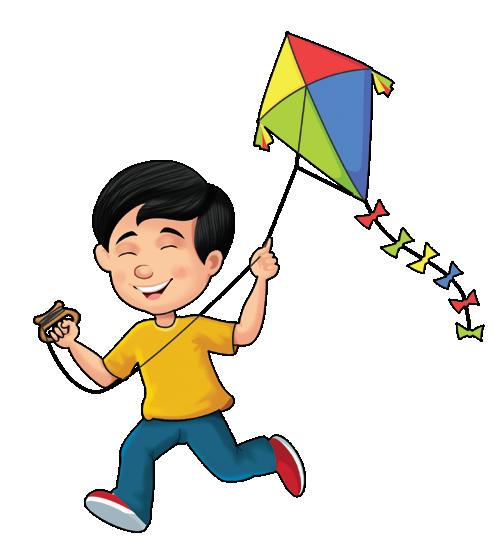
Hold things Eat food

We use our legs to do many actions like walk, jump, kick a ball and run.

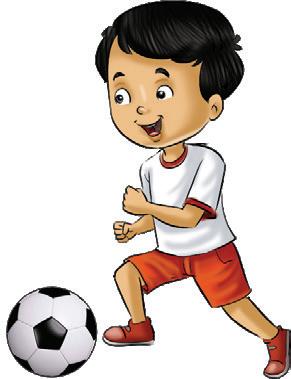
Write three other things you do with your hands and legs in the table given below. One has been done for you.
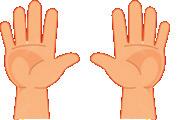

Sense organs are special parts of our body that help us understand the world around us.
We have five sense organs: eyes, ears, nose, tongue and skin.

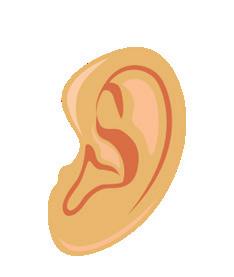

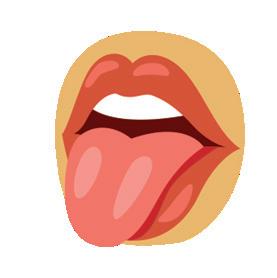

special: different in a good way
We use our sense organs to do different things.
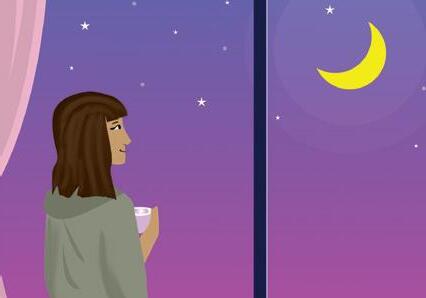
Eyes to see
Eyes: We can see the world around us with the help of our eyes.
Nose: We can smell different scents with our nose.
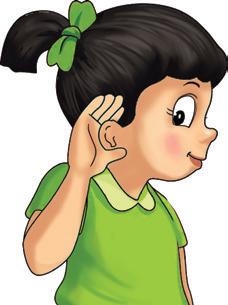
Ears to hear

Nose to smell
Ears: We can hear different sounds with our ears.
Tongue: We can taste sweet, sour, salty and bitter things with our tongue.
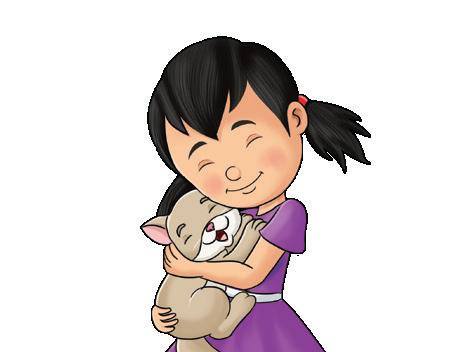
Skin to feel

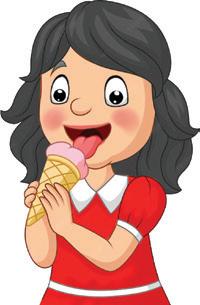
Tongue to taste
Skin: We can feel the softness of a cat’s fur, a hot cup of tea and a cold glass of juice with our skin.
Do and Learn
Close your eyes. Be completely quiet. Pay attention to the sounds you hear around you. Open your eyes after a minute. Think about what you heard. Share your experience with your class.
sour: having a sharp taste
fur: the thick hair that covers the skin of animals





In Bharat, each person has an identity card. It is known as an Aadhaar card. It is made up of a 12-digit number. This number is different for each person in Bharat.
sense: the ability to see, smell, hear, touch and taste organ: a part of our body sense organs: body parts that help us learn about the world around us
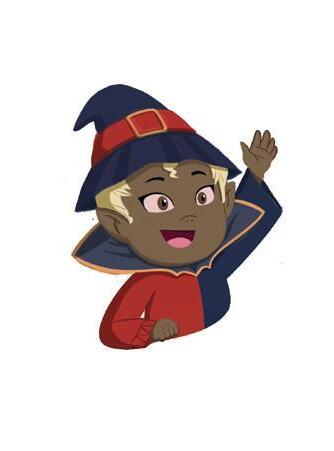
Scan the QR code to know more about body parts.
• We have different body parts. For example: head, hands, shoulders, legs, feet, knees, ankles and cheeks.
• We use our hands and legs to do many activities.
• We have five sense organs: eyes, ears, nose, tongue and skin.
1. Tick ( ) the correct picture.
A. We use this body part to run.
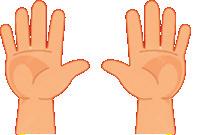
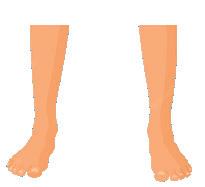
B. We use this body part to draw and colour.

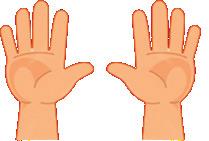
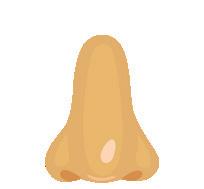
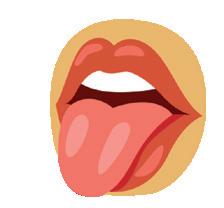
C. We use this sense organ to hear the sound of rain.

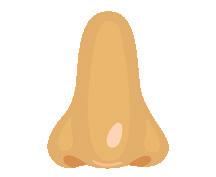
D. We use this body part to see trees and birds.

2. Fill in the blanks.

taste eyes skin hold
A. Our help us see green plants.
B. We use our hands to things.
C. We things with our tongue.
D. We use our to feel a soft feather.
3. Write True or False.
A. We use our ears to kick a ball.
B. We use our legs to jump.
C. We hear music with the help of our nose.
D. We have five sense organs.
4. Match the following.
A. Ear a. Smell
B. Skin b. Taste
C. Nose c. Feel
D. Tongue d. Hear



5. Circle the correct word that matches with the picture.
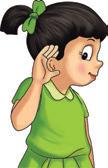
A. see smell hear
B. taste see smell
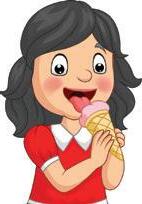
C. smell see taste
6. Answer the following questions.
A. Write about yourself in two sentences.
B. What are sense organs?
C. Name the five sense organs.
D. Write any two ways in which you use hands at school.
7. Picture-based questions.
A. What is the child doing in the picture?
B. Which sense organs help him to do this action?

Niraj is very happy. He says, “Mother, I know what you have cooked today. It is my favourite!”
How does Niraj know about the food without seeing it?

Chapter Overview

My Family and Friends
Family Importance of Family Friends


Tick () the picture that shows a family. Get Set
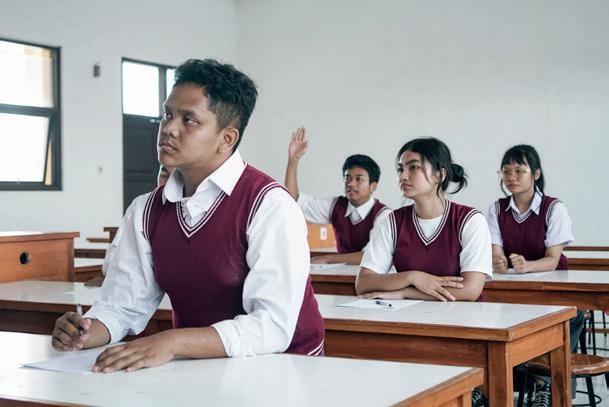


We all have a family. We all have friends too. They are important to us. Our family and friends love us.
In this chapter, let us learn more about family and friends.

Aman lives with his parents and younger sister. This is his family.
A family is a group of people who live together. They love and care for each other.
People who live together in a family are called family members.
Family Relations

Neha and her family
Aman and his family
Discuss!
Tell your partner why you love your family.
Hello friends!
I am Neha. I live with my parents, brother, grandfather and grandmother.
• Our father and mother are called parents.
• The father of our father or mother is our grandfather.
• The mother of our father or mother is our grandmother.
• Our grandfather and grandmother are our grandparents.
• Our sister and brother are called our siblings. group: a collection of people or things that are together

Families can be small or big.
Hi! I am Deepa. I live with my mother, father and brother.
There are four members in my family. My family is small.
Hi! I am Rohan. I live with my parents, two sisters Sara and Riya, grandfather and grandmother. There are seven members in my family. My family is big.
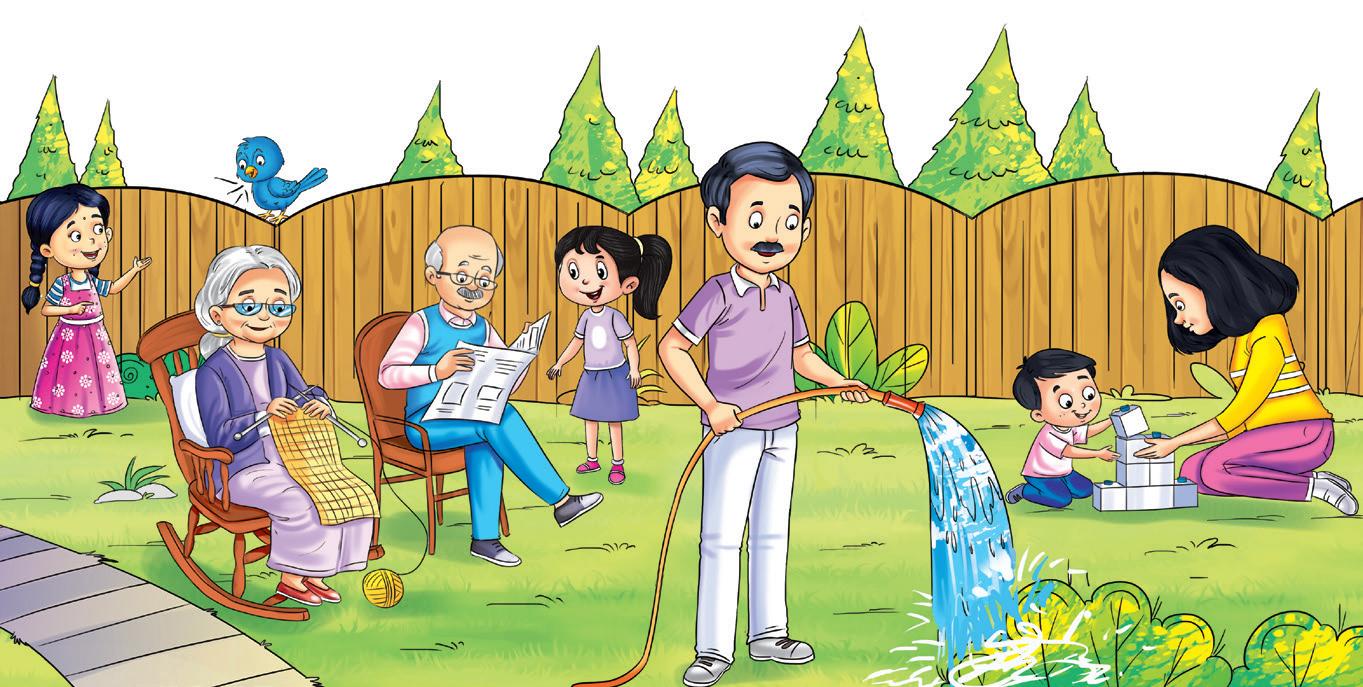

Mizoram in India is home to the biggest family in the world. It has more than 100 members.
Paste pictures of your family members on a drawing sheet. Write how each member is connected to you below the picture. Show the sheet in the class.
How many members are there in your family? Is your family big or small?


Fill in the blanks with words from the help box. big parents small
1. Our father and mother are called .
2. Neeta lives with her parents. She lives in a family.
3. Mohit has nine family members. He lives in a family.
Our family is important to us because:
• Our family loves us a lot.
• It takes care of us and keeps us safe.
• Our family teaches us good habits.
• It takes care of us when we are sick.
• Our family sends us to school to learn new things.
• We have fun with our family.
A girl celebrates her birthday with her family.
• We celebrate festivals and birthdays with our family.

Let us read about Nishi and her friend.
Hi! I am Nishi. Piya and I are good friends. Piya is my neighbour. We study in the same school. I like to play with Piya. I share my toys and sweets with her.
One day, Piya forgot to bring her lunch to school. So, I shared my lunch with her. This made Piya very happy.
habits: something you do often neighbour: a person who lives next to you or near you

We enjoy spending time with some people. These people are called our friends.

Our friends are very special to us. Friends help and care for each other. We play with our friends. Sometimes, we also study together. We should never hurt our friends. Friends love each other.




Most families in our country follow the practice of praying together in the morning and dining together in the evening.
parents: father and mother family: a group of people who live together and care for each other sibling: brother or sister friends: people whom we enjoy spending time with Word Splash

Scan the QR code to know more about families.
• A family can be small or big.
• A family cares for us and loves us.
• We love our friends.
• We play and study with our friends.

1. Tick ( ) the correct picture.
This is Sonali’s family.
A. Who is Sonali’s brother?


B. Who is Sonali’s grandmother?
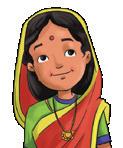
C. Who is Sonali’s grandfather?
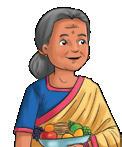
D. Who is Sonali’s father?
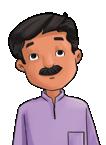
2. Fill in the blanks.




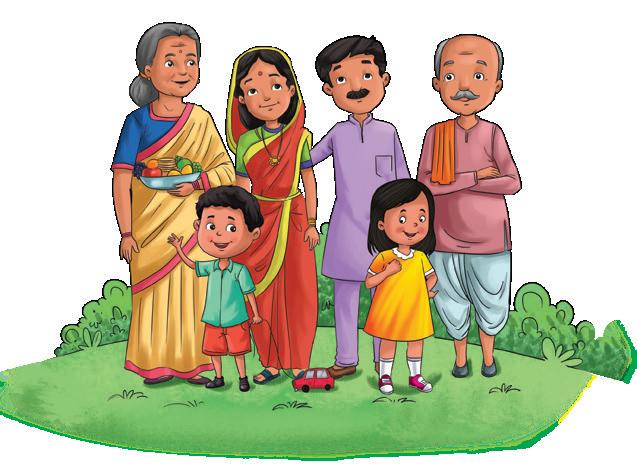



good care group small
A. A family is a of people who live together.
B. Families can be or big.
C. A family teaches us habits.
D. Our family takes of us when we are sick.
3. Write True or False.
A. Our father and mother are our parents.
B. Our father’s mother is our grandmother.
C. A family of nine members is a small family.
D. We should share things with our friends.

4. Match the following.
A. Parents
B. Grandfather
C. Grandmother
D. Sibling
5. Answer the following questions.
a. Sister or brother
b. Father and mother
c. Father of father or mother
d. Mother of father or mother
A. Write one way in which family is important to you.
B. Write two sentences about your best friend.
C. You fought with your friend. Write one thing you can do to make up for it.
6. Solve these riddles.
A. I am your mother’s mother, and I love you a lot.
I make pickles for you and stories I have got.
Who am I?
B. I am your father’s father, and I’m wise and strong.
I tell you stories that are very long.
Who am I?
7. Picture-based questions.
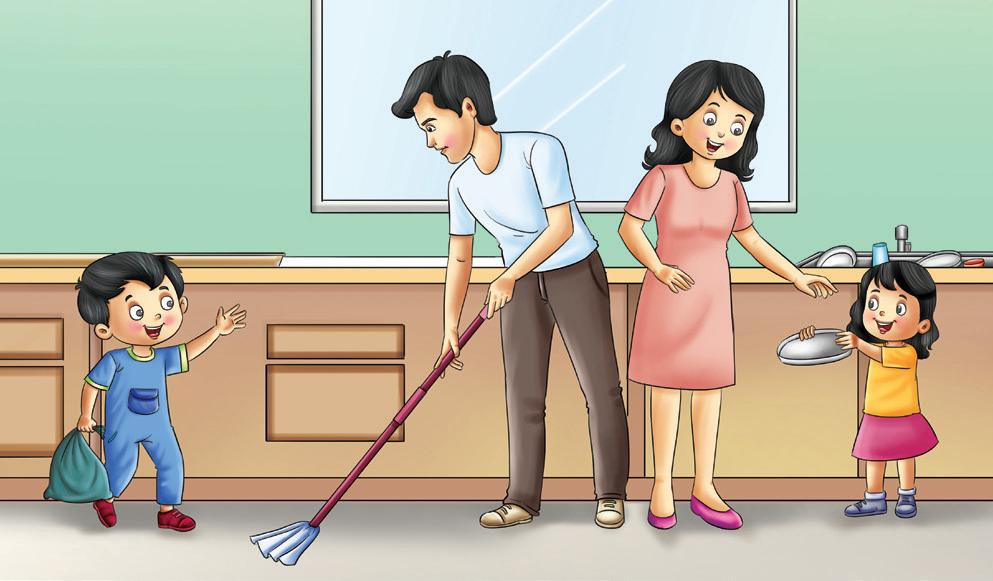
A. How is Navin helping his mother?
B. What is Navin’s father doing?
C. What is Navin’s sister’s name?



Tina and Rishi are siblings. Tina’s mother’s father comes to Tina’s home. How is he related to Rishi?
Make a birthday card for your family member.
1. Take a coloured paper. Fold the paper in half like a book. Now you have a front and a back to your card.
2. Use crayons, markers and stickers to decorate the front of the card. You can draw balloons, or a cake or write “Happy Birthday!”. Write a nice birthday message inside the card. Give the card to a family member on his/her birthday.




Get Set

Circle the things that can hurt you.
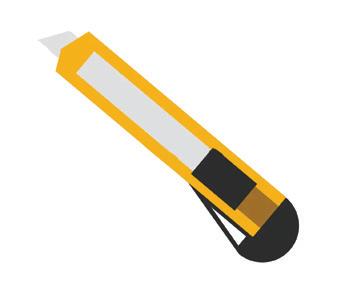


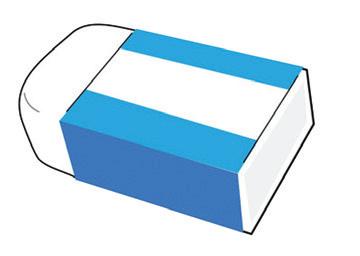
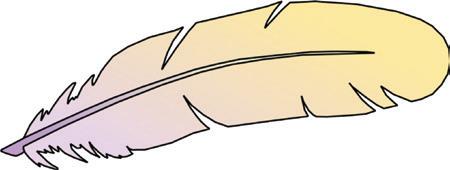
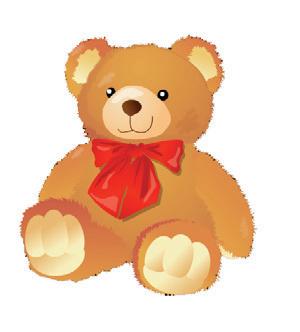


Read aloud the poem. We want to have lots of fun, When we play in the sun. We run and jump up high, But always with a careful eye. Let us remember, every day, To be safe in every way.
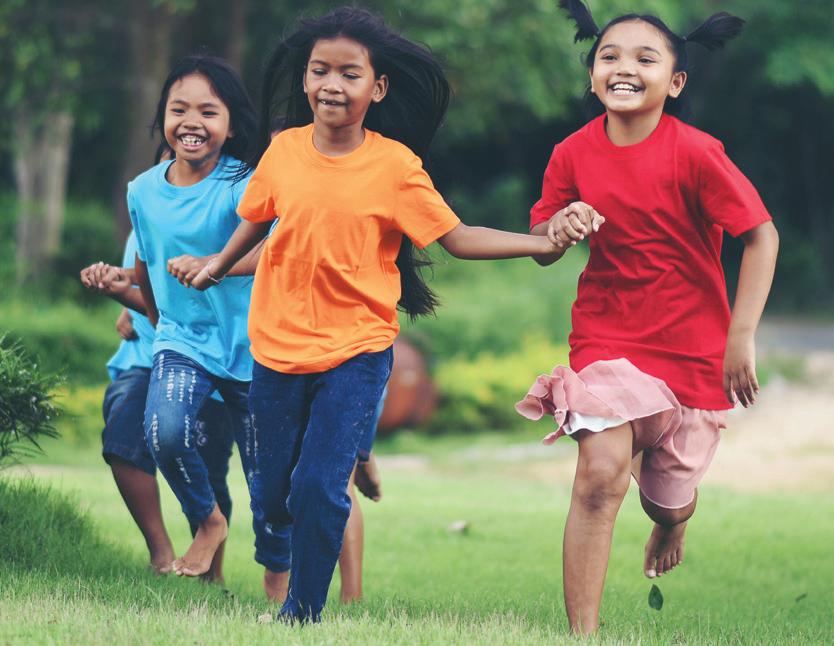
Being safe means staying away from harm or danger.
How can we be safe? To be safe, we must follow some rules. These are called safety rules. These rules help us avoid accidents.

A child wearing a helmet.

Ritu was playing with her toys in her room. She left them on the floor before going to bed. The next morning, she stepped on one of the toys and fell. She got hurt on her leg.
We must do these things to be safe at home:
• Keep things in their proper place after using them.
• Do not play with sharp things like knives, blades scissors and needles. Sharp things can cause cuts to the skin.

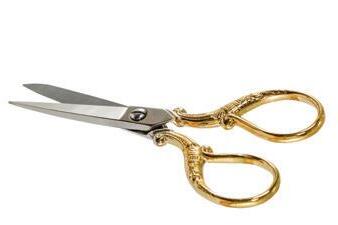
Do not play with sharp things.
• Do not spill water on the floor. You may slip and fall on the wet floor.
avoid: stay away from something or someone spill: when a thing flows or falls out of its container by mistake

• Do not play with candles, matchsticks and gas stoves. It can burn our skin.
• Do not touch electrical things like wires, sockets, plugs or home appliances. They can give an electric shock.

Do not spill water.

Do not play with matchsticks.
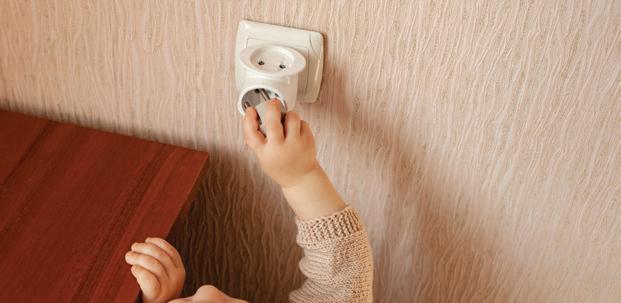
Do not touch sockets and plugs.
Look at the pictures. Tick ( ) the picture that shows the child following safety rules. Pause and Answer


Neera enjoys playing football with her friends. One day, while they were playing, one of her friends pushed her and she fell. Neera got hurt and cried a lot. Do you push your friends when you play? We should not push each other while playing. It is important to play carefully.
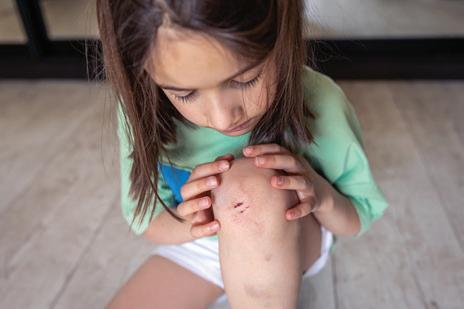
Neera hurts her knee.
electrical: related to electricity


If you push others on the swings or fight with them, can you make new friends?
We must follow these safety rules while playing:
• Play in a ground or park.
• Never play on an open terrace.
• Never play on the road. It is unsafe to play near vehicles. Playing near vehicles can lead to accidents.
• Do not hit or push others while playing.
• Wait for your turn on swings and slides.
Do and Learn Read aloud the poem. Red! Red! Red! Stop at Red Yellow! Yellow! Yellow! Yellow says get ready to stop
Do not be in a hurry to shop Green! Green! Green! It is time to go.

Never play on the road.

hit or push anyone.
We see traffic lights on the road. A traffic light helps vehicles and people know when it is safe to go and when to stop.
The green light does NOT tell people to cross the road. The green light ONLY tells the vehicles to go. We should always cross the road when the traffic light is red. Error Alert!
Red light means “stop”.
Yellow light means “get ready to stop”.
Green light means “safe to go”.
Here are some safety rules that we should follow while walking on the road.
• We should always follow the traffic light while walking on the road.
• Cross the road only at zebra crossing when the light is RED.
• Before crossing the road, look to your right, look to your left and then to the right again.
• Always walk on the footpath.
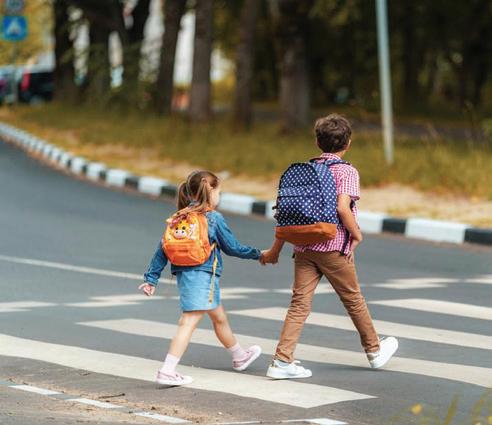
Cross the road at zebra crossing.
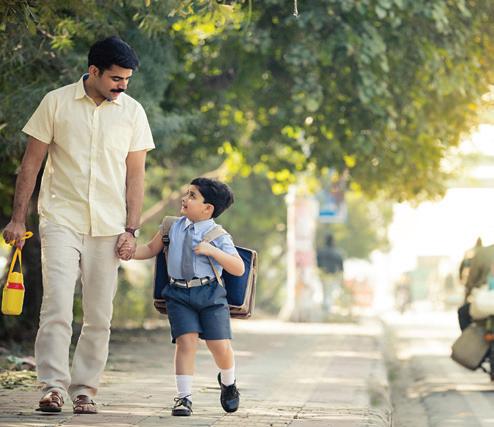
Walk on the footpath.
We must follow these safety rules while travelling on the road:
• Stand in a queue while you wait for a bus.
• Wait for your turn to get into the bus.
• Never stick your arms or head out of the bus, car or train window.
What can happen if the traffic light on a busy road stops working? Talk about it with your partner and share it in the class.
queue: line of people waiting for their turn

• Never get up from your seat in a moving bus.
• When you want to get off, wait for the bus to stop.
• We should always wear a helmet while riding two-wheelers.
• We should always wear a seat belt while travelling in a car.


Always wear a helmet on a two-wheeler.
Colour the traffic light. What does each colour mean?
Red light means Yellow light means Green light means
Fill in the blanks using the given words.

1. Cross the road at the crossing.
2. Never get up from your in a moving bus.
3. Stand in a while waiting for a bus.
4. Wear a while riding a scooter.

Kabir loves his parents. His mother kisses him when he reaches home from school. In the evening, his father hugs him and gives a high five. Do your parents hug and kiss you? How do you feel when they do so?

Yes, we feel safe and loved when our parents hug and kiss us. We kiss our parents.

Mother kissing her son.

We hug our siblings. We hold hands with our friends.
We shake hands with people we know. Good touch makes us feel safe, comfortable and loved.
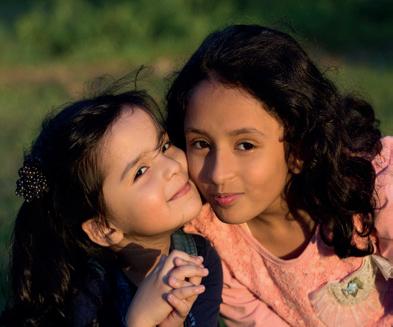
A girl hugging her sister.

Friends holding hands.
Not all touches are good. Sometimes, we don’t like the way someone touches us. This is called a bad touch. It can make us feel uncomfortable and unsafe.
Examples of a bad touch are:
• If a stranger touches us and we feel uneasy.
• If somebody touches our private parts.
• If someone hurts us while touching. For example, if someone pinches or hugs us tightly, we feel uneasy.
What should we do if we feel a bad touch?
We should say NO!
If someone touches us forcefully, we should shout or run away. If someone touches us in a bad way, we should tell our parents or teachers. Never be afraid to tell them.




People in Bharat often use turmeric (haldi) on cuts and wounds. Haldi has special powers to help heal the skin.
safety rules: rules that help us to be safe accidents: actions that happen by chance and often result in harm or damage safety: being protected from harm or danger
stranger: a person whom we do not know private parts: body parts that are covered by undergarments pinches: holds somebody’s skin using fingertips or nails forcefully: in a strong way


Scan the QR code to know more about good touch and bad touch.
• Being safe is about being careful and following rules.
• We should follow safety rules when at home or outside.
• Traffic lights keep us safe on the road.
• Traffic lights have three colours, red, yellow and green.
• Good touch makes us feel good and safe.
• Bad touch makes us feel uneasy and unsafe.
1. Tick ( ) the correct picture.
A. Which of these is safe to play with?
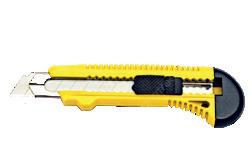

B. Which of these can burn our skin?
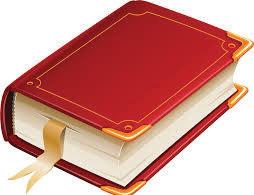
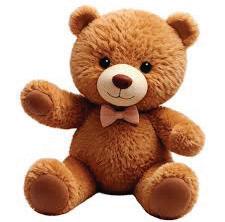

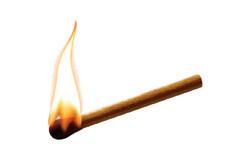
C. What should you use to cross a busy road if you are walking?

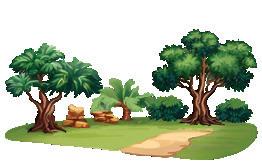
D. Which colour of the traffic light tells a car to stop?


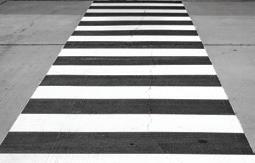


2. Fill in the blanks. arm good books matchstick
A. Keep your on the shelf.
B. Do not play with a .
C. Never stick your out of a bus window.
D. Holding hands with friends is a touch.
3. Write True or False.
A. We should play on the road.
B. Always wear a seatbelt while travelling in a car.
C. Do not talk to strangers outdoors.
4. Complete the following.
A. Bad touch makes us feel .
B. Good touch makes us feel .
5. Answer the following questions.
A. Write two safety rules you follow at home.
B. Aman wants to cross the road. Write two safety rules he must follow on the road.
C. Write two rules you must follow while playing.
D. Give one example each of good touch and bad touch.
6. Picture-based questions.
Tick ( ) the safe action and cross ( ) the unsafe action.

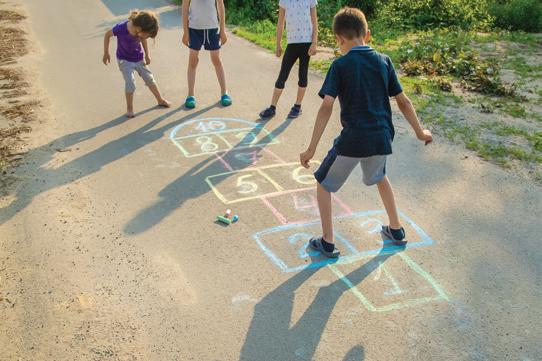



1. What should you do if you find a banana peel lying in the school corridor?
2. What should you do if you see a stranger trying to touch you while you are playing outside?

A first-aid box is a safety box that has medicines and things to help a person who is hurt or injured.
Make a first aid box for your house with the help of your parents.
1. Select a small container with a lid to keep the things of the first-aid box.

2. Collect these things and keep them in the box: bandages, antiseptic spray, some medicines, medical tape, scissors (child-safe), thermometer, cotton balls, etc.
3. Make sure that all family members know where the first-aid box is kept.


The Food We Eat
Food from Plants and Animals

Get Set

Colour the fruits.

How many fruits do you eat in a day?
In this chapter, let us learn more about the different kinds of foods we should eat.


Avi goes to the market with his mother. He looks at red apples. He tells his mother, “Please buy some apples, Mom.” His mother says, “I know you love to eat them. I will buy them.”
What do you like to eat?
We should eat different kinds of foods every day.
Eating fruits and vegetables keeps us healthy.
Chapati and rice give us energy.
Milk, pulses (dal) and eggs help us grow.

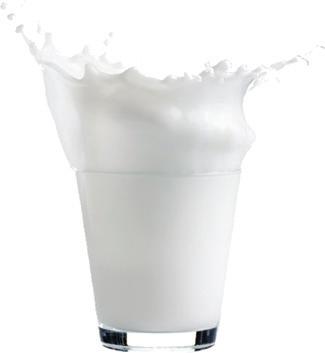

Let us read Megha’s story.
Hi! I am Megha. I do many activities every day. I go to school. I also play with my friends. I also complete my schoolwork daily. I need energy to do all these activities. Food gives me the energy.

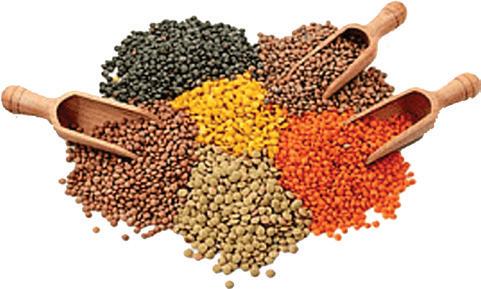
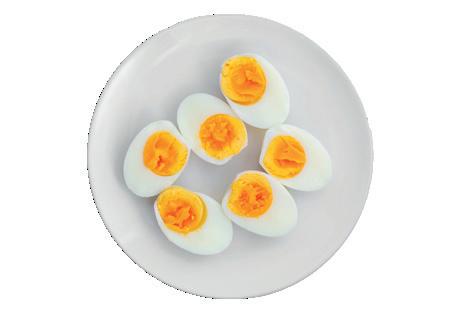
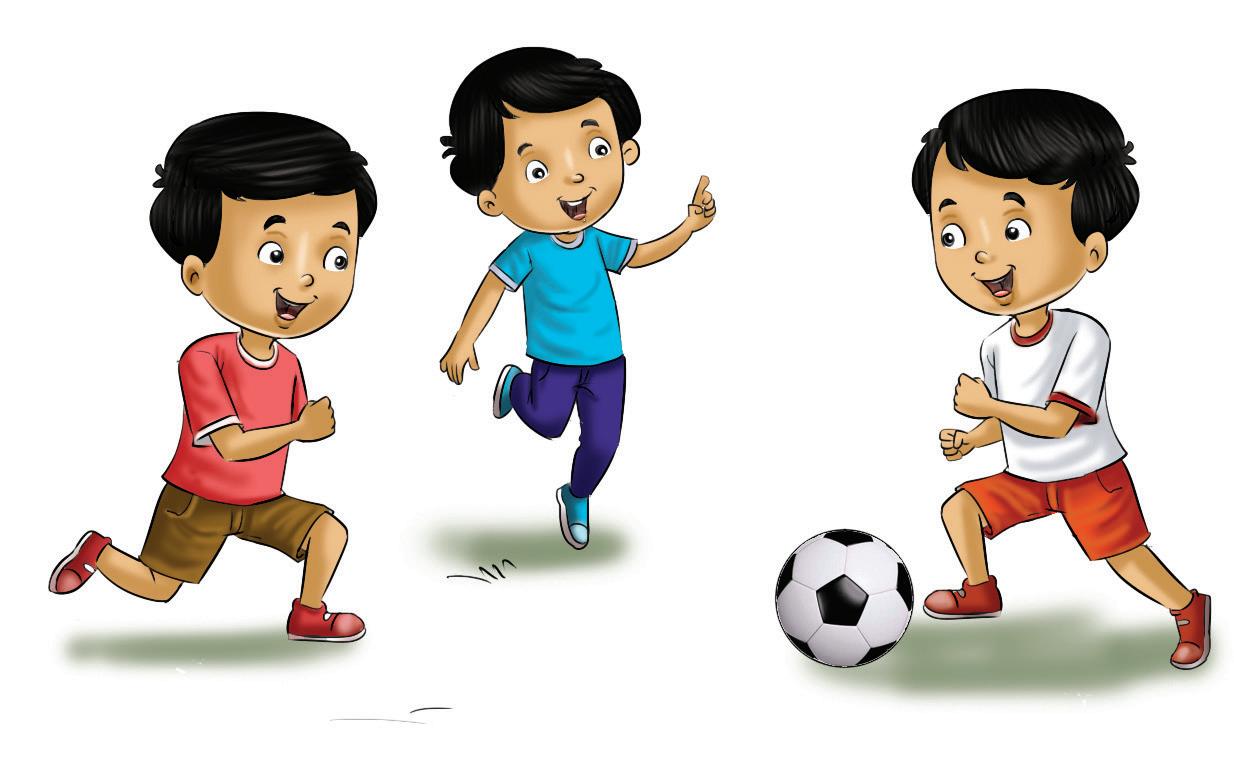
Food gives us energy to play.
energy: the ability to do work
Food helps us in many ways.
• Food gives us the energy to play and study.
• Food helps us grow.
• Food makes us healthy and strong.
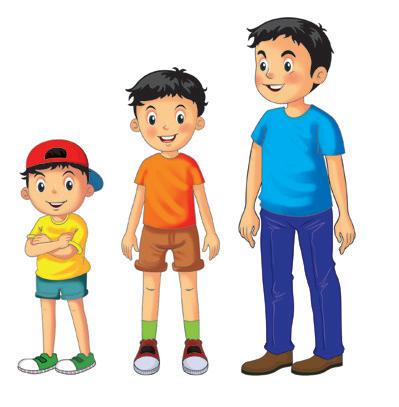
• Food helps us fight sickness. Food helps us grow.
We get fruits and vegetables from plants.
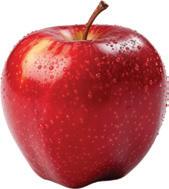

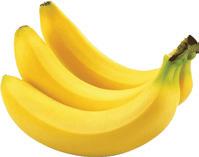

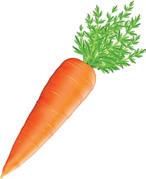
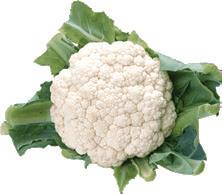
We also get cereals and pulses from plants.

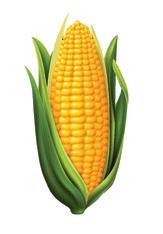

We get eggs from hens and ducks. Animals such as cow and buffalo give us milk.

healthy: strong and free from diseases


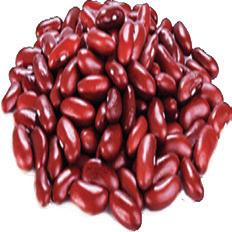
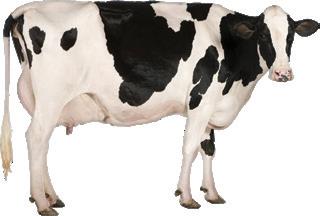
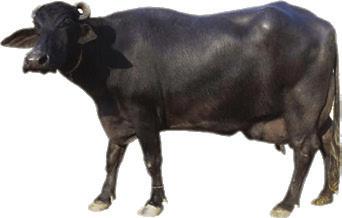


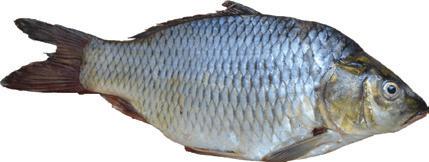
We get honey from honeybees. Some people like to eat fish because it is healthy and gives us energy.
Eating carrots helps make our eyesight better. Did You Know?
Write ‘A’ for the food we get from animals and ‘P’ for food we get from plants.
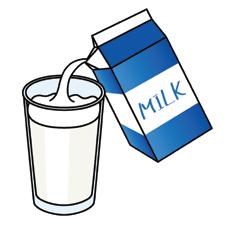
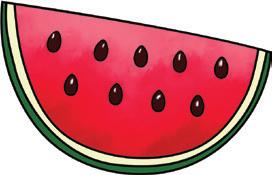

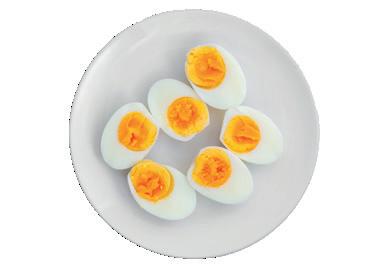
A meal is the food we eat at a particular time of the day.
How many meals do you have in a day? Most people eat three meals in a day.
• We eat breakfast in the morning.
• We eat lunch in the afternoon.
• We eat dinner at night.
When we feel hungry in between meals, we eat a snack.
particular: fixed

A snack is a small portion of food we eat between meals. Fruits, carrots, puffed rice and nuts are healthy snacks.
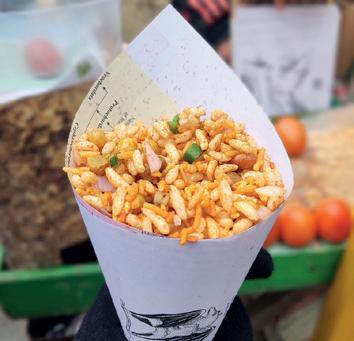
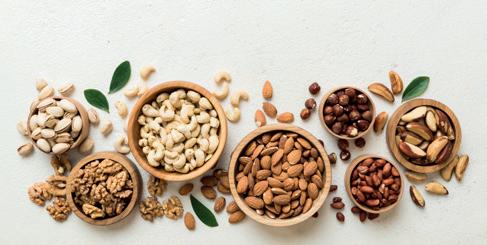
Puffed rice chat Nuts
Water is also an important part of our meals. We should drink 6–8 glasses of water every day.
Why should we not miss any meal? Discuss with your partner and share in the class.
We should follow healthy eating habits like:
• Eat our meals at fixed times.
• Wash our hands before and after eating anything.
• Chew our food properly.
• Do not eat stale food.
• Eat food in clean utensils.
• Do not eat uncovered food. Flies may sit on the food and add germs to it.
Think and Tell
You are hungry and want to eat some healthy food. Name two foods you would like to eat.
• Foods such as pizzas, burgers and French fries are junk food. They are not healthy for us. We should not eat them too often.

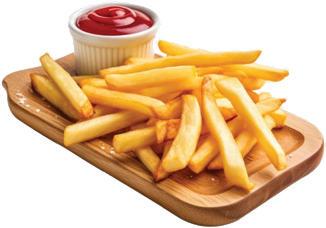


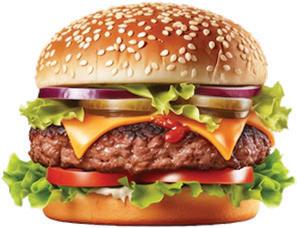

Avoid eating junk food.
• We should take small servings of food on our plates. We should not waste food.
nuts: hard-shelled fruits or seeds utensils: tools used in cooking germs: tiny things that can make us sick


Make a healthy fruit salad for your family.
1. Wash your hands with soap and water.
2. Ask an adult to help you wash and cut the fruits you want to use, like apples and bananas.
3. Put all the fruit pieces into a big bowl. Add some lemon juice, black salt and chat masala, then mix.
4. Your yummy and healthy fruit salad is ready to eat! Enjoy!




India is the largest producer of milk and pulses in the world.
cereals: grains
pulses: seeds of some plants
meal: food eaten at a fixed time of the day
breakfast: food eaten in the morning

lunch: food eaten in the afternoon
dinner: food eaten in the evening
chew: break food into small pieces using our teeth
stale: no longer fresh junk: not healthy
Scan the QR code to learn more about the food we eat.
• We get food from plants and animals.
• We should eat healthy food.
1. Tick ( ) the correct picture.
A. This is a fruit.
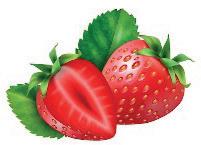
B. This is a vegetable.
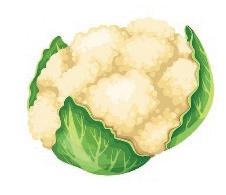
C. This is a cereal.
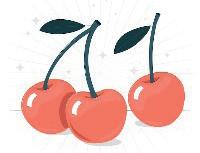
D. We get this food from an animal.

2. Fill in the blanks.
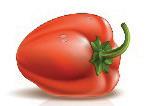
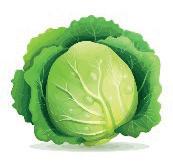






hen sickness wash plants
A. Healthy food helps us to fight .
B. We get pulses from .
C. We get eggs from .
D. We should our hands before and after every meal.
3. Write True or False.
A. Chips and cold drinks are healthy for us.
B. We eat lunch in the morning.

C. We get rice and dal from plants.
D. We should not waste food.
4. Match the following.
A. Eggs a. Cow
B. Milk b. Honeybee
C. Honey
c. Plant
D. Banana d. Hen
5. Answer the following questions.
A. Why do we need food?
B. Where do we get food from?
C. Name three foods that we get from animals.
D. Write two healthy eating habits you follow.
6. Picture-based questions.
Look at the pictures and write the correct names.
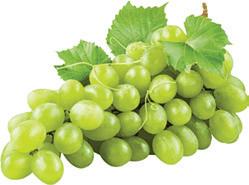
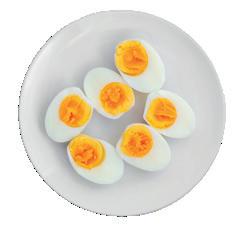
A. Food we get from plants.
B. Food we get from animals.

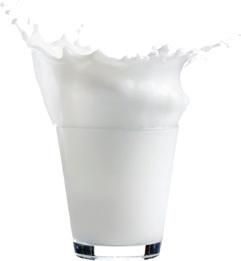

Rohan wants to eat something that is sweet, tasty and healthy. What would you advise him to eat?

You can reuse the leftover food from yesterday so that there is no food wastage. Here are two options:
1. You can make a sandwich using leftover food or vegetables.
2. You can use leftover rice to make fried rice by stir-frying it with some vegetables and spices.



Clothes We Wear

Get Set

Join the dots and complete the picture. Colour it.
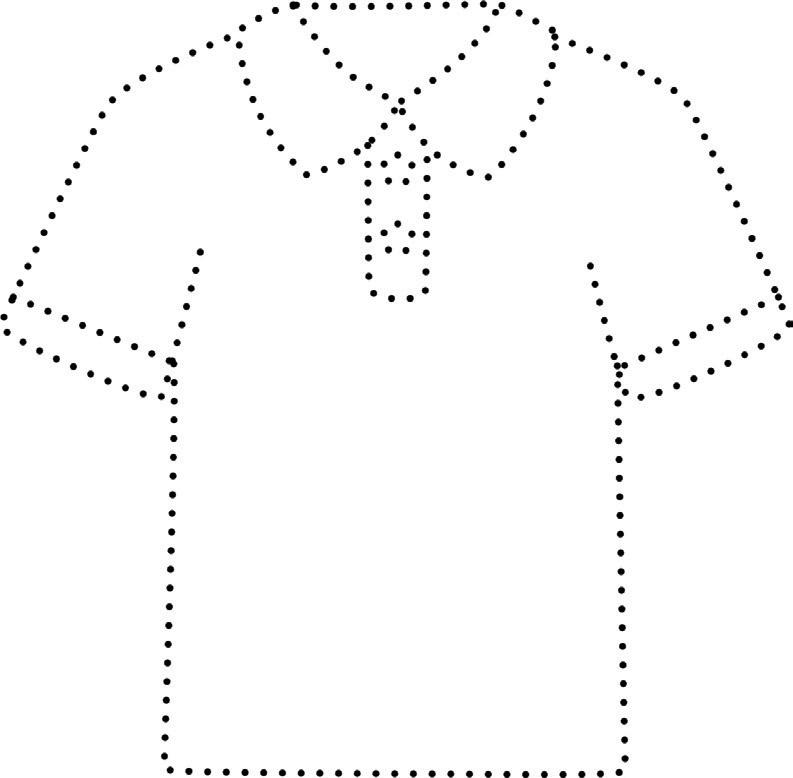
Why do we all wear clothes? Do all people wear the same kind of clothes? Let us read to find answers to these questions.
Clothes are the things we wear to cover our bodies. We wear clothes such as shirts, pants, dresses, salwar-suit and shorts.

Let us know more about the clothes we wear.

We wear different types of clothes. Let us know from Pooja about the different types of clothes.

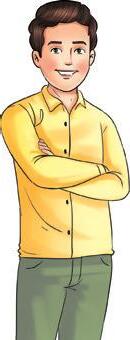

Hi! I am Pooja.
My mother wears a saree with a blouse.
Sometimes, she wears salwar, kameez and dupatta.
My father wears shirt and trousers.
Sometimes, he wears kurta and pyjama.
I wear a frock.
Sometimes, I wear a T-shirt and a skirt.
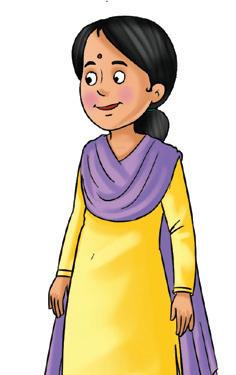



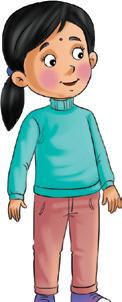
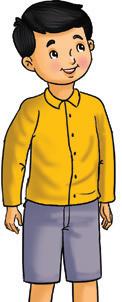
Sometimes, I wear a sweater and jeans.
My brother wears T-shirt and jeans.
Sometimes, he wears a shirt and shorts.
Sometimes, my brother and I wear jackets.
We wear different clothes for different activities. For example, when we go out to play, we wear T-shirts and shorts. When we go to bed, we wear loose clothes that make us feel comfortable.

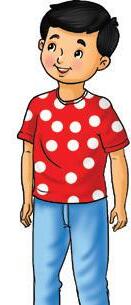
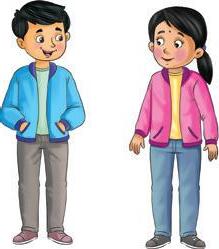
What do you like to wear to a wedding or a party? Discuss with your partner.
Draw pictures of your favourite clothes in the space given below. Colour them with your favourite colours.
We all wear clothes because clothes protect us:
• from heat and cold.
• from rain.
• from dust and insects.
• from germs.
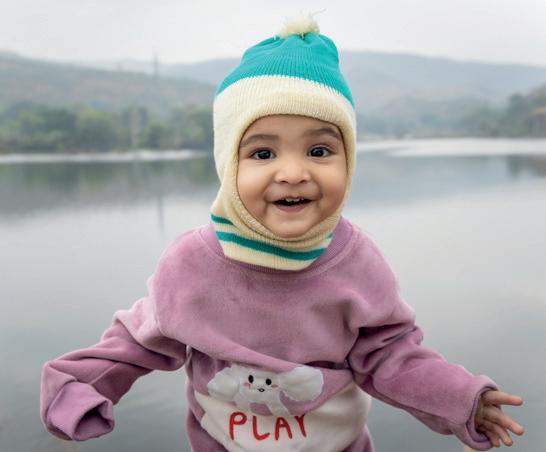
A small baby wearing clothes to keep warm.
Tick ( ) the correct statements.
1. We should wear clothes that are comfortable.
2. We should wear the same clothes everyday.
3. Clothes protect us from germs and dust.
We wear different clothes at different times of the year.
We wear light-coloured cotton clothes when it is hot. Cotton clothes help keep us cool.
We wear woollen clothes when it is cold. Woollen clothes are clothes made from wool. Woollen clothes help keep us warm.
We use an umbrella when it rains. We also wear raincoats.
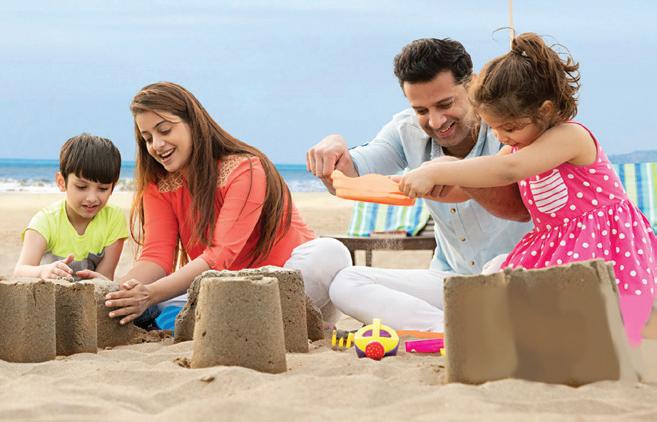


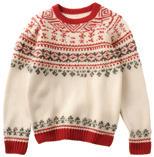
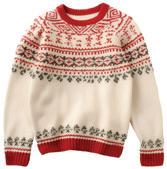

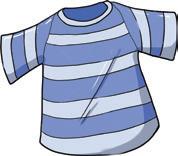


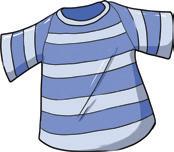

A uniform is a special set of clothes that everyone in a group wears to look similar. For example, all students in a school wear a school uniform.

A policeman in uniform.

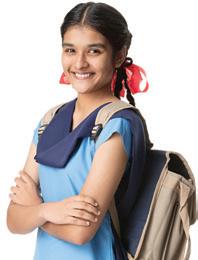
A policeman’s uniform usually has a darkcoloured shirt with matching trousers.
A nurse usually wears a clean white dress as a uniform. However, some hospitals also have another colour for uniforms like, blue, grey or brown. We should take care of our clothes. We should always wear clean and ironed clothes.





Wonders of Bharat
India has many different types of sarees. It shows how special and colourful our clothes can be. Different places in India have their own special ways of making and wearing sarees!
clothes: things we wear to cover our bodies
cotton: soft, fluffy thing that grows on the cotton plant. It is used to make clothes
wool: soft, thick hair that grows on the bodies of sheep
raincoat: a waterproof coat worn to protect against rain
uniforms: special clothes worn by people of a group
iron: press clothes with a hot iron to make them smooth

Scan the QR code to learn more about clothes.
• Clothes protect us from heat, cold, insects and dust.
• We wear different clothes at different times of the year.
• We wear cotton clothes on hot days.
• We wear woollen clothes on cold days.
• Students and some people wear special clothes called uniforms.
1. Tick ( ) the correct picture.
A. This is a saree.

B. This is a salwar-kameez.
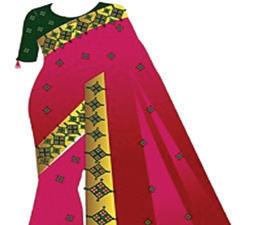
C. This is a T-shirt.
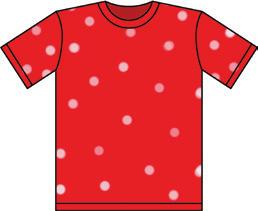
D. This is a kurta.
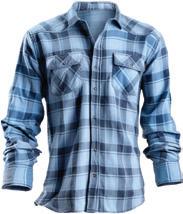


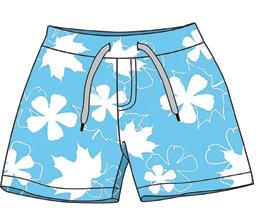
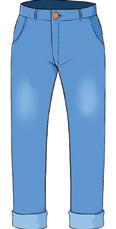
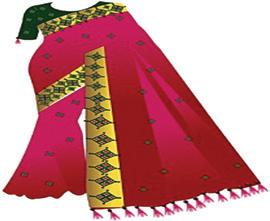

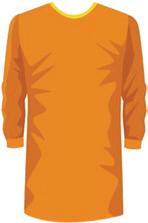
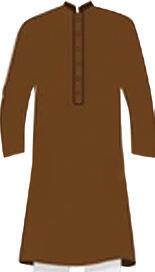

2. Fill in the blanks. umbrella uniform germs kameez
A. Clothes protect us from .
B. Women wear a with salwar.
C. A nurse wears a to work.
D. We carry an when it is raining outside.
3. Write True or False.
A. Clothes protect us from cold, rain and heat.
B. Students wear uniforms to school.
C. We wear cotton clothes when it is cold.
4. Answer the following questions.
A. Why do we wear clothes?
B. What kind of clothes do we wear when it is hot?
C. What kind of clothes do we wear when it rains?
D. What do you like to wear when you go home?
5. Picture-based question.
Look at the pictures and name the clothes.


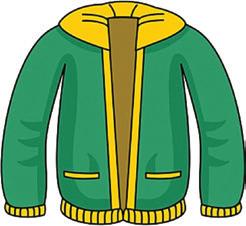

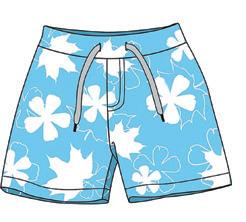


Shivani is going to a hill station. What kind of clothes should she pack for the trip?
Let us donate old books and clothes!
Step 1: Look through your bookshelf and cupboard to find books and clothes that you no longer need or use.
Step 2: Ask your parents to help you collect the things you want to give away (donate).
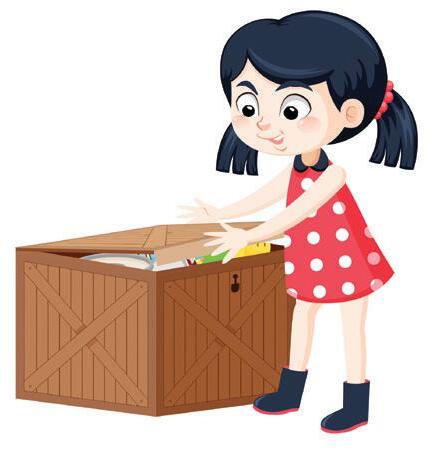
Step 3: Put the books and clothes in a bag or a box. Pack them neatly and take them to a donation centre.



Need for a House Parts of a House Rooms in a House Keeping the House Clean House

Get Set

Read aloud the poem. My house is big and strong, It is where I belong. It keeps me cosy and warm, It is my safe, happy charm. I love my house so dear, It is where I have no fear.
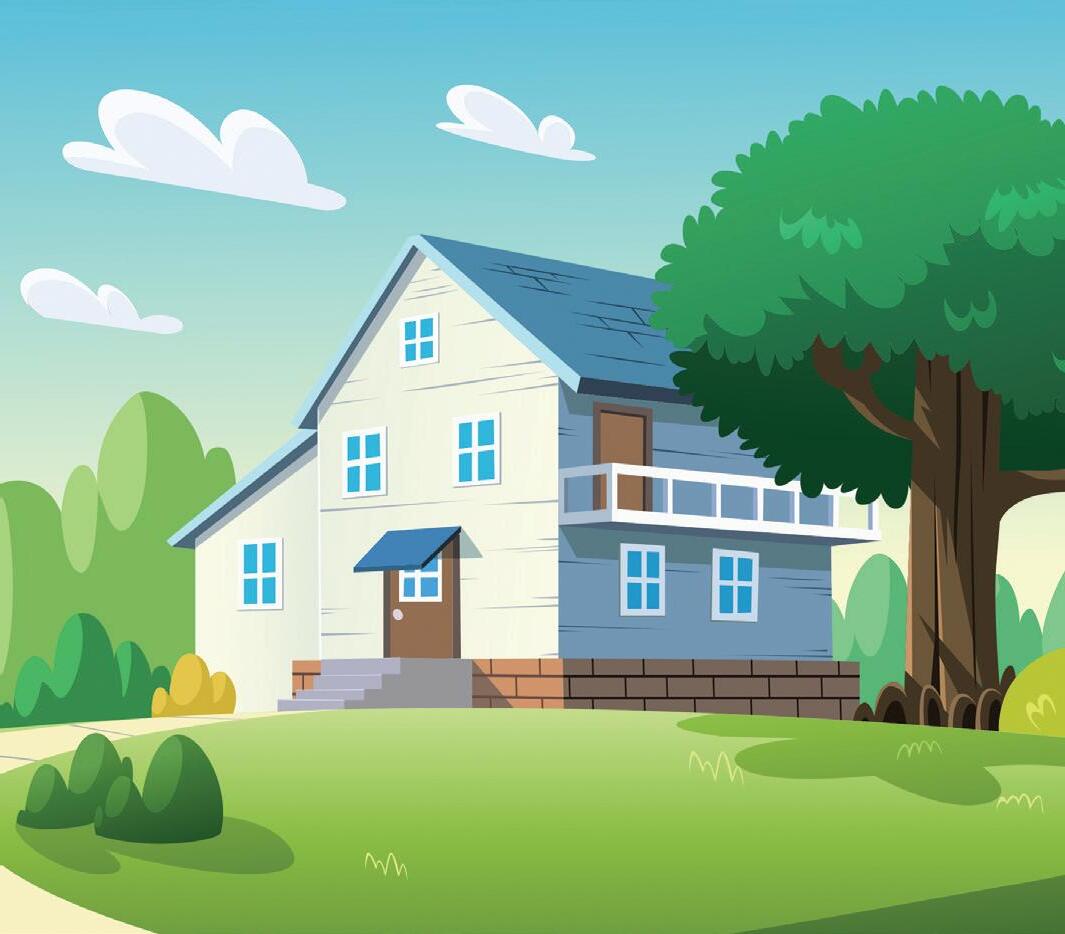

Hi! I am Sahil. This is my house. I live here with my parents, brother and a pet dog. I love my home. I play, eat, sleep and study here.

A house is a special place. We live in a house with our family members. We need a house to protect us from the heat of the sun, rain, cold and storm. It also protects us from those who can harm us like thieves and animals.
A house has many different parts.
• Roof: It is the top cover of a house. It protects us from heat, rain, wind and cold.
• Walls: They hold the roof, doors and windows of a house. Walls keep a house safe and strong.
Long ago, people did not have houses. They used to live in caves.
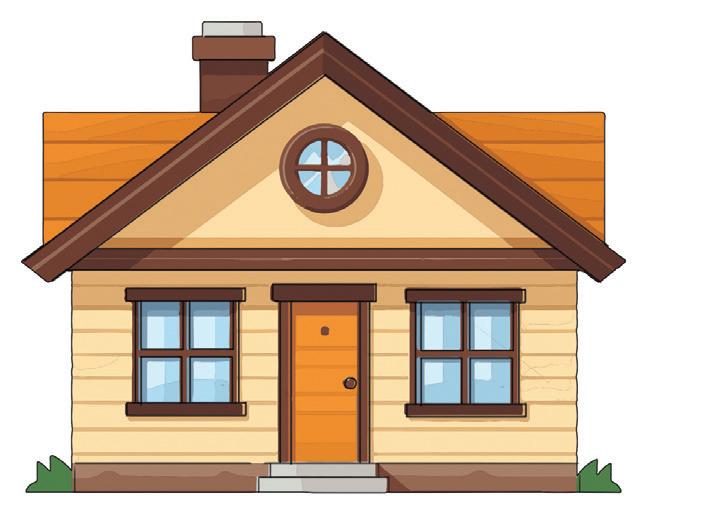
• Door: It helps us to enter and go out of the house. We lock the doors of our house to be safe inside.
• Windows: They let air and sunlight enter the house.
storm: a lot of rain or snow and strong wind thieves: people who steal wind: moving air enter: to come or go into a place

A house can have one room or more than one room. We do different things in different rooms.
Living room: We relax here. We also meet our guests in the living room.

Bedroom
Bedroom: We rest and sleep in the bedroom.
Kitchen: We cook food in the kitchen.
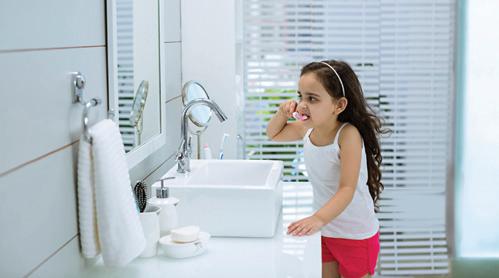
Bathroom

Living room
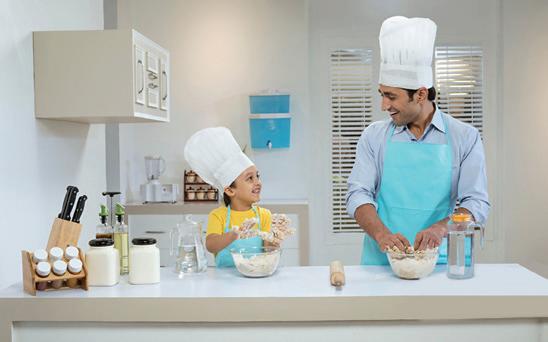
Kitchen
Bathroom: We bathe, brush our teeth and use the toilet in the bathroom.
Dining Room: We eat our meals in the dining room.
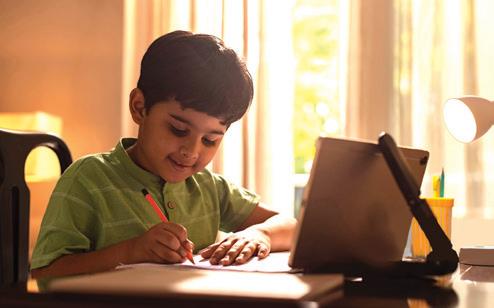
Study room

Dining room
Study Room: We study in the study room.
Think and Tell Which room of the house will you use to make a sandwich? Why?
relax: to feel happy guests: people we invite to our home meal: food we eat at a particular time of the day, such as breakfast, lunch and dinner
Pause and Answer
Unjumble the words to name some rooms of a house.
1. DERBMOO
2. ITKCHNE
3. ATHBOROM
We must keep our house clean. We can keep our house clean by:

Keeping things in their place.

Sweeping the house every day.
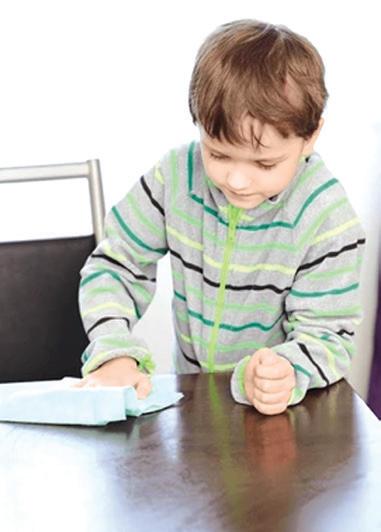
Dusting the house every day.
sweeping: to use a broom to clean the floor mopping: to use a mop to clean the floor dusting: removing dust from things
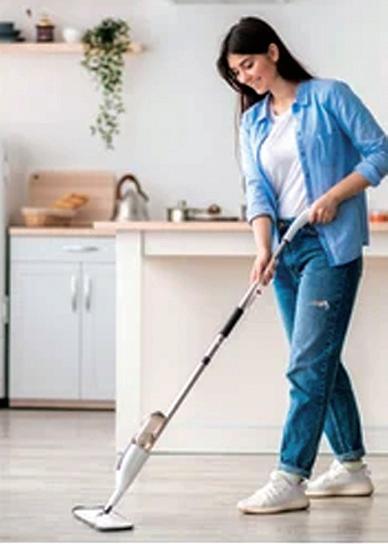
Mopping the house every day.

Keeping the windows open to let in sunlight and fresh air.





In many Indian villages, people live in special houses made from clay, bamboo and stone. These houses are cool in summer and warm in winter.
house: a place where people live
roof: the top cover of a house
living room: a room to relax and meet guests
bedroom: a room to rest and sleep
kitchen: a room where we cook food
bathroom: a room where we bathe, brush our teeth and use the toilet
dining room: a room where we eat meals with our family

Scan the QR code to learn more about a house.
• A house protects us from heat, cold, rain, animals and thieves.
• A house has a roof, walls, windows and a door.
• There are different rooms in a house.
• The living room, dining room, bedroom, kitchen, bathroom and study room are the different rooms of a house.
• We must keep our house clean.
1. Tick ( ) the correct picture.
A. This is a bedroom.
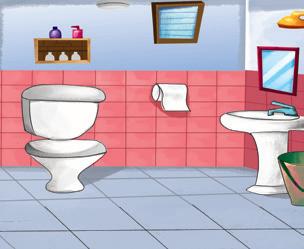
B. This is a living room.
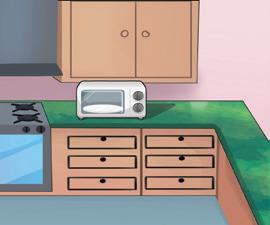
C. This is a kitchen.
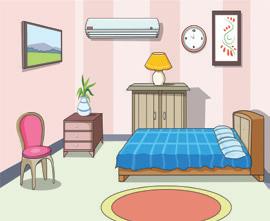
D. This is a dining room.
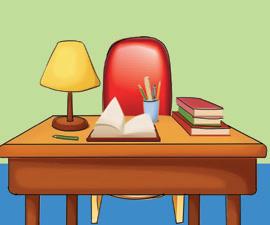
2. Fill in the blanks.
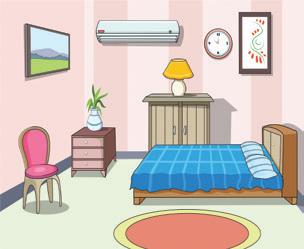



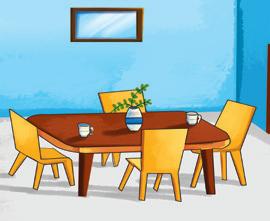
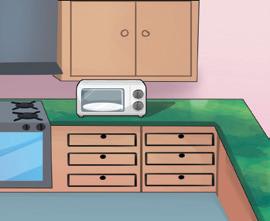
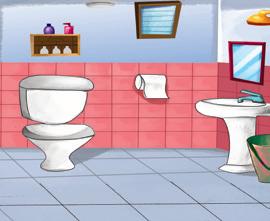
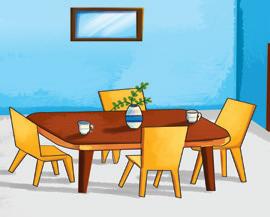
A. A house keeps us safe from .
B. A lets in fresh air into the house.
C. We cook food in the .
D. We sit with our guests in the room.

3. Match the following.
A. Kitchen
B. Bathroom
C. Bedroom
D. Dining room
a. Sleep
b. Cook food
c. Bathe
d. Eat food
4. Anuj does not know the use of different rooms in the house. Help him choose the right room. Write in the space given.
A. He wants to sleep:
B. He wants to cook rice:
C. He wants to sit with the guests:
D. He wants to bathe:
5. Label the different parts of the house.


6. Answer the following questions.
A. Why do we need a house?
B. Name the different parts of a house.
C. Name three kinds of rooms we find in a house.
D. Write three things you can do to keep your house clean.
7. Picture-based questions.

A. Which room is shown in the picture?
B. What do we do in this room?
C. Name any two things you see in the room.

1. Which room is better to live in: a room with windows or a room without windows? Why?
2. Some people keep their house clean from the inside and throw garbage outside. Is it the right thing to do? Why?


Chapter Overview

School
People in a School Rooms in a School

Get Set

Look at the picture and colour it.
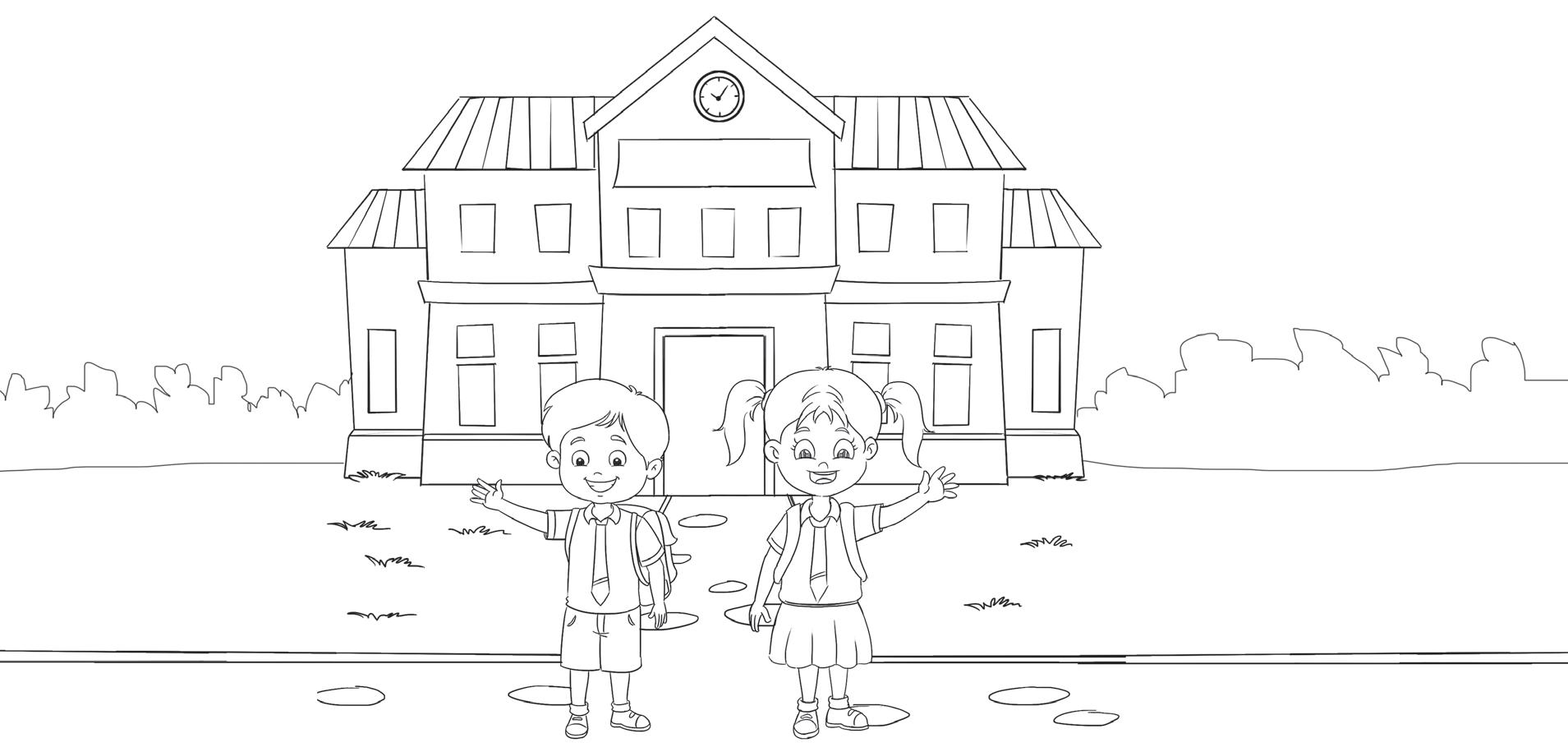
What do you see in the picture?

A school is a place where we go to study and learn new things. We make new friends and have fun at school. We also play, draw, exercise and sing songs with our classmates.

Children drawing and painting in school.

Children exercising together.
We should keep our school clean. We should not damage the things in school or write on the walls.

Take out one important thing from your school bag. Show it to the class and talk about it.
You meet many people at school.
A student is someone who goes to school to learn new things.
A school has many students. They wear special clothes called uniforms to school.
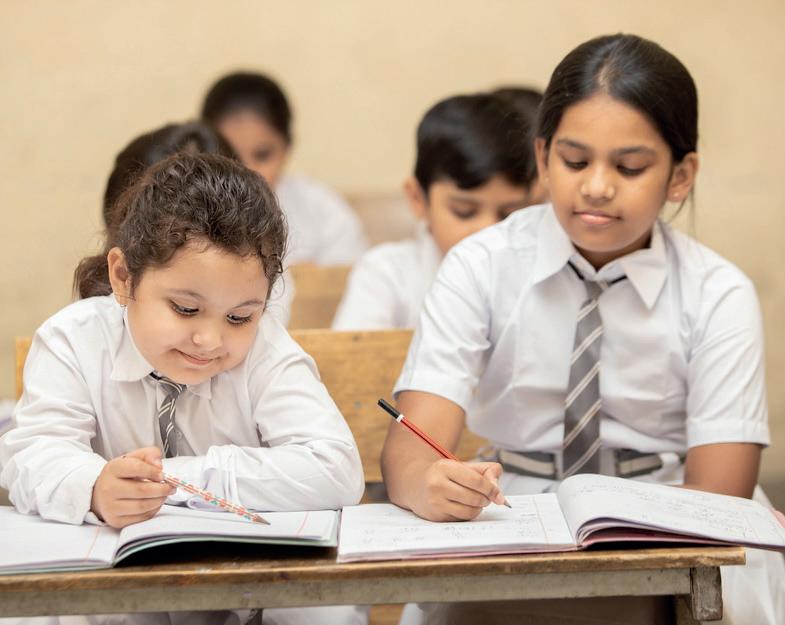
Students in a classroom
exercise: action that is done to keep the body healthy and strong damage: harm

Why do students wear uniforms to school? Talk to your partner and share it in the class.
Teachers teach us how to read and write.
The City Montessori School in Lucknow has the largest number of students in the world.

Teachers at school help us learn about numbers, letters, colours and shapes. They tell us about classroom rules.
Some classroom rules we must follow are:
• Listen to our teacher.
• Be kind to our classmates.
• Raise our hand when we want to speak.
• Stay quiet when someone else is talking.

A principal is the leader of a school. The principal makes sure that everything in the school goes well. They make sure that everyone inside the school is safe.
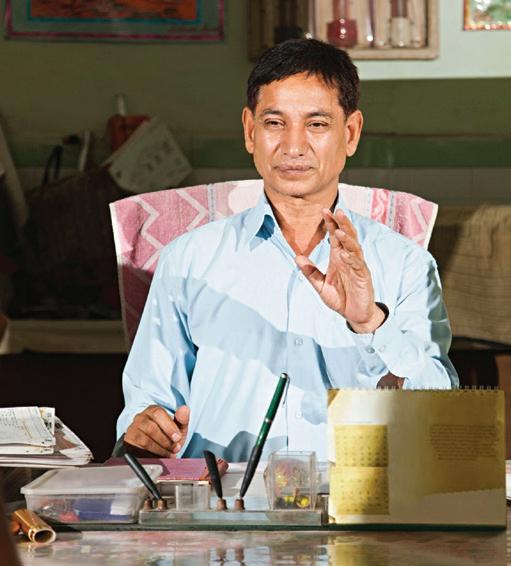
Pause and Answer
Complete the sentences.
1. My school’s name is .
2. I study in class .
3. The name of my class teacher is .
raise: to move something up leader: someone who guides others and takes care of everyone
A school has many different rooms.

A classroom
We study in a classroom. Every school has many classrooms.
There is a blackboard in the classroom.
The students sit on chairs or benches. They have a table to keep their books and notebooks.
There is a special room where the teachers sit and work. This room is called a staffroom. Teachers read and work in the staffroom.

library

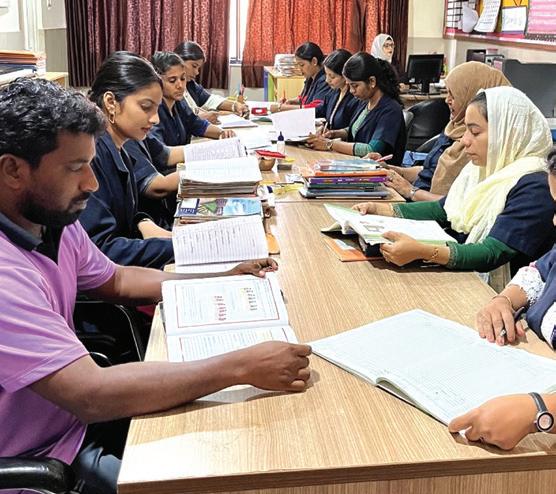
staffroom
A library is a special room full of books. It is a place where you can borrow books to read. Students sit and read books here.
A playground is an open place in a school where students play. There are swings, slides and many other things in the playground. We should take turns, share things and include everyone in our games.
borrow: to take something and return it later

playground





A long time ago, people in Bharat studied in gurukuls. They lived at the gurukul until they learnt everything.
school: a place where we study and learn new things
classmates: students who are in the same class
teachers: people who help others learn new things in a school
classroom: a place where students sit and learn many things rules: points that help us know the right things to do
staffroom: a place where teachers sit and work
library: a place where we can borrow books
playground: an open area to play

Scan the QR code to know more about school.
• A school is a place to study, learn and play.
• There are students, teachers and principal in a school.
• A school has classrooms, staffroom, library and playground.
1. Tick ( ) the correct picture.
A. This is a student.
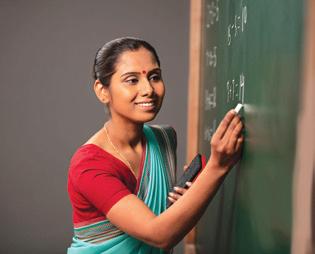
B. This is a staffroom.
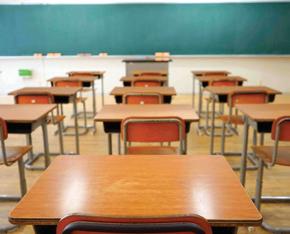
C. This is a classroom.
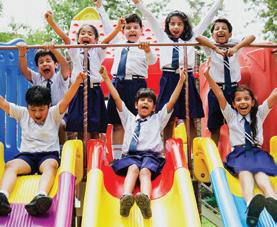





D. This can be seen in a playground.

2. Fill in the blanks.
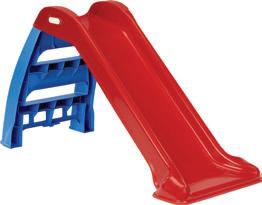

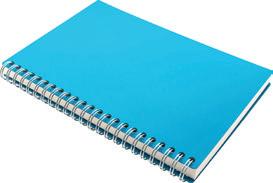
principal uniforms friends rules
A. We make new in school.
B. Our teachers tell us to follow .
C. The is the leader of the school.
D. Students wear special clothes called to school.

3. Write True or False.
A. We learn many things in school.
B. The teacher helps us to read and write.
C. Teachers teach in the staff room.
D. Students play in the library.
4. Write the answers.
A. Two people who work in your school. a. b.
B. Two different rooms in your school. a. b.
5. Match the following.
A. Classroom
B. Library
C. Staff room
D. Playground
6. Answer the following questions.
a. Students play with each other.
b. Teachers sit and work here.
c. Students learn new things from the teacher.
d. It has many books which students can borrow.
A. Name three things you learn at school.
B. Write one way in which a teacher helps you.
C. Which is your favourite place in the school. Why?
D. What is the best thing about your school?
7. Picture-based questions.
A. Which part of school is shown in the picture?
B. What are the children doing?
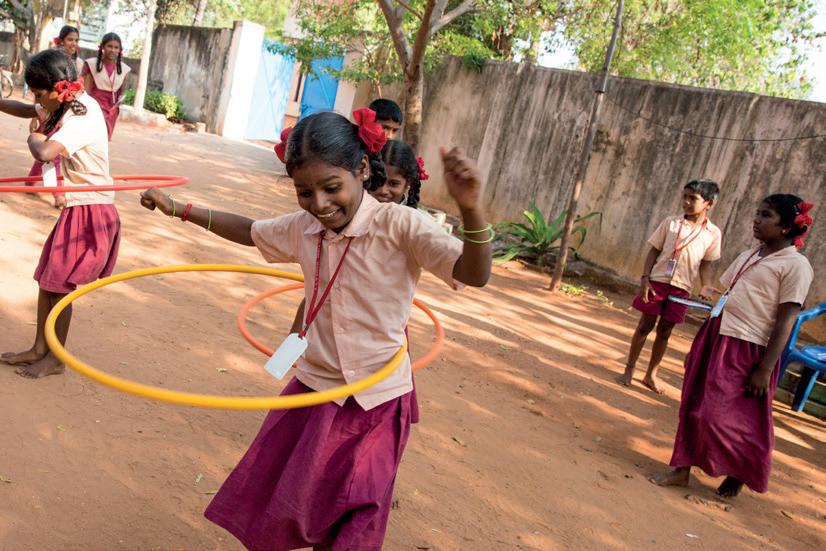


Write two things that you should NOT do in the classroom.

Make a thank-you card for your class teacher. Give it to her.
Step 1: Fold a piece of colourful thick paper in half to make the card.
Step 2: Write a message inside the card, such as “Thank you teacher. You help me learn many good things.”

Step 3: Decorate the card with your drawings or stickers.







Chapter Overview

Places Around Me
Market School Hospital
Police Station Fire Station Bank

Get Set

Colour the pictures. Tick () the places you see near your house.

Hospital

Bus Stop
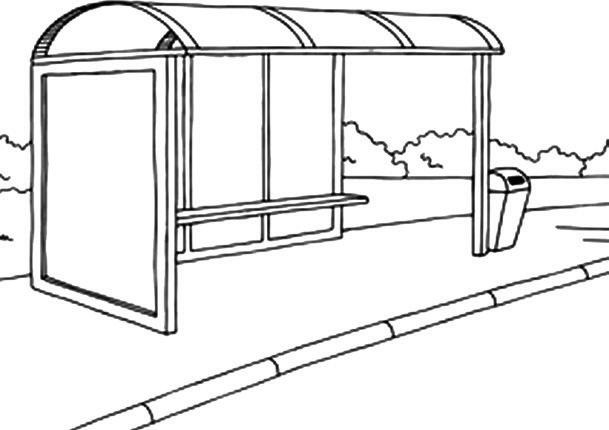
Our houses have many places around them. All these places around the house make our neighbourhood. In our neighbourhood, we can have houses, park, school, market, hospital, bank, police station and fire station.

People who live in a neighbourhood are called neighbours. We should be good to our neighbours. We should help our neighbours when they need our help. We should keep our neighbourhood clean.
Different places around our neighbourhood help us in different ways. Let us learn about these places.
Do all houses in your neighbourhood look the same? Talk about it with your partner and share in the class.

From where do your parents buy vegetables? They buy them from shops in the market. A market is the place from where we buy things we need. In a market, there are shops to buy food, clothes, shoes, milk, books and other household things.

Do and Learn
Visit a market with an elder. Look out for different shops in the market. Find out the things these shops sell. Share your experience with the class.

A school is the place where you study. Students go to school every day to learn new things. In a school, we have classrooms to sit and learn. Students play in the playground.
A hospital is a place to treat sick people. Sick people are also called patients. Doctors treat their patients at the hospital and give them medicines to get better. Nurses help doctors and take care of the patients in a hospital.
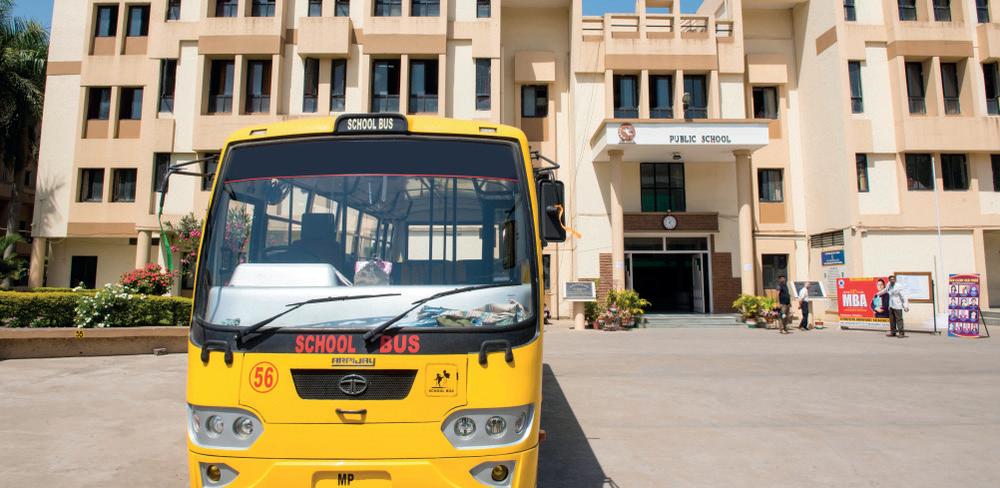

hospital
Fill in the blanks.
1. A is a place to treat sick people.
2. A treats sick people.
3. A is a place where students learn new things.
A bank is a place where we can keep our money safe. Banks also have lockers, in which, we can keep our jewellery and important things. The people at the bank take care of our money. We can also take out money when we need it.
treat: give medicines to or take care of a sick person patients: sick people
lockers: boxes to store things
A police station is a place where police officers work. They help keep us safe and make sure everyone follows the rules. If someone is in trouble, they can go to the police station for help.
Think and Tell

What can happen if there is no police station in our neighbourhood?
A fire station is a place where people work to help when there is a fire. They also help in other emergencies, like rescuing people and animals.





In Indian villages, there is a special place called a chaupal. People sit there, talk and share stories with each other.
neighbourhood: places around our house
neighbour: people who live in a neighbourhood Word Splash

trouble: problem or difficulty

• We see many places in our neighbourhood.
• Some places in our neighbourhood are market, school, hospital, bank, police station and fire station.
• We should keep our neighbourhood clean.
1. Tick ( ) the correct option.
A. This place keeps our money safe. Bank
B. We go here for treatment. Hospital
C. People who work here help to put off fire. School
D. We go here to study.
2. Fill in the blanks.
A. People who live in our neighbourhood are called .
B. We find many in our neighbourhood.
C. We learn about the world around us in a .
D. We keep our money in the .
3. Answer the following questions.
A. What is a neighbourhood?
B. Name three places in your neighbourhood.
C. What do we do at the market?
D. How does a hospital help us?

E. Who are our neighbours? How should we behave with them?
4. Picture-based questions.
Look at the pictures. Complete the names of the places.
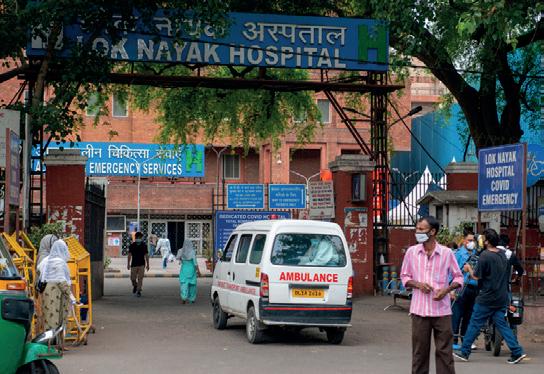

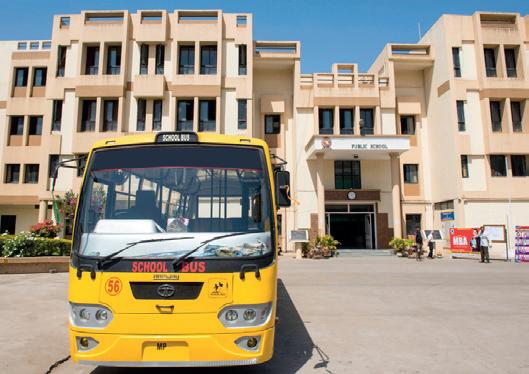

Mehek lives in a small village. There is no hospital in her village. Write one difficulty she and her neighbours might face.





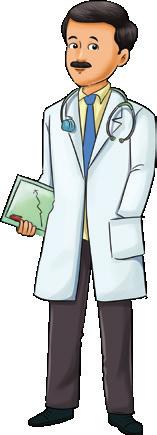


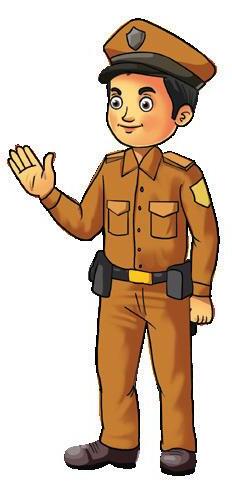
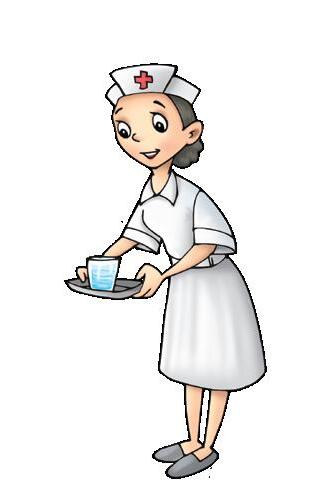

Some people help us in our day-to-day work. We call these people community helpers. We need community helpers to make our lives easy. Let us read about some of these people who help us.
You drink milk every day. From where do you get the milk? The milkman brings the milk for you. He delivers milk to your house. If there is no milkman, we can buy milk from the shop too.
You clean your house and throw garbage in a dustbin. Garbage collectors take this garbage from your house and streets. They put the garbage in special trucks and take it to a different place. They help keep the surroundings clean.

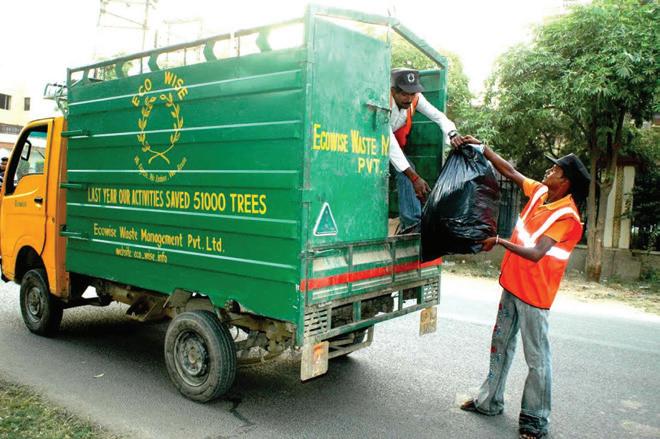
collector
We should always put garbage in covered bins. It is also helpful to use different bins for dry and wet waste.
What can happen if the garbage collector does not come to collect garbage for a week? Talk to your partner. Share with the class.
delivers: to take something to a person or place surroundings: everything that is near or around you

Fill in the blanks.
1. A milkman delivers .
2. A garbage collector takes away .
3. Always throw waste in covered .
A watchman is a person who helps keep places safe. They guard houses, buildings, schools, banks, hospitals and neighbourhoods. They watch over and protect these places.
You go to different places like the market, school and others’ house. Sometimes you go by car, bus, taxi or other vehicles. The driver takes us to different places. They drive cars, buses, auto rickshaws and trains.
You go to school everyday. You learn so many things at school. Your teachers help you to learn. They teach you to read, draw, dance and sing. They also teach you good manners.
Remember!
The children that teachers teach in a school are known as students.

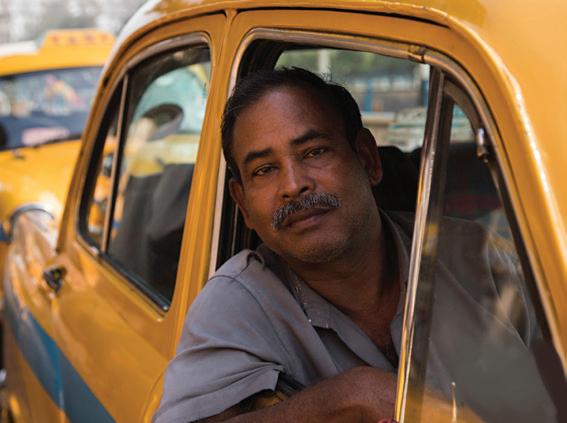
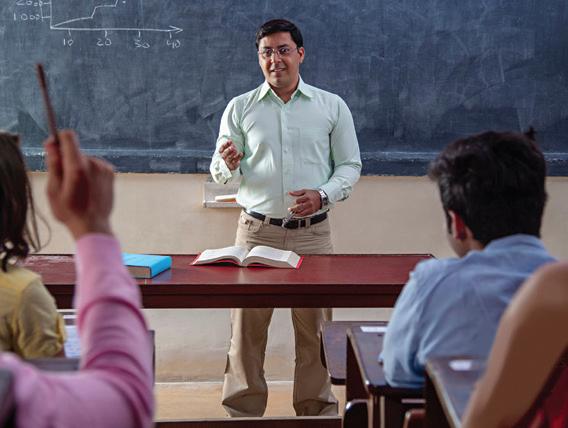
We celebrate Teacher’s Day on September 5. Did You Know?
guard: to keep somebody/something safe vehicles: things that help us travel from one place to another
1. I guard your homes.
2. I drive vehicles for others.
3. I teach you new things at school.
You go to a doctor when you get sick. A doctor gives you medicines to make you healthy again. The doctor works at a hospital or a clinic.
You go to a shop to buy toys, books, clothes, food or other things. The person who runs the shop is called the shopkeeper. The shopkeeper sells you these things.

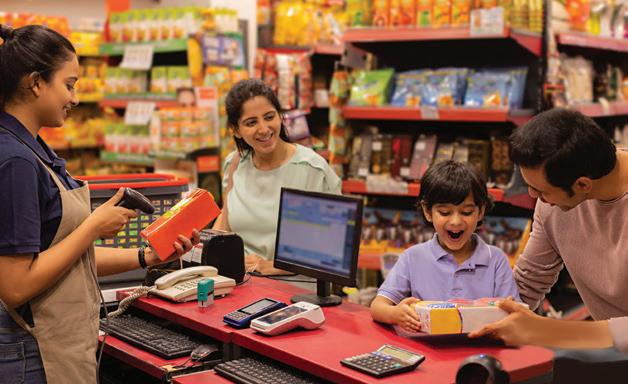
Police officers work in police stations. They keep us safe. They make sure that everyone follows the rules. Police officers also catch thieves and other people who can harm us.
A teacher needs chalk, books and blackboard to teach. Think and tell about some tools that doctors need to do their work.
sick: not well clinic: a small hospital

Traffic police officers are also a type of police officers. They control the traffic on road and help people follow the driving rules.


You eat food every day. This food is grown by farmers. Farmers grow fruits, vegetables, cereals and other plants. They work very hard so we can have food to eat. We should never waste food.
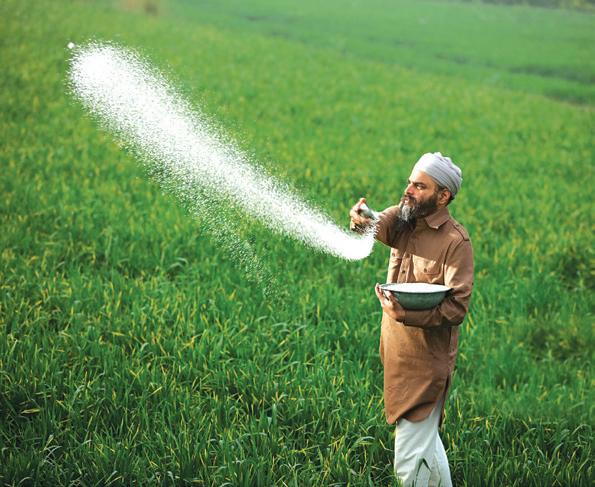
We must respect all our community helpers. Always use words like please and thank you to get work done from our helpers.

Collect pictures of any six community helpers. Paste them on a sheet of paper. Write about what work they do in one sentence.




Wonders of Bharat
In India, farmers are very important. They are also called “annadata,” which means “one who gives food.”
community helpers: people who help us in our day-to-day work

Explore More!
Scan the QR code to know more about people who help us.
• Community helpers are people who help us with our day-to-day work.
• Doctor, garbage collector, milkman and shopkeeper are some of the people who help us.
• Community helpers make our life easy. We should be thankful to them.
1. Tick ( ) the correct answer.
A. A doctor teaches at school treats sick people drives people around
B. A shopkeeper sells things at a shop buys things from a shop cleans the shop
C. A police officer sells books and food gives medicines to the sick catches bad people
D. A garbage collector manages traffic on road collects the garbage from teaches new things to students
2. Fill in the blanks.
driver teacher doctor farmer
A. A gives us medicines.
B. A helps us study and learn new things. homes and streets

C. A drives us to different places.
D. A grows food.
3. Write True or False.
A. A teacher helps us study.
B. A watchman collects garbage.
C. A milkman brings milk for us.
D. A shopkeeper sells us things.
4. Name the helper you need.
A. You got sick:
B. You need to travel by bus:
C. You have been robbed:
D. You need to buy bread and eggs:
5. Answer the following questions.
A. How does your teacher help you in school?
B. Who sells things like clothes and toys to us?
C. How do police officers keep us safe?
D. Why are farmers important to us?
E. What may happen if there are no doctors?
6. Who am I?
I help you read A, B, C… I help you count 1, 2, 3…
I teach you numbers and letters, Who am I, I make you better.
7. Picture-based questions.
A. Which community helper do you see in the picture?
B. What is he doing?




How can you help a farmer if you visit their farm for a day?
Make a thank-you note for any of the helpers and give it to them.
Thank You
Thank you so much for helping me with From, Challenge (HOTS)
Dear

Objective: To create a model of a house.
Things Needed: Shoebox, small boxes, cardboard, scissors, coloured paper, crayons, glue or tape and stickers.
Step 1: Learn about how a house should be Study the different parts of a house and the different rooms in a house. Think about the different rooms you would like to include in your model.
Step 2: Build the house
Use the shoebox as the base of your house. Create walls inside the shoebox by cutting small pieces of cardboard to divide the box into rooms.
Step 3: Decorate your rooms

Use coloured paper, crayons, or markers to design each room. You can draw furniture, carpets, windows and doors.
Step 4: Add outside elements
On the outside of your shoebox house, draw windows, and a front door. Make a small roof using a piece of cardboard.
Project Output: You have learnt to build a model of a house. Present it to your class.
Final Outcome: This fun project will help you understand the different parts of a house and the rooms that are in houses.
To be read aloud and explained in the mother tongue by the teacher, as needed.
Read the story. Answer the questions below. Raj loves to go cycling in his free time. He often forgets to follow the safety rules on the road. He does not wear his helmet while riding his bicycle. He also forgets to look both ways before crossing the road.
One day, there were dark clouds in the sky. It started to rain. Raj went for cycling. Again, he did not wear his helmet. He slipped and hurt himself.

1. What did Raj like to do in his free time?
A. Drawing
B. Reading
C. Cycling
2. Which of these must Raj wear while cycling?
A. Cap
B. Helmet
C. Jacket
3. Did Raj do the right thing by cycling in rain?
4. What should Raj do to be safe while riding a bicycle?
To be read aloud and explained in the mother tongue by the teacher, as needed.

Name of the Student: Time: 1 Hour
1 Tick () the correct picture.
A This is a T-shirt.


B This can be seen in a playground.

C This is a fruit.

2 Fill in the blanks.





A We use our hands to things.
B An protects us from the rain.
C We cook food in the .
3 Match the following.
A Tongue
B Banana
C Hospital
Fruit
Doctor
Taste
4 Write True or False.
A A shopkeeper teaches us.
B We eat breakfast in the morning.
C It is safe to play on the road.
5 Answer the questions.
A Write 2 things we do using our legs.
B Name 1 thing we get from plants. Name 1 thing we get from animals. From plants: From animals:
6 Picture-based questions.

A Which community worker do you see in the picture?
B Is he wearing a uniform?

Food is important for us. A lot of food that we eat comes from plants.

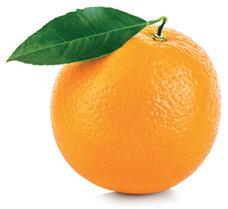




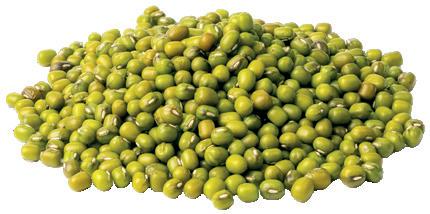

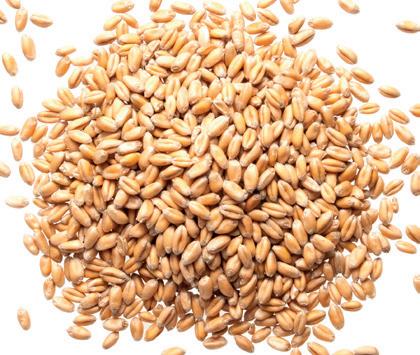



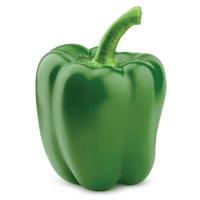


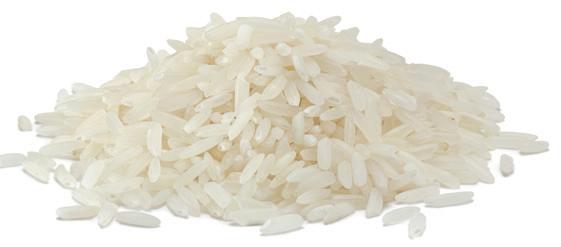
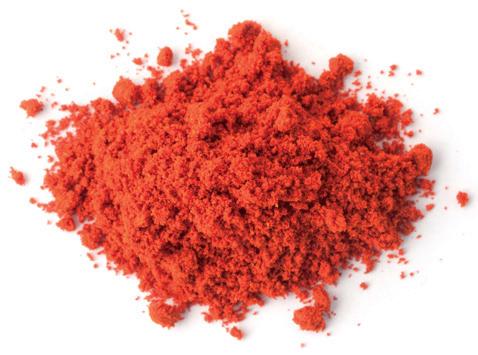
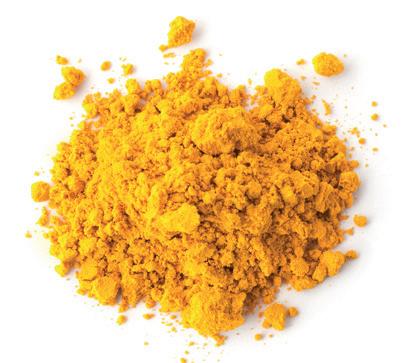
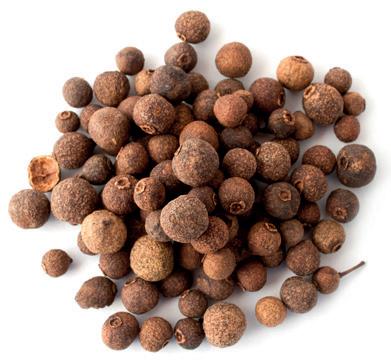







We should eat vegetables, fruits, cereals and pulses every day. They make us big, healthy and strong. We should always share food with our family and friends.






Scan this QR code to see the quiz. Practice Time
1 Match the following. Pulse Spice Grain



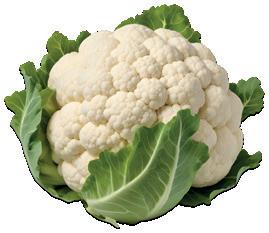
2 Draw your favourite fruit. Colour it.
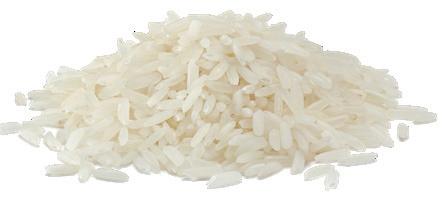
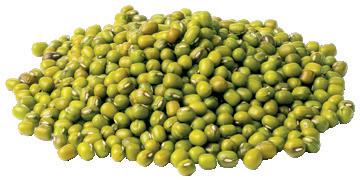
A computer is a machine. It has many parts. It helps us do many things.
To study

Watch videos
Listen to music Play video games
Monitor: It is like a TV screen. We can see pictures, words and videos on it.
CPU: It is like the brain of the computer.
Keyboard: We use the keyboard to type letters and numbers.
Mouse: We use a mouse to click on and select things.
We should not look at a computer for too long. It can harm our eyes.
We should use a computer only when our parents and teachers are around.

Practice Time
1 Tick () the correct answers.

Scan this QR code to see the quiz.
a We can using a computer.
i study
iii eat
ii travel
iv run
b The helps us type letters and numbers.
i monitor
ii keyboard
iii CPU iv mouse
2 Label the parts of a computer.
The National Flag of India is called the Tiranga. Let us learn about our National Flag.

Shape and Colour
It is rectangular in shape. It has three colours:
• Saffron at the top.
• White in the middle with a blue chakra (wheel). This wheel has 24 spokes.
• Green at the bottom.
Importance of Our National Flag
The National Flag of India unites the people. It is the pride of our country.
Special Days When the National Flag Is Hoisted
1. On Independence Day at the Red Fort in Delhi.
2. On Republic Day at Kartavya Path in Delhi.






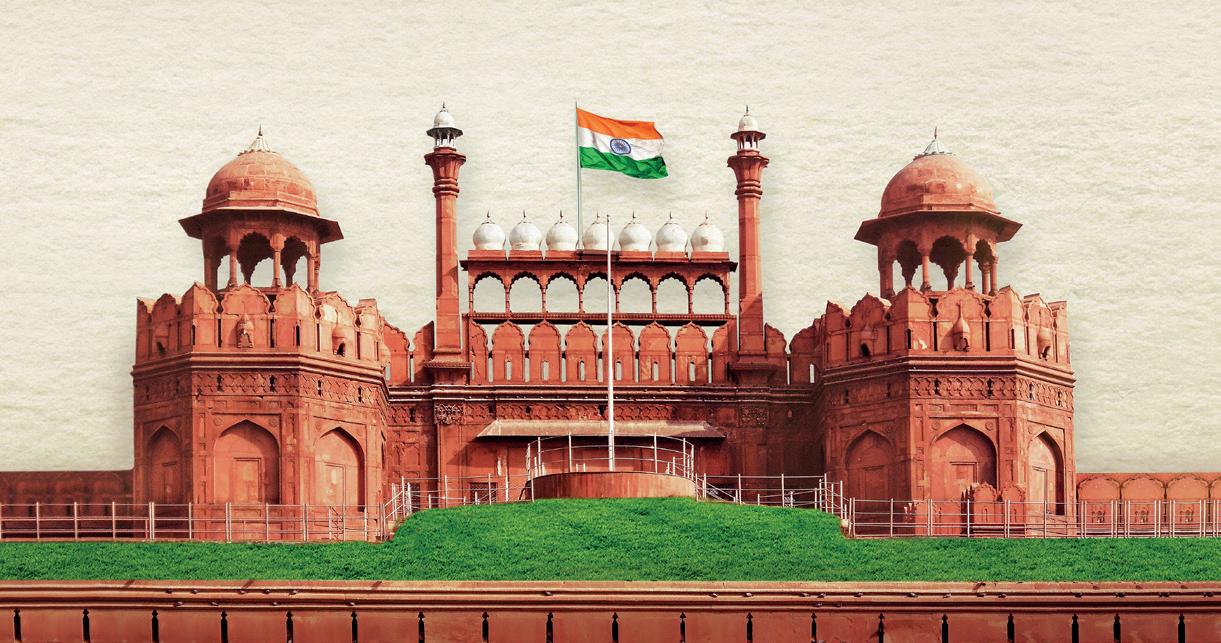
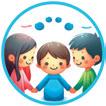

We should always respect our National Flag.





Practice Time


Scan this QR code to see the quiz.
1 Circle the colours in the National Flag of India and colour the flag. white yellow green black blue saffron
2 Tick () two special days on which the National Flag is hoisted.
Republic Day Diwali Christmas
Children’s Day Independence Day Holi
We need to follow rules while walking and driving on the roads. Let us learn about them.
Lights
It has three lights.
RED: Stop!
YELLOW: Slow down! / Get ready!
Green: Go!
Do not park your car here.

Do not blow horn here.


























We should cross the road on the zebra crossing. Traffic Signs You can park here.
Always follow traffic signals on the road.

Practice Time

Scan this QR code to see the quiz.
1 Match the signs to their correct meanings.
You can park
To stop
No honking
No parking

2 Colour the traffic lights. Then, fill in the blanks with their meanings.
a colour means SLOW DOWN.
b colour means GO.
c colour means STOP






There are many animals and birds in the world. Let us learn about some of them.
A zebra has black and white stripes on its body.
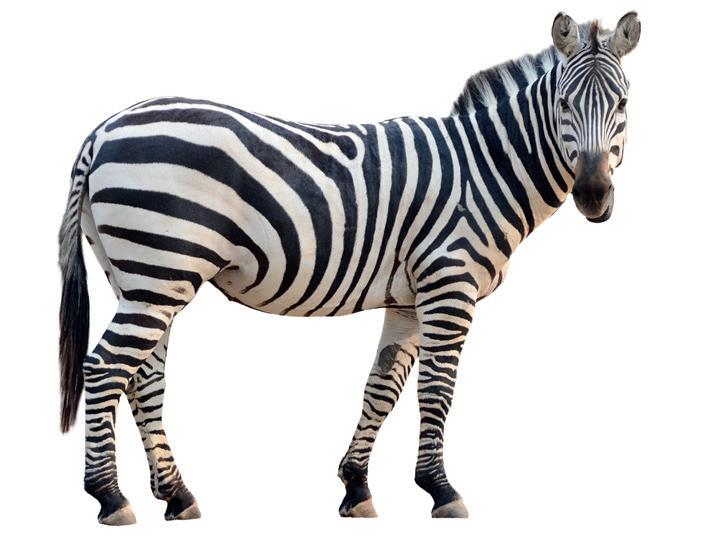
An elephant has a long nose called a trunk. It has large teeth called tusks.
A giraffe has a very long neck. It has spots on its body.
An ostrich is a bird that cannot fly. It can run very fast.
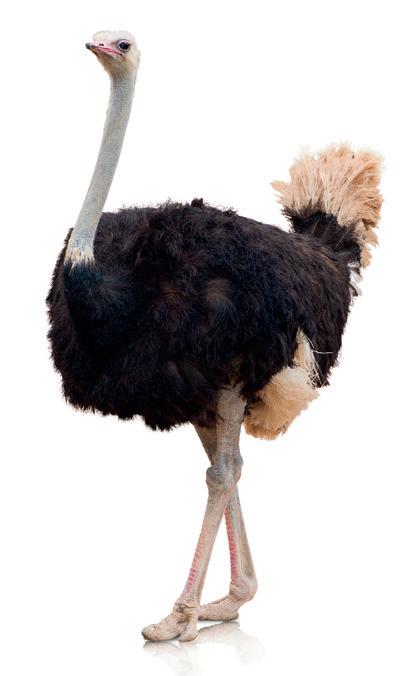
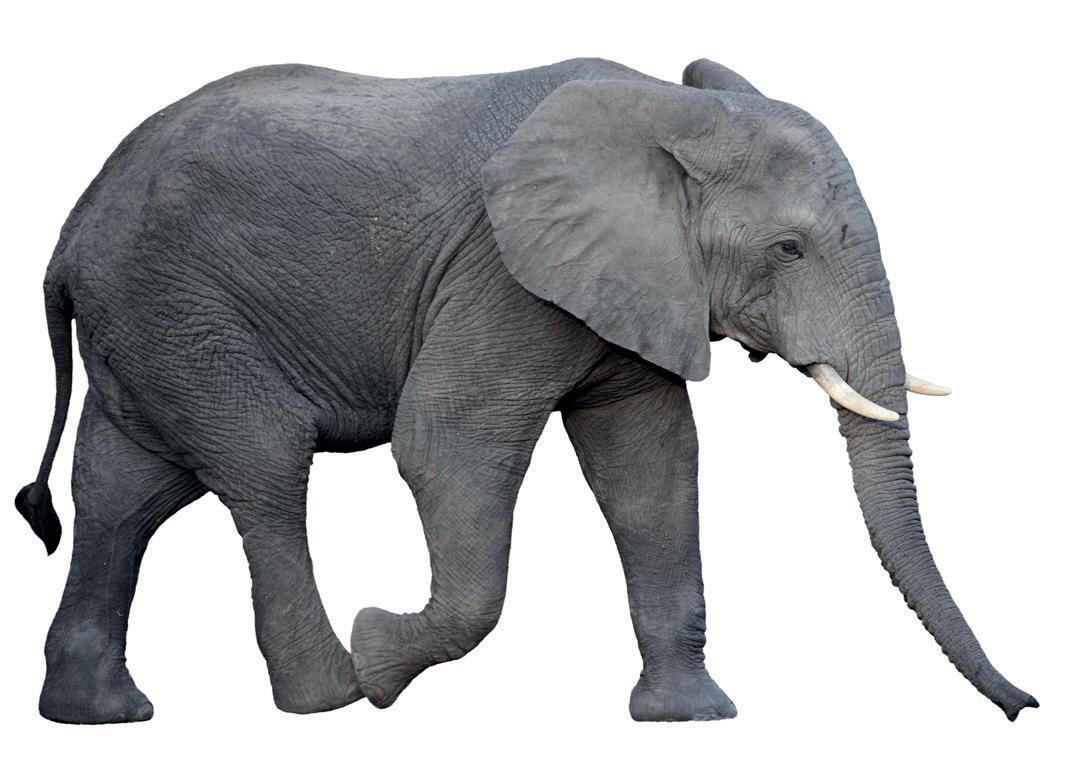



A peacock has long and colourful feathers.
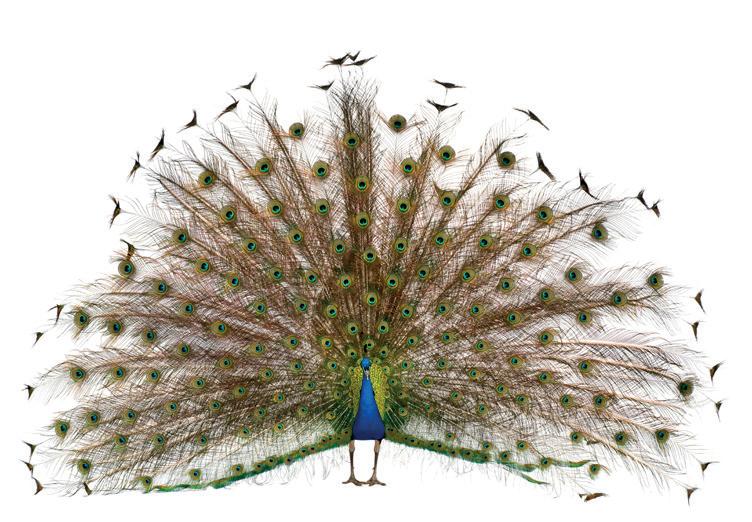
Always be kind to animals and birds. Do not hurt them.





Practice Time

Scan this QR code to see the quiz.
1 Match the pictures with the animals they belong to.



2 Who am I? Identify the animals and fill their names in the puzzle.
Ostrich Zebra Elephant Giraffe
Across
1. I have a long neck.
2. I am a bird that cannot fly. Down
3. I have a long nose called trunk.
4. I have black and white stripes.





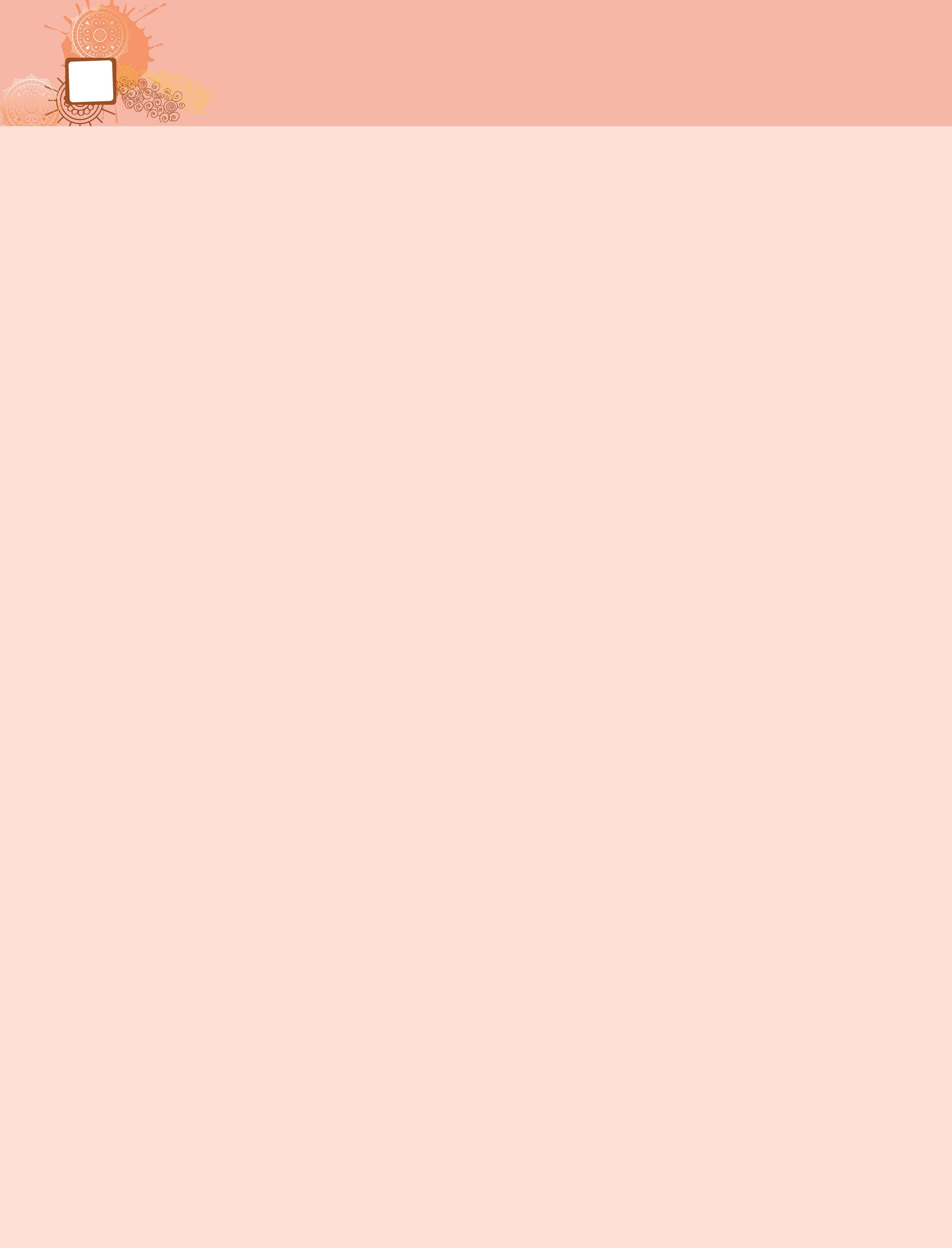
Different festivals are celebrated in India. Festivals are fun. Let us read about them.








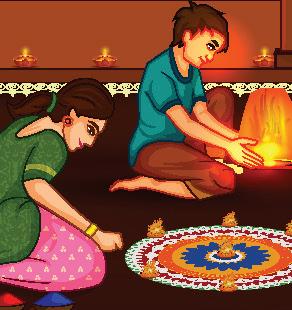
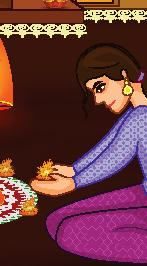

























Diwali is the festival of lights. We decorate our homes. We light clay lamps (diyas). Holi is the festival of colours. We play with colourful powder (gulal) and eat sweets.
Christmas is celebrated on 25 December every year. We decorate a Christmas tree.
Pongal is the festival to thank the Sun. People make a sweet rice dish called pongal.






Gurpurab is celebrated on Guru Nanak Dev’s birthday. We go to the Gurudwaras.

Eid ul-Fitr is celebrated after a monthlong fast. We wear new clothes. We also eat sweet seviyan.
We should enjoy festivals with our family and friends.









Practice Time

Scan this QR code to see the quiz.
1 Match the festivals and the things related to them.
a Diwali


b Christmas
c Holi
d Eid ul-Fitr


2 Tick () the correct festival.
a It is the festival of lights. Pongal Diwali
b It is the festival of colours. Holi Eid ul-Fitr
c It is celebrated on 25 December every year. Gurpurab Christmas
d It is celebrated on Guru Nanak Dev’s birthday.
e It is celebrated after a month-long fast.
Gurpurab Diwali
Holi
Eid ul-Fitr
We play different types of sports. Let us learn about some sports and how we play them.

We need a ball to play it.
Lawn Tennis
We need a racket and a shuttlecock to play it.
Table Tennis
We need a racket and a tennis ball to play it.
We need a bat, ball and stumps to play it. Cricket
We need a table, a paddle and a ball to play it.


Sports help you learn to work as a team.
We need a J-shaped stick and a ball to play it. Hockey

Practice Time

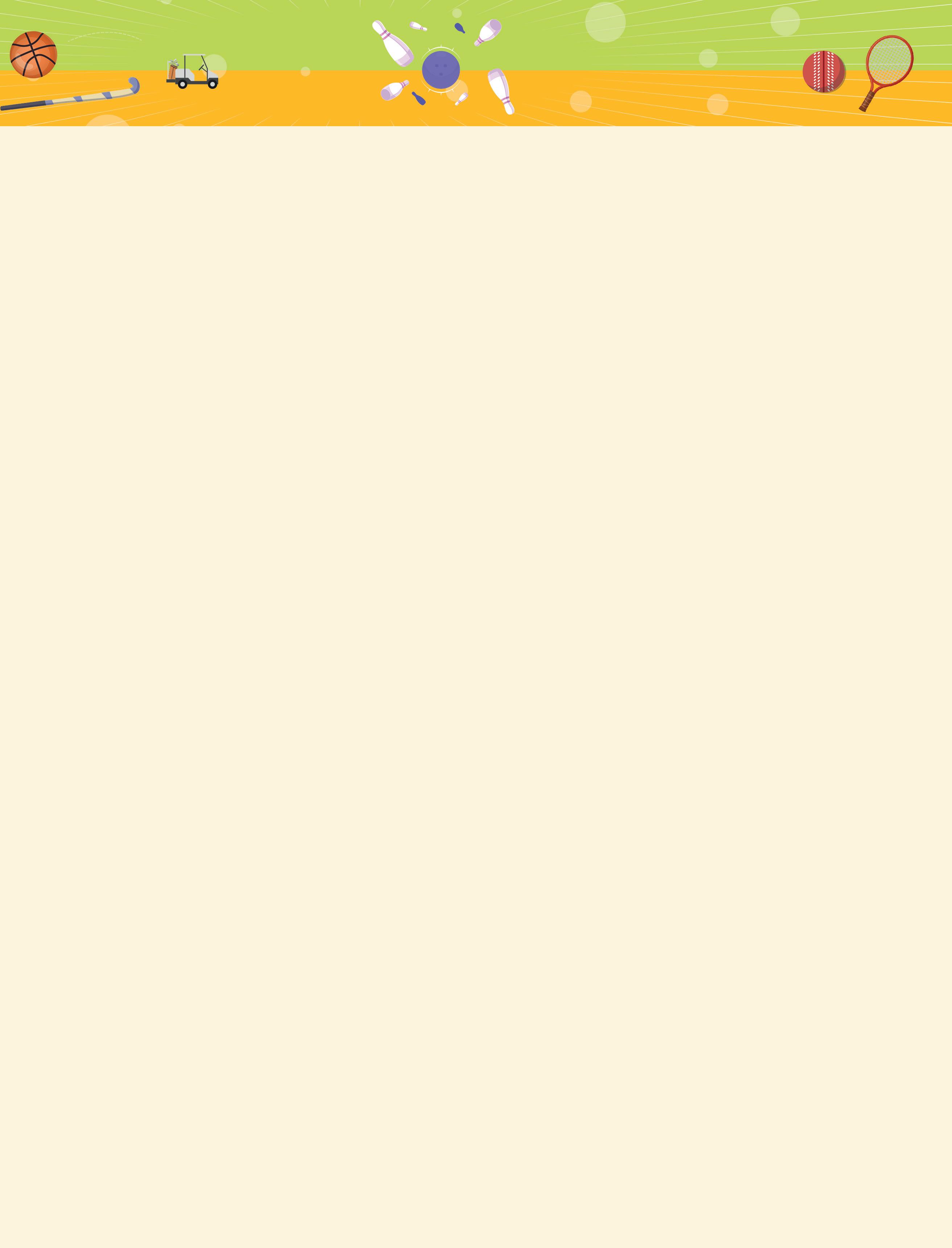
Scan this QR code to see the quiz.
1 Colour what we use to play the sport.
a Cricket
b Table Tennis c Badminton
2 Read the text. Underline the correct sport.
a It is played on a table. table tennis badminton
b It is played with a racket and a ball. badminton lawn tennis
c It is played with a J-shaped stick. hockey table tennis
d It is played using a shuttlecock. hockey badminton
e It uses six stumps. cricket hockey
The ICC Men’s T20 World Cup is a cricket tournament. Twenty teams took part in it.
India won the 2024 ICC Men’s T20 World Cup.

The captain of the Indian team was Rohit Sharma.
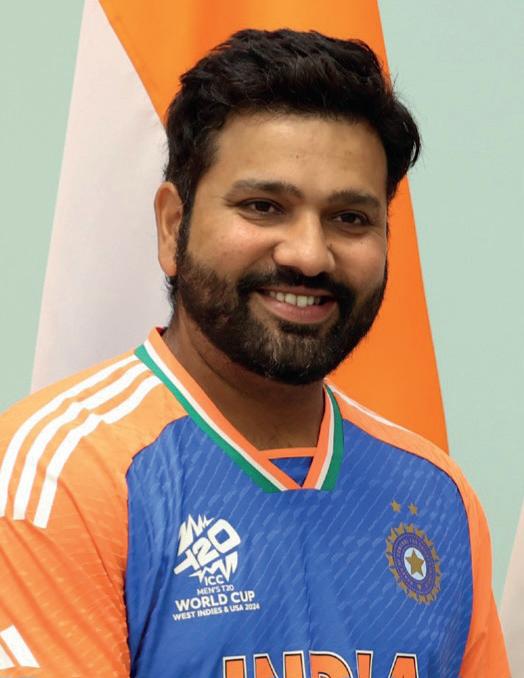
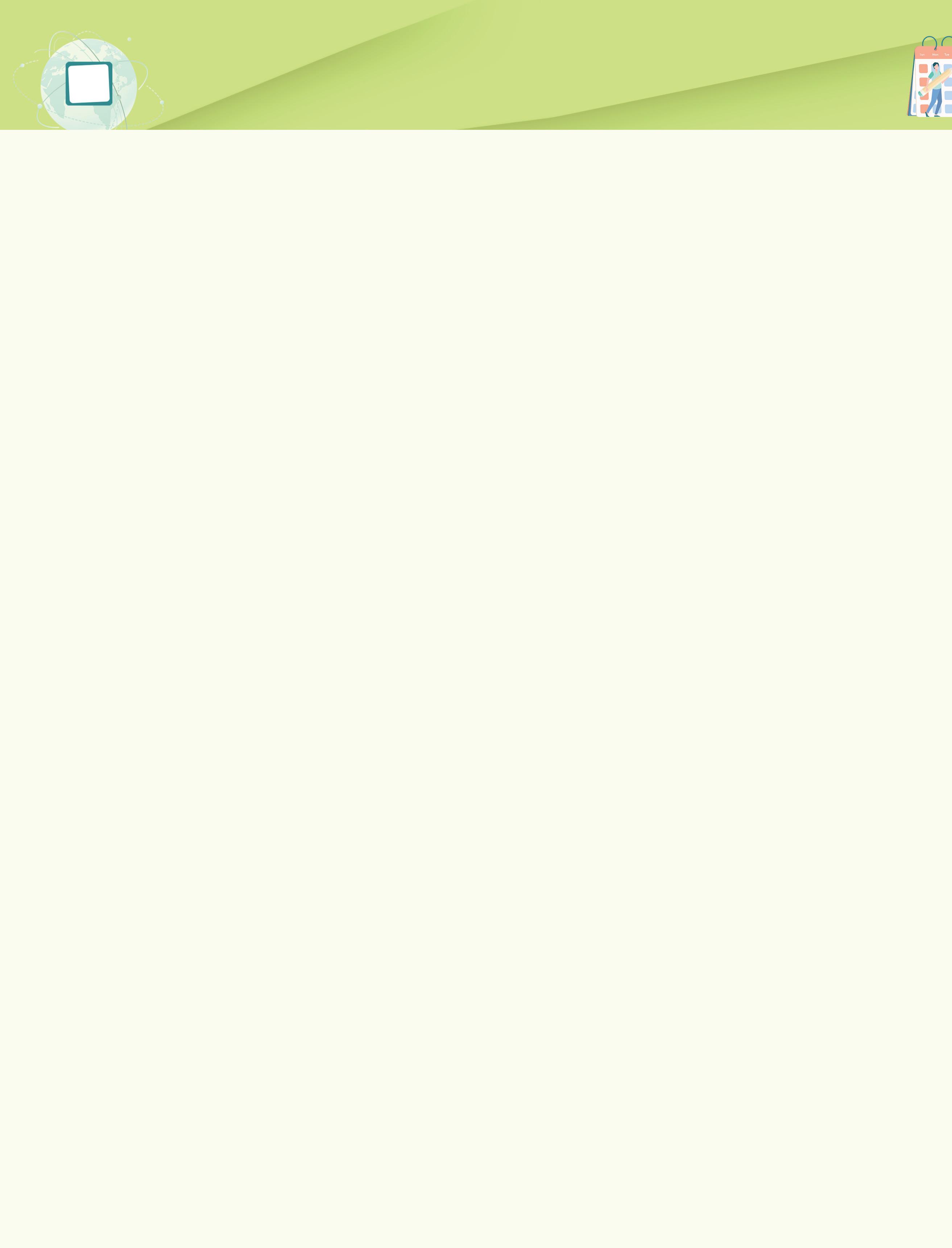
India beat South Africa in the finals.

Jasprit Bumrah won the ‘Player of the Tournament’ award.
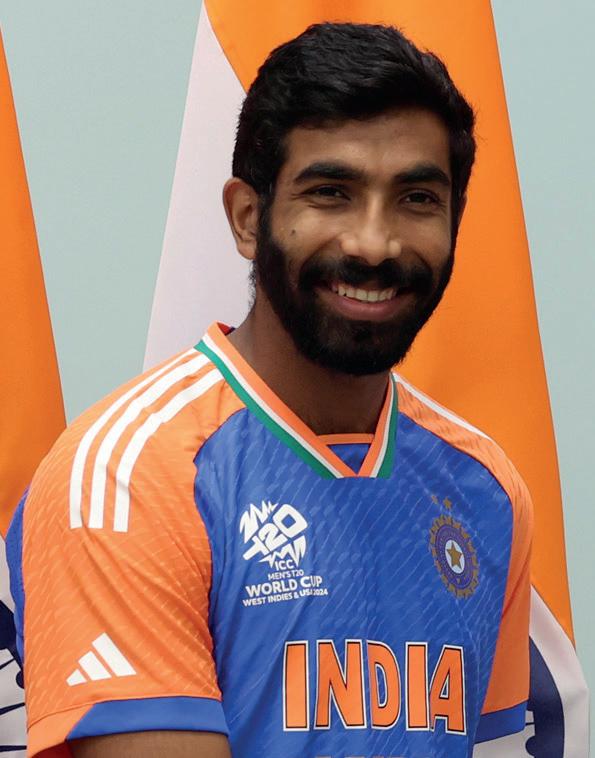
Teamwork and confidence helped India win this tournament.

Practice Time
1 Tick () the correct options.
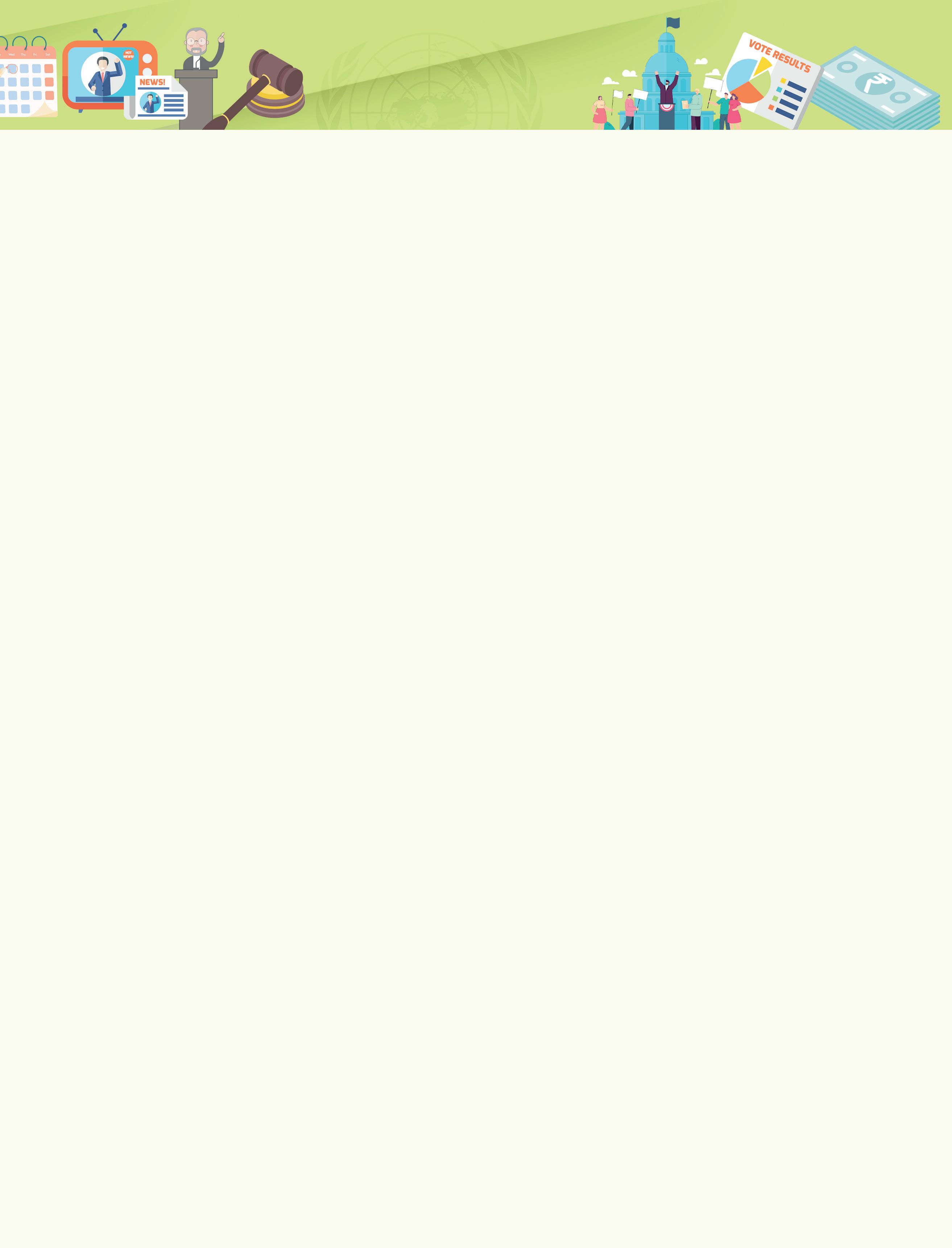
Scan this QR code to see the quiz.
a The 2024 ICC Men’s T20 World Cup was won by:
i India
ii USA
b The captain of the Indian team was:
i Virat Kohli
ii Rohit Sharma
c He won the ‘Player of the Tournament’ in 2024 ICC Men’s T20 World Cup:
i Jasprit Bumrah
ii Hardik Pandya
d The number of teams that took part in the tournament was:
i 20

ii 12
2 Colour your Indian jersey. Also, write your name on the back.


When we stand outside and look up, we see the sky. Let us learn about the things we see in the sky.



We can see the Sun in the sky. The Sun is a big ball of fire. It gives us light.



























































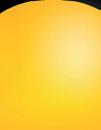












































The Sun rises in the east and sets in the west.
















































































Clouds have many shapes. Some clouds cause rain. Rainy clouds are dark.



Sometimes, we see a rainbow in the sky, after it rains. A rainbow has seven colours—violet, indigo, blue, green, yellow, orange and red (VIBGYOR).
We can see the Moon. The shape of the Moon changes every night.
Stars shine in the night sky. They look small because they are very far away from the Earth.
Look at the sky for three days. Do you see any changes in the day sky and the night sky?

Practice Time
1 Fill in the blanks.

Scan this QR code to see the quiz.
a The Sun sets in the .
b Rainy clouds are .
c There are colours in a rainbow.
d The Moon changes its every night.
e look small because they are far from the Earth.

2 Trace the picture of the rainbow. Colour the rainbow using the VIBGYOR colours.
Money is something people use to buy things they need or want. Let us learn more about money.
Money can be coins or notes (on paper).
The type of money used in a country is called its currency. The Indian Rupee (INR) is the currency of India.
















Indian rupee coins
Indian rupee notes
A long time ago, some other things were used as money. These were:







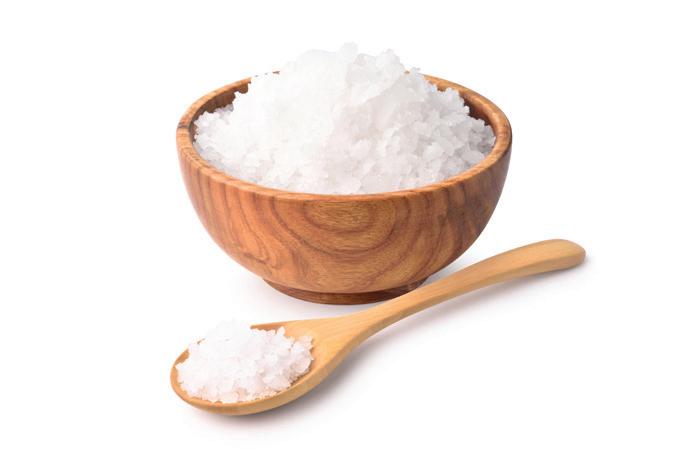


We should keep some amount of money aside. This is called saving money.




It is important to save money for the future.

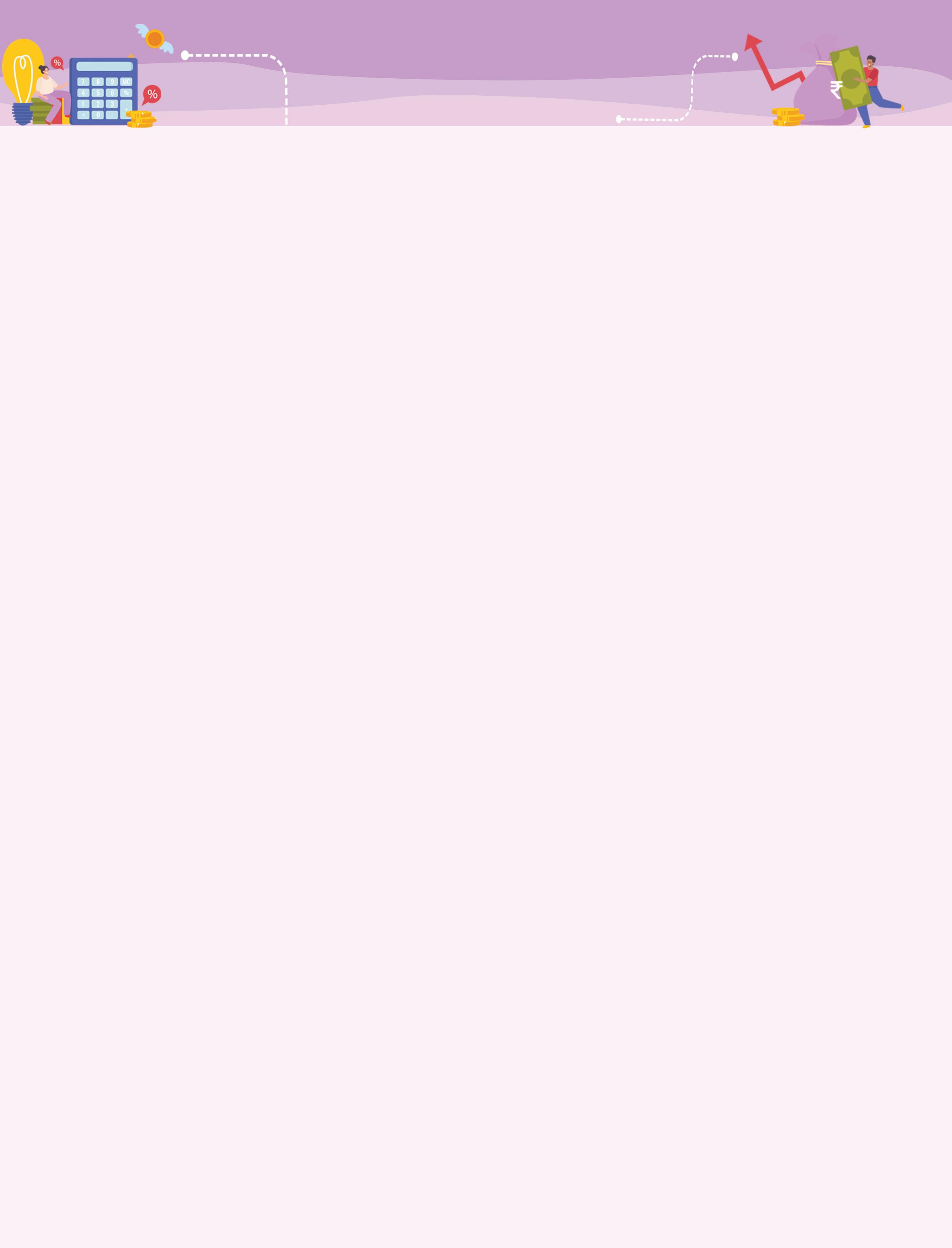
Scan this QR code to see the quiz.
1 Tick () the items that were used as money in earlier times.




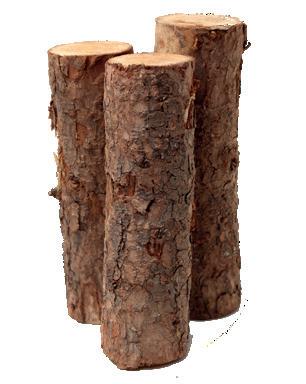

2 Write ‘T’ for true and ‘F’ for false.
a We need money to buy things.
b Money can only be in the form of a coin.
c The type of money used in a country is called its currency.
d The currency of India is the Indian Dinar.
e It is important to save money.
1. Food from Plants
1. Pulse Spice Grain Vegetable
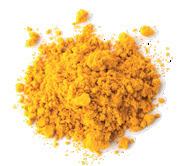

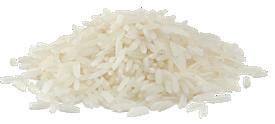

2. Computer and Its Parts
1. a. (i) study b. (ii) keyboard
2. a. Monitor b. CPU c. Keyboard d. Mouse
3. Our National Flag
1. white, green, blue, saffron
2. Republic Day, Independence Day
4. Traffic Signals
1. You can park To stop No honking No parking
2. a. Yellow b. Green c. Red 5. Animals and Birds

1. Peacock Giraffe Zebra

2. 1. Giraffe 2. Ostrich 3. Elephant 4. Zebra
6. Indian Festivals 1. a. Diwali b. Christmas c. Holi d. Eid ul-Fitr


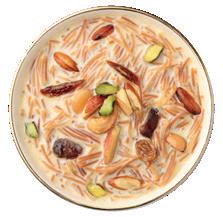
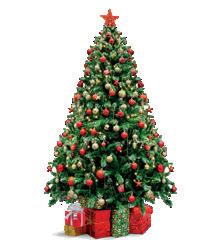
2. a. Diwali b. Holi c. Christmas d. Gurpurab e. Eid ul-Fitr
7. Different Sports
1. a. b. c.
2. a. table tennis b. lawn tennis c. hockey d. badminton e. cricket
8. ICC Men’s T20 World Cup, 2024
1. a. (i) India b. (ii) Rohit Sharma c. (i) Jasprit Bumrah d. (i) 20
9. Look Up!
1. a. west b. dark c. seven d. shape e. Stars
10. What Is Money? 1.
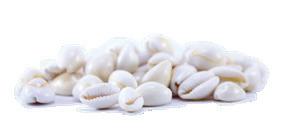
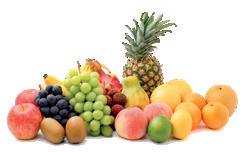

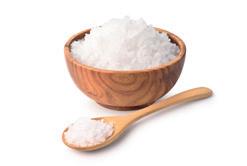

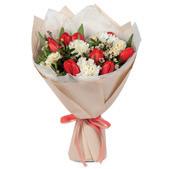
2. a. T b. F c. T d. F e. T

Introducing WISDOM, a 21st-century product for the learners of grades 1 to 2. It includes all curricular areas—English, Mathematics, Environmental Science and General Knowledge. WISDOM is aligned with the NEP 2020 in terms of its design principles, and fulfils all recommendations of the NCF 2022.
Product Package
• Semester Books
• Uolo App
• Teacher Guide
• Focus on HOTS and Critical Thinking: Intellectually stimulating questions designed to encourage deep, analytical, critical and evaluative thought processes
• Digital Aids: Animated talking books, interactive quizzes for additional practice and curated learning videos
• Experiential and Applicative Learning: Projects and activities designed for real-life settings, like lab activities and community projects, to enable the development and practice of life skills
• Rootedness to India: Examples from India’s unique culture and history, linked to each topic, to inculcate a sense of pride and love for the nation
• Model Assessments: Test papers designed to evaluate the understanding of core concepts and the application of skills
Uolo partners with K-12 schools to provide technology-enabled learning programs. We believe that pedagogy and technology must come together to deliver scalable learning experiences that generate measurable outcomes. Uolo is trusted by over 15,000+ schools across India, Southeast Asia and the Middle East.
ISBN 978-81-980824-7-3
